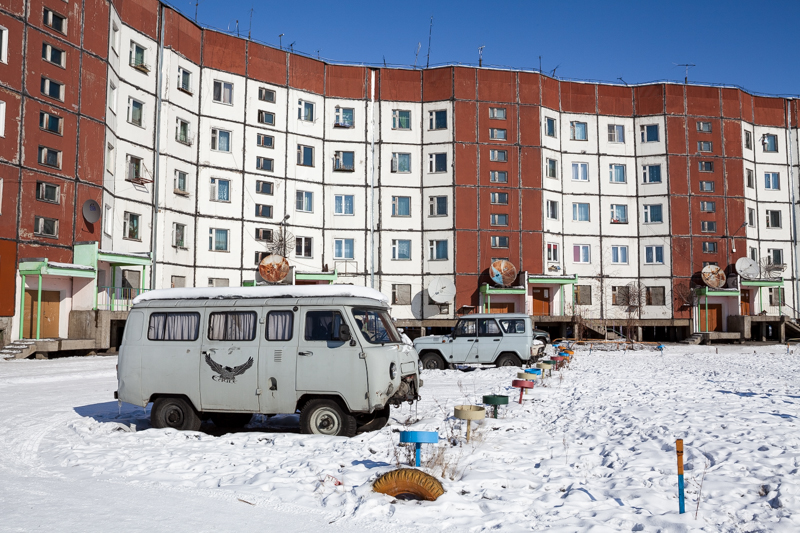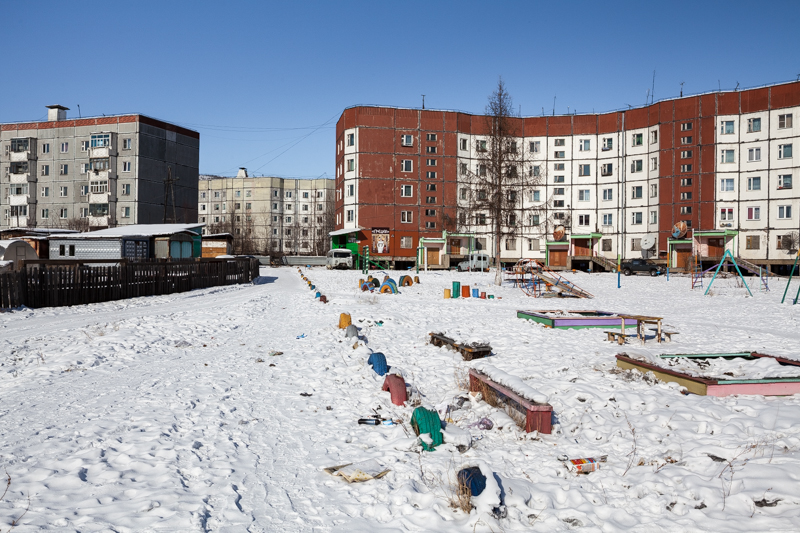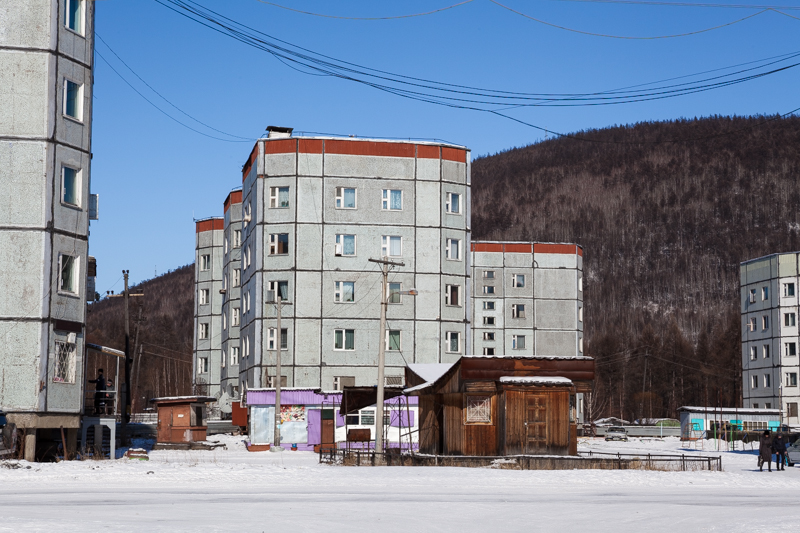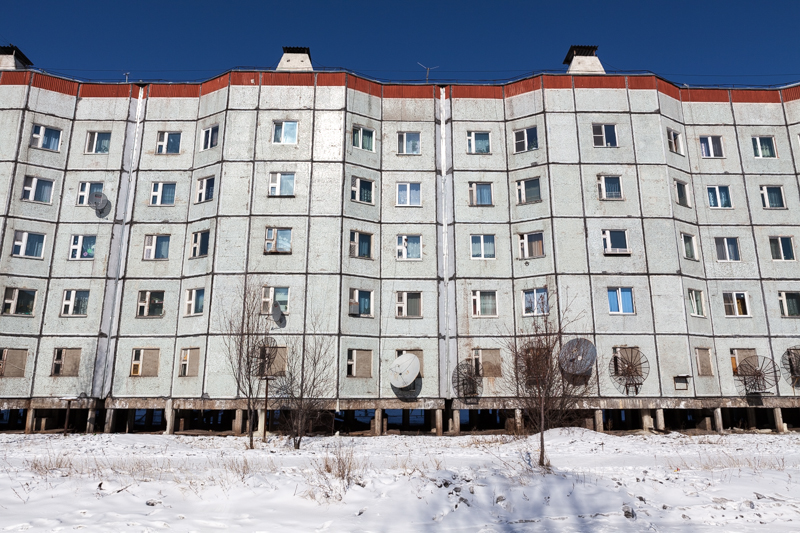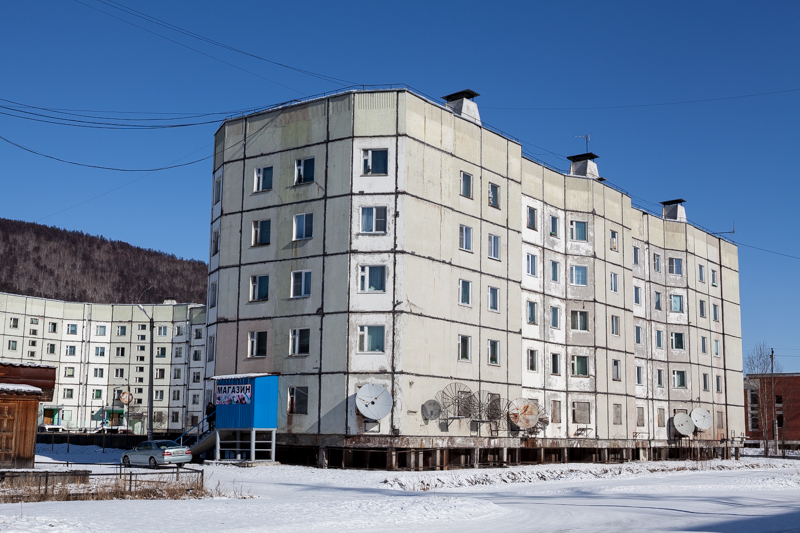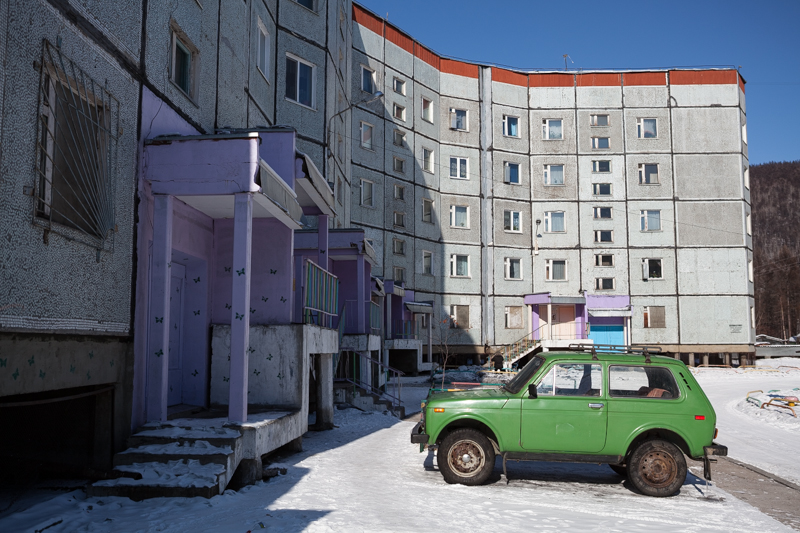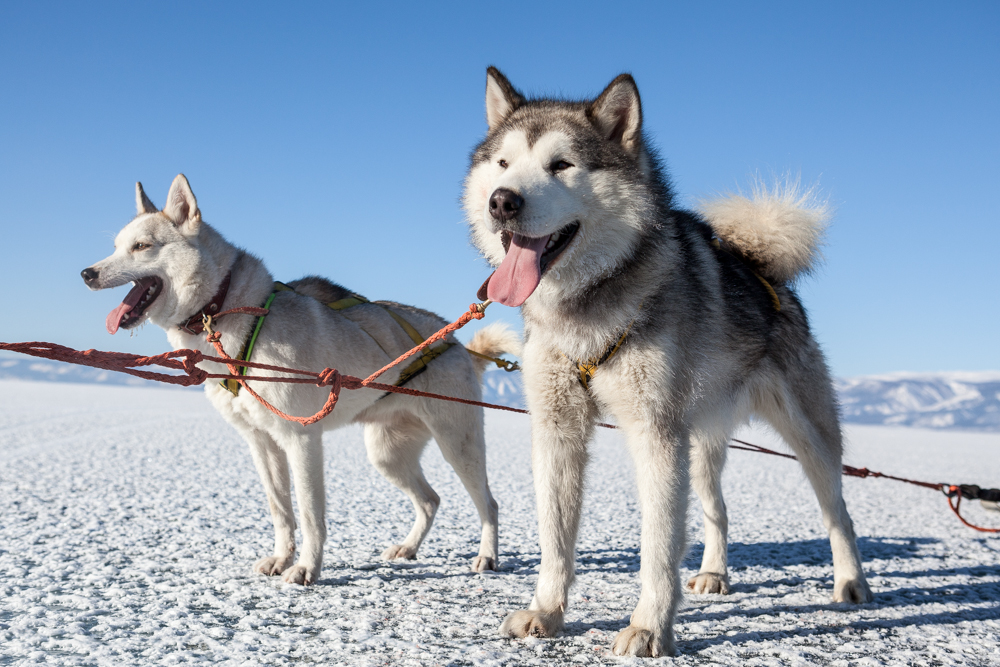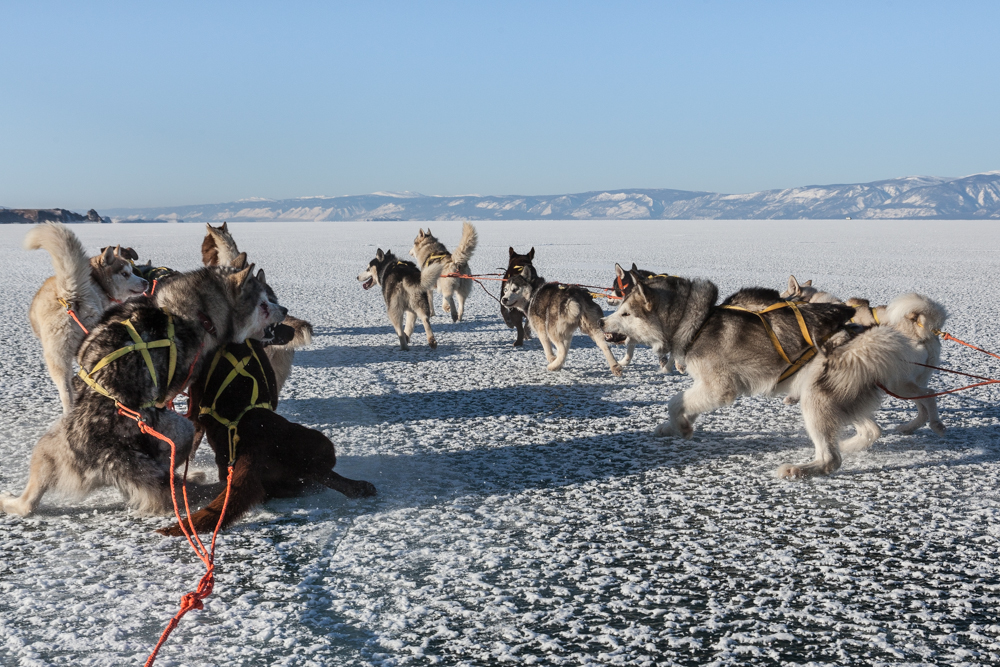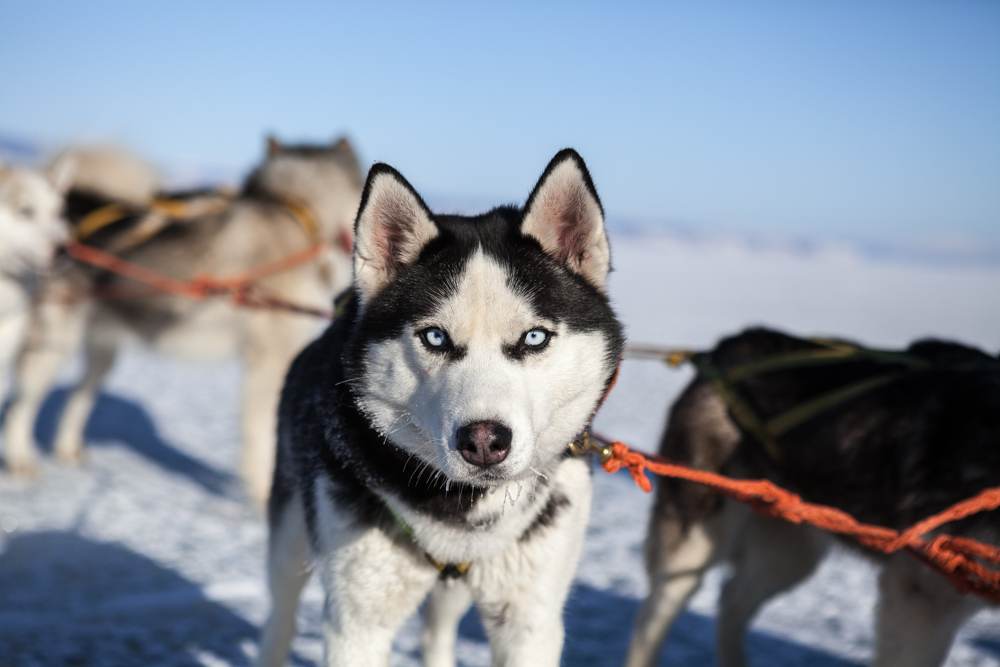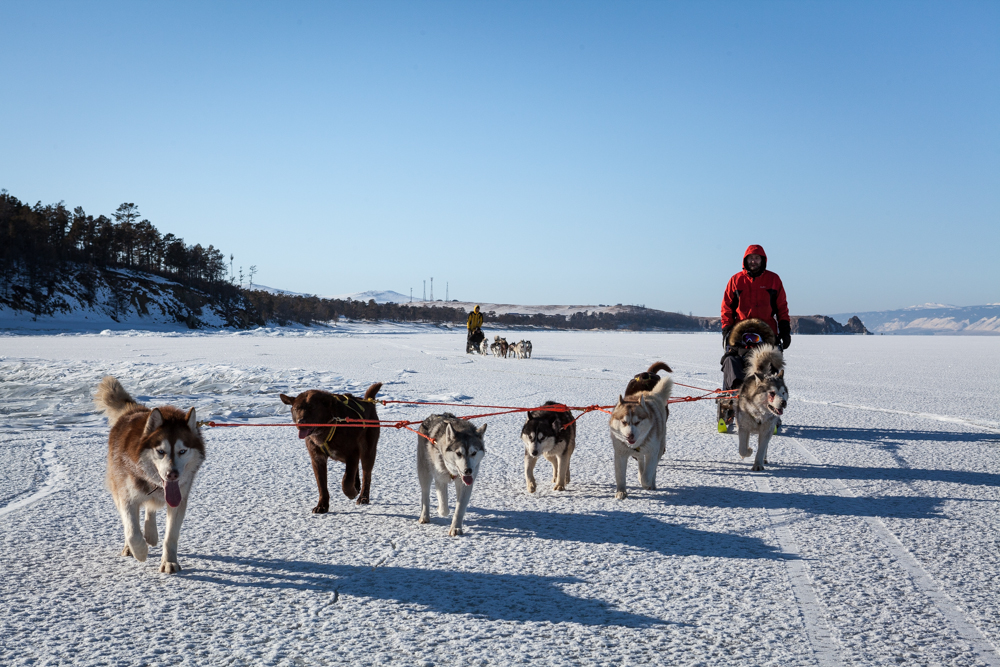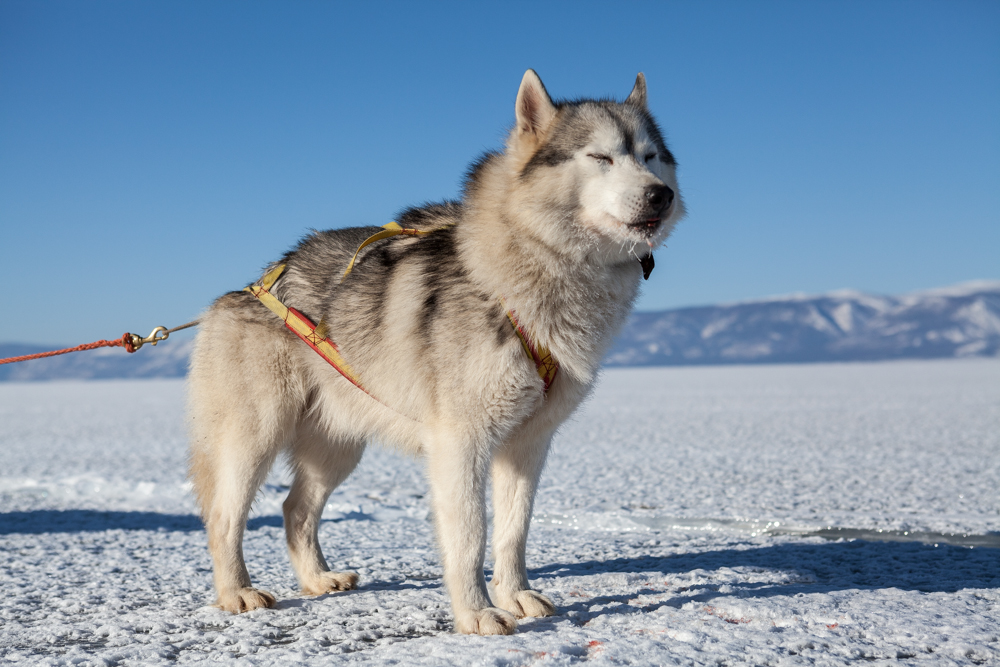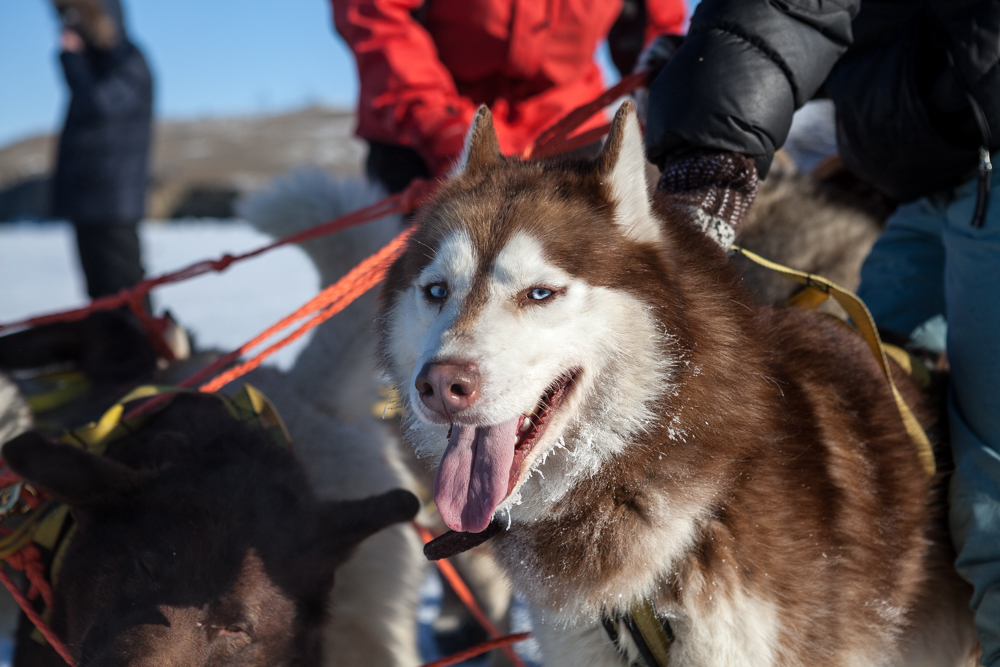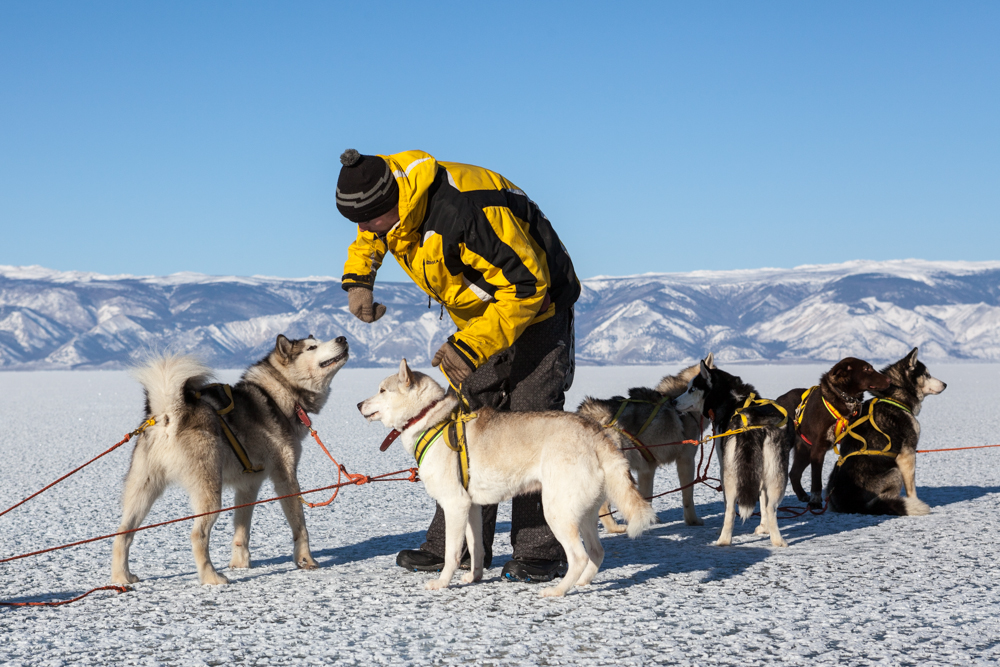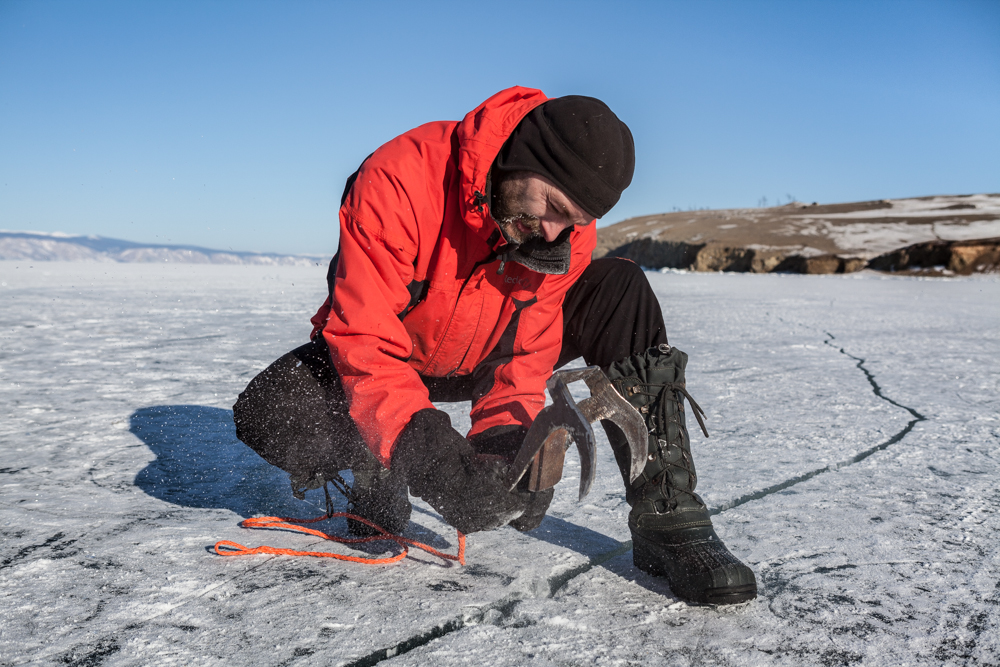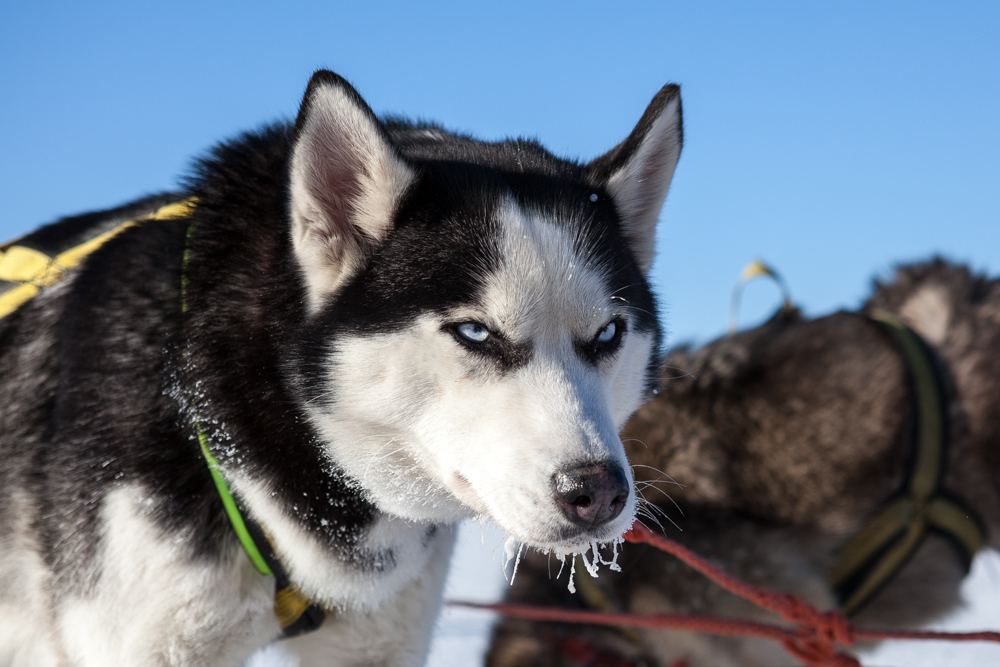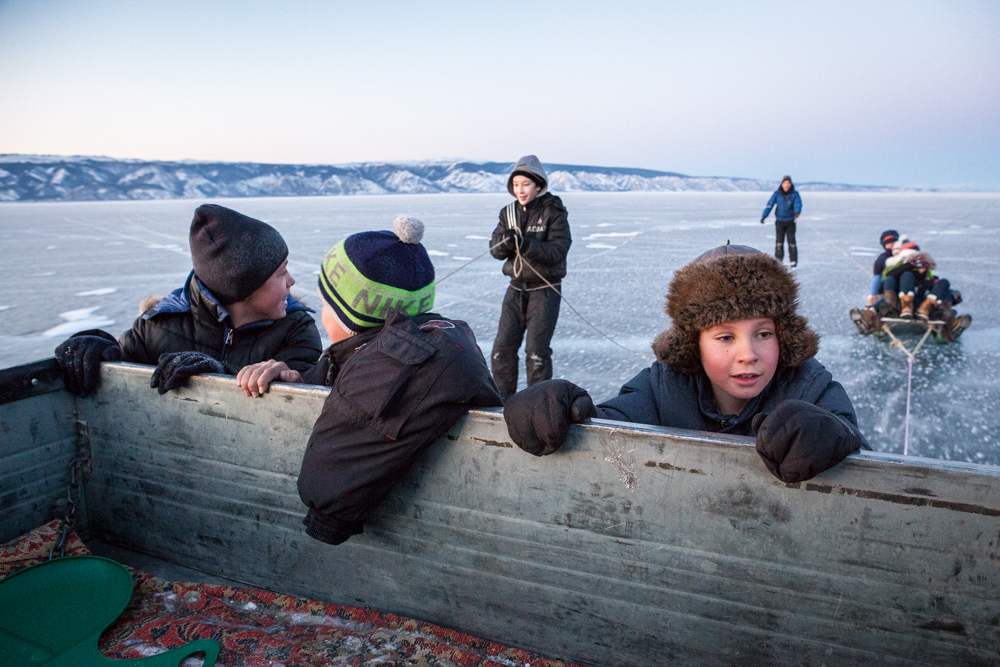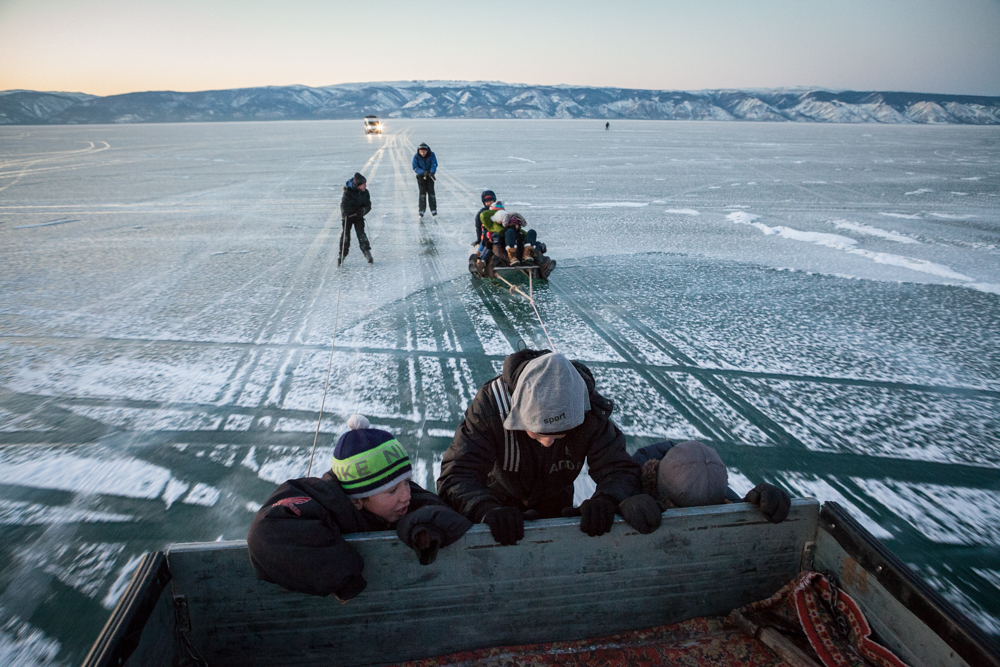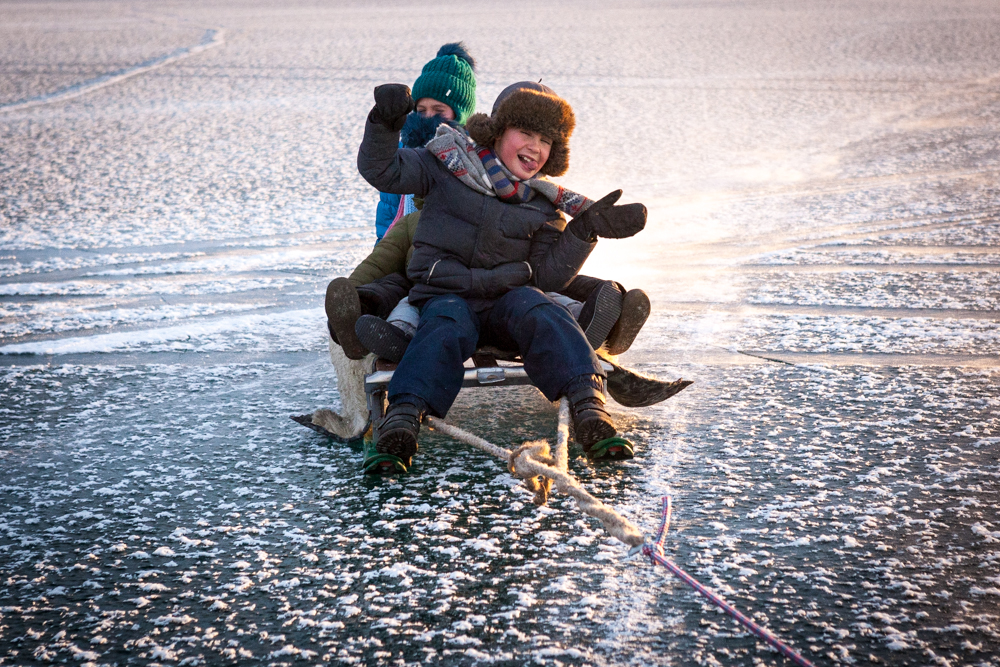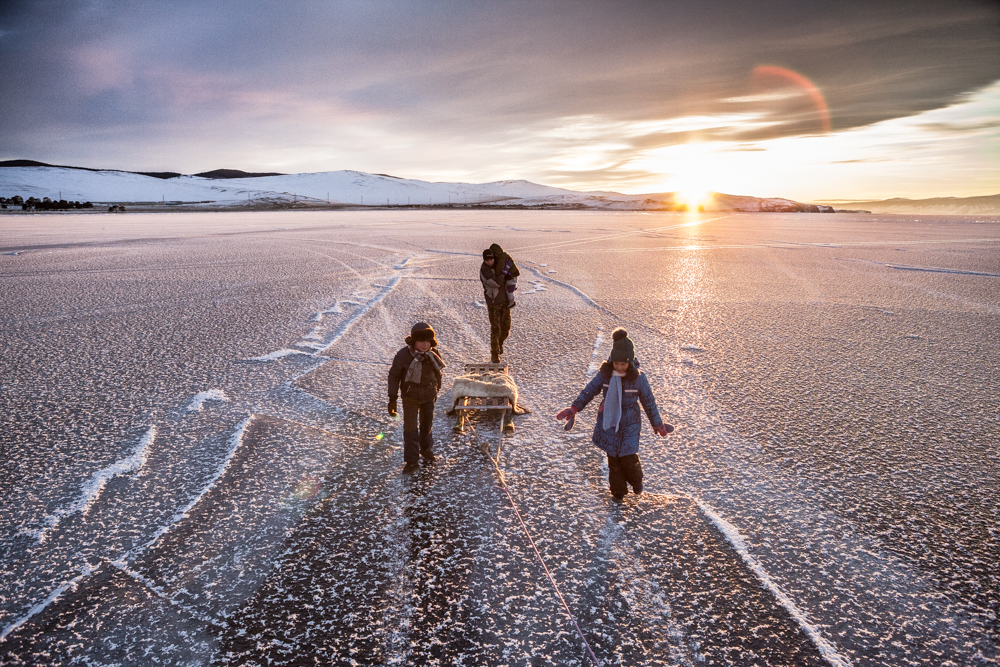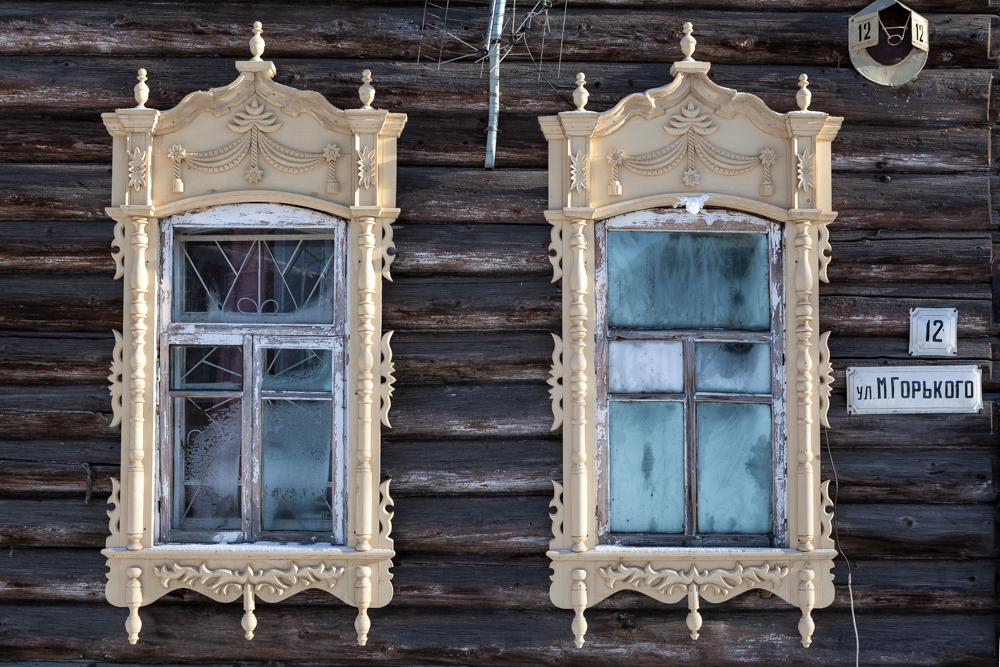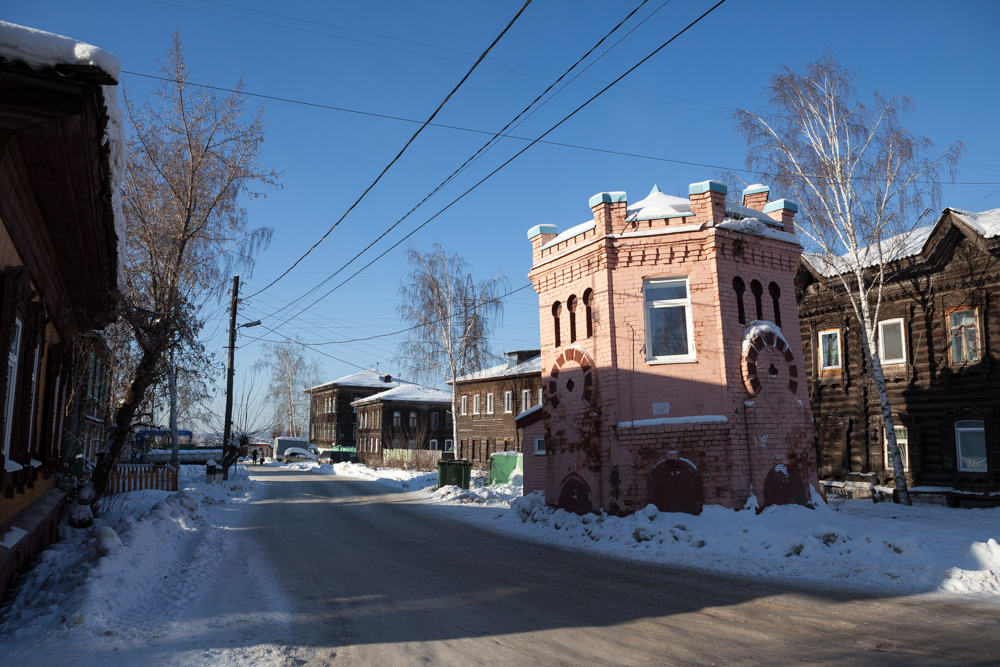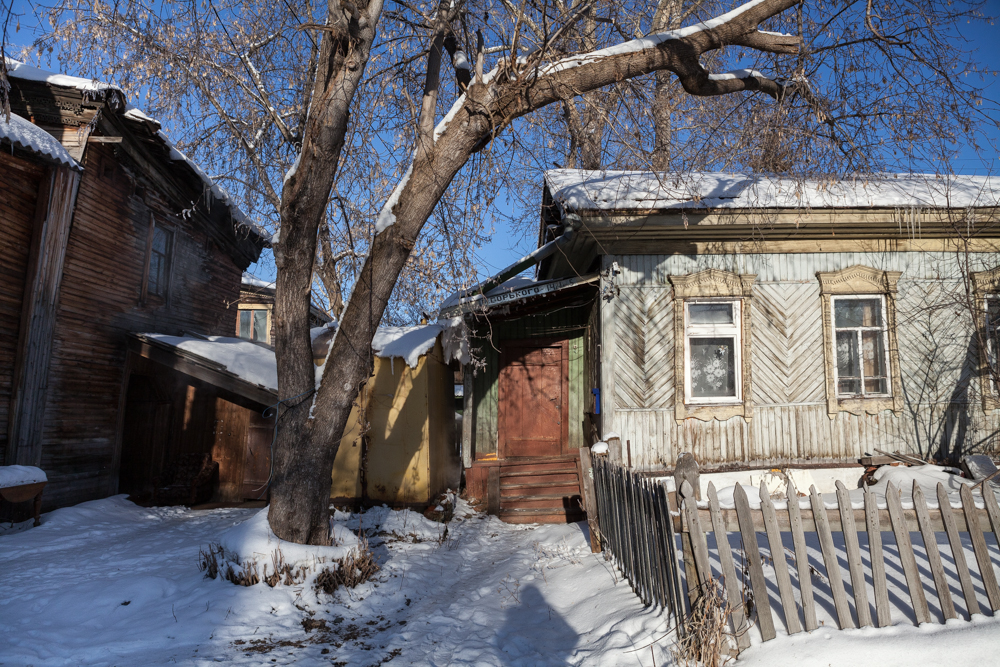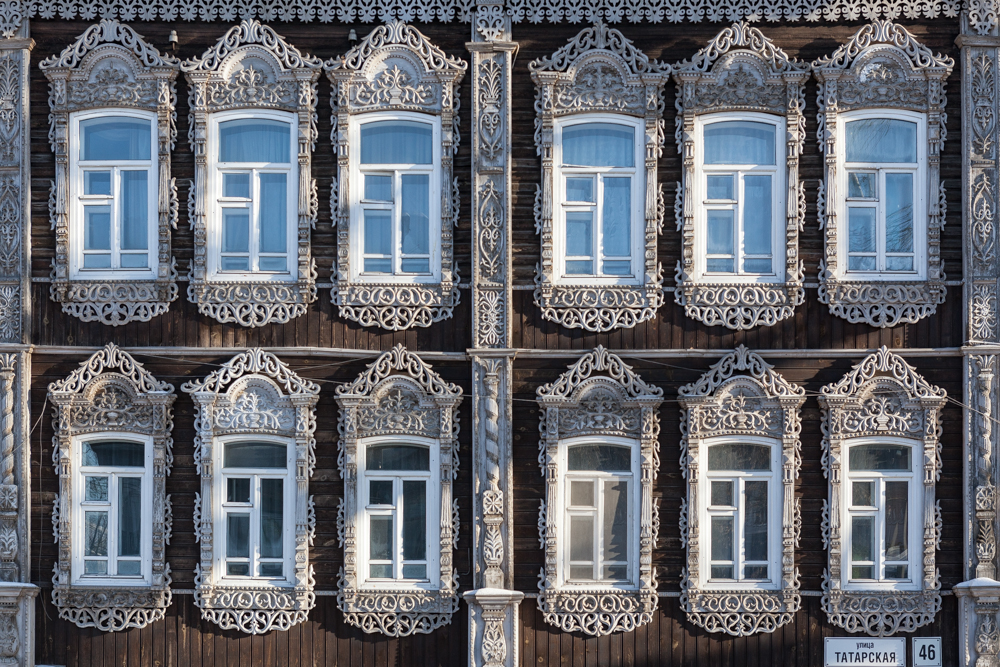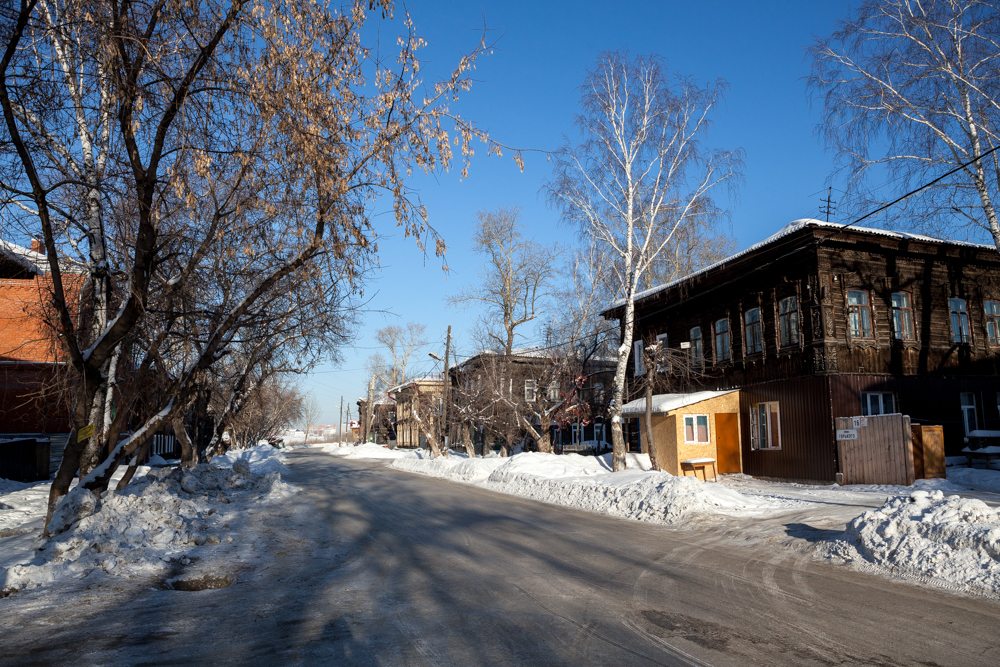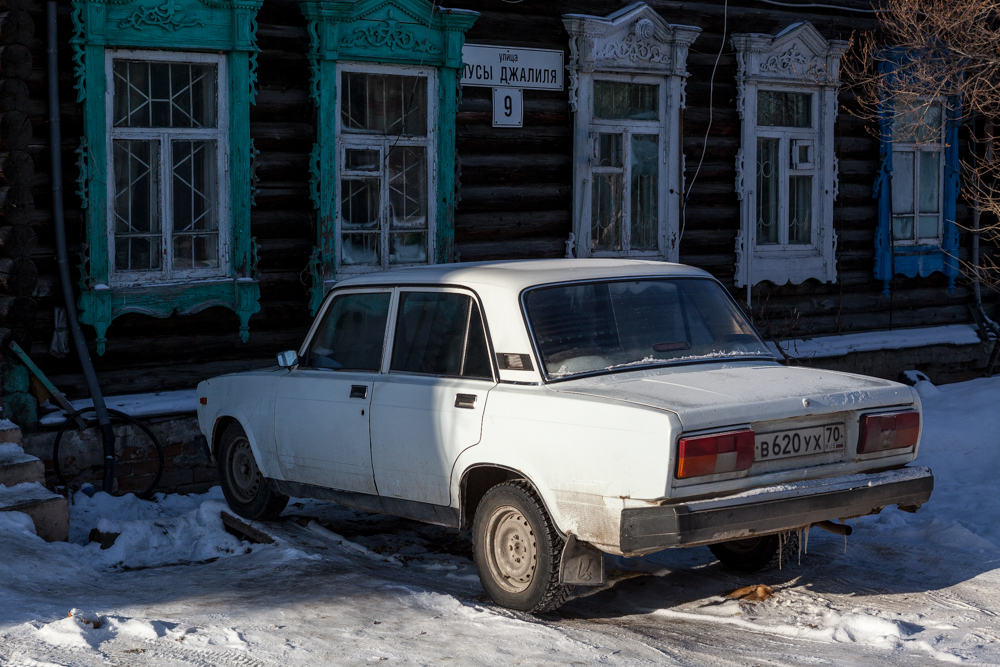Posted Monday. February 12, 2018 — 21:14

THE WHITE HELL - MINYA, EGYPT
4:30 am. Minibuses spill men in djellaba by tens. They challenge each other, gesture and kill time by eating falafels and
sipping tea. In less than an hour, the crossroad is crowded with people. All expect the same thing: the arrival of the pick-ups
that will take them to the limestone quarries. In Al-Minya, it is the main source of work. Almost all men of working age in the
region go there 6 days out of 7. The road is a chaotic maze and by night, it is very cold. Some protect themselves from the
wind under tarpaulins, others are wrapped in blankets. The men pile up in the back of the vehicles and huddle together for
30 to 45 minutes.
The arrival on the quarries is surreal. A purplish light dyes the sky and the immaculate white landscapes that surround us.
Sparks splash the night. At the first light of day, men sharpen the circular saws. This is the beginning of a well-honed ballet
where everyone knows his place and what he has to do. Set up the rails and shift them after each cut, maneuver the
machines, move the bricks out of the ground and start again. The air is unbreathable and the light is blinding. Clouds of
particles envelop the ghostly silhouettes. At each inspiration, the silica rushes into the lungs of the workers. To limit the
ravages and the lack of a protective mask, they try to protect themselves with scarves and cloth hoods. But, this does not
stop the disease: pulmonary embolism and cataracts, among others, are very common.
Men know it. The health risks and the accidents are numerous on the careers. All it takes is a saw that slips or a blade
fragment that breaks loose to lacerate the flesh and cause irreparable damage. The bare wires snaking on the ground are
causing many electrocutions. And to top it all, most of these workers are uninsured. Career owners can not get the licenses
that would guarantee their employees a pension and health insurance. The army only delivers sparingly the famous sesames.
To get it, owners have to abide by very strict rules and pay exorbitant taxes, often much higher than the real profit of these
companies. For 5 or 6 euros per day and despite the risks, men in the region continue to produce limestone and to expose
themselves to the worst.To see the entire set of pictures, click HERE.
(FR)
4h30 du matin. Des minibus déversent des hommes en djellaba par dizaines. Ils s’interpellent, gesticulent et tuent le temps
en dévorant des falafels et en sirotant du thé. En moins d’une heure, le carrefour est noir de monde. Tous attendent la même
chose: l’arrivée des pick-ups qui les amèneront sur les carrières de calcaire. A Al-Minya, c’est la source principale de travail.
Presque tous les hommes en âge de travailler dans la région s’y rendent 6 jours sur 7. La route est chaotique et labyrinthique.
Et le jour n’étant pas encore levé, il fait très froid. Certains se protègent du vent sous des bâches, d’autres s’emmaillotent
dans des couvertures. Les hommes s’entassent à l’arrière des véhicules et se serrent les uns contre les autres pour 30 à 45
minutes de route.
L’arrivée sur les carrières est surréaliste. Une lumière violacée teinte le ciel et les paysages blancs immaculés qui nous
entourent. Des étincelles éclaboussent la nuit. Aux premières lueurs du jour, les hommes affutent les scies circulaires. C’est
l’amorce d’un ballet bien rodé où chacun à sa place et sait ce qu’il a à faire. Mettre en place les rails et les décaler au fur et
à mesure des découpes, manoeuvrer les machines, écarter les briques désolidarisées du sol et recommencer à nouveau.
L’air est irrespirable et la lumière aveuglante. Des nuages de particules enveloppent les silhouettes fantomatiques. A chaque
inspiration, le silice s’engouffre dans les poumons des ouvriers. Pour limiter les ravages et à défaut de masque de protection,
ils tentent de se protéger avec des foulards et des cagoules en tissu. Mais, cela n’arrête pas la maladie: embolie pulmonaire
et cataracte, entre autres, sont monnaies courantes.
Les hommes le savent. Les risques pour la santé et les accidents sont nombreux sur les carrières. Il suffit d’une scie qui
dérape ou d’un éclat de lame qui se détache pour lacérer la chair et causer des dommages irréparables. Les fils électriques
à nu serpentant sur le sol sont à l’origine de nombreuses électrocutions. Et pour couronner le tout, la plupart de ces ouvriers
ne sont pas assurés. Les propriétaires des carrières n’arrivent pas à obtenir les licences qui permettrait de garantir à leurs
employés une retraite et une assurance maladie. L’armée ne délivre qu’au compte-goutte les fameux sésames. Il faut se plier
à des règles très strictes et payer des taxes exorbitantes, souvent bien plus élevées que le bénéfice réel de ces entreprises.
Pour 5 ou 6 euros par jour et malgré les risques, les hommes de la région continuent donc à produire du calcaire et à
s’exposer au pire. Pour voir l'intégralité de la série, cliquez ICI.
Posted Tuesday. February 28, 2017 — 13:23

Welcome to Ukraine ! Добро пожаловать в Украину! - Odessa, Ukraine 26/02/2017
Posted Saturday. September 17, 2016 — 15:18
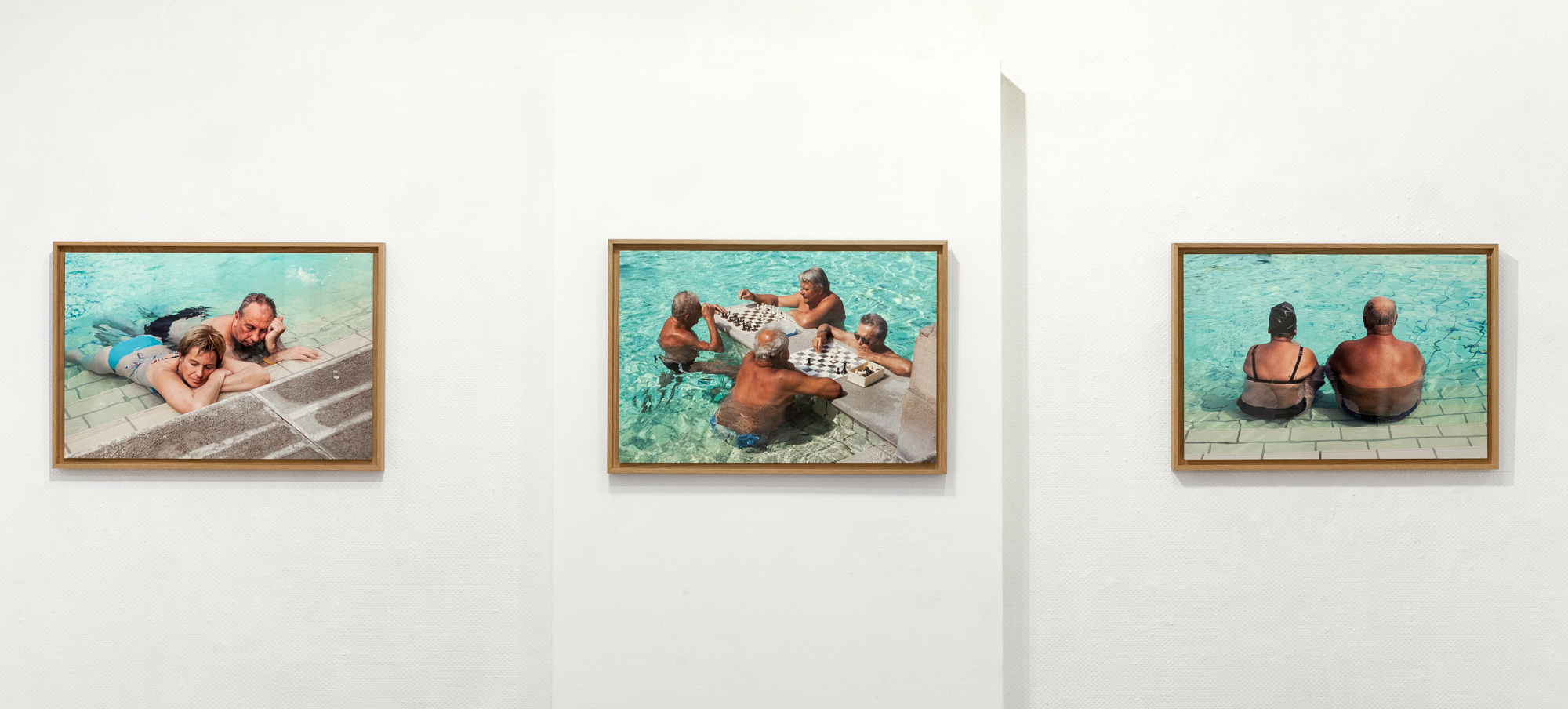
EXPOSITION "BATHS" & "PETROLEUM SPA" - GALERIE LE RAYON VERT - QPN #20
Le festival de la Quinzaine Photographique Nantaise a l’ambition de promouvoir la photographie contemporaine, dans toute
sa diversité, grâce à la présentation à un large public d’images d’auteurs reconnus et de jeunes artistes au talent méconnu.
En 2016, pour la 20ème édition, les artistes exposaient leurs œuvres dans plusieurs lieux culturels de la ville autour de la
thématique «Heureux qui...».
C’est dans ce cadre que la galerie Le Rayon Vert m’a proposé d’exposer mes séries «Baths» et «Petroleum Spa» réalisées
en Hongrie et en Azerbaïdjan. L'exposition se tiendra du 17 Septembre au 16 Octobre au 1 Rue Sainte Marthe à Nantes.
Posted Saturday. July 9, 2016 — 16:42

PAMUKKALE - PAMUKKALE, TURQUIE
De petits bonhommes curieux se sont perdus dans un château de coton. Ils font des selfies sur une cascade de neige et se
protègent du soleil avec de grandes visières fluos. Dans ce lieu magique au sud-ouest de la Turquie, une source d’eau
chaude s’écoule des entrailles de la montagne. Au contact de l’air, cette eau se transforme en carbonate de calcium et crée
un paysage féérique connu sous le nom de Pamukkale.
Méandres de calcaire, frissons opalins et dédales d’ivoire. Quelle virtuosité de la matière ! Chaque centimètre carré de cette
avalanche de travertin est une ode à la texture. Et, comme des ovnis, des créatures bipèdes aux us et coutumes étranges se
promènent sur ces formations de minerai.
Pour voir l'intégralité de la série, cliquez ICI.
Posted Monday. May 9, 2016 — 23:33

FESTIVAL OF REINDEER HERDERS - IENGRA, RUSSIA
In March, on the frozen river from the village of Iengra, runs a unique event where barbecue, reindeer race and snowmobile
ride bring together Russian and Evenk communities nearby. These peoples, with very different cultures, collide for a day and
form a merry mix. The Evenk take care of their animals and prepare them for the competition, while the stands overloaded
with meat and fish form gatherings where negotiations are swirling.
Russian children frolic with balloons in helicopter form while young Evenk split the crowd, in all directions, on their reindeer.
Their small traditional fur boots and their fur caps bobbing to the rhythm of their beasts. Some propose to take a tour of the
camp in exchange for a few rubles. To see the entire set of pictures, click HERE.
(FR)
Au mois de Mars, sur la rivière gelée du village de Iengra, se déroule un évènement atypique où barbecue, course de rennes
et balade en moto-neige réunissent les communautés russes et evenks des environs. Ces deux peuples, aux cultures très
différentes, se télescopent le temps d’une journée et forment un joyeux mélange. Les evenks s’occupent de leurs bêtes et
les préparent pour la compétition, tandis que des stands surchargés de quartier de viande et de poissons forment des
attroupements où les négociations vont bon train.
Les enfants russes gambadent en trimballant des ballons de baudruche en forme d’hélicoptère alors que les jeunes evenks
fendent la foule, en tout sens, sur leurs rennes. Leurs petites bottes fourrées traditionnelles et leurs capuchons de fourrure
tressautant au rythme de leur monture. Certains proposent même de faire un tour du campement contre quelques roubles.
Pour voir l'intégralité de la série, cliquez ICI.
Posted Saturday. May 7, 2016 — 21:34
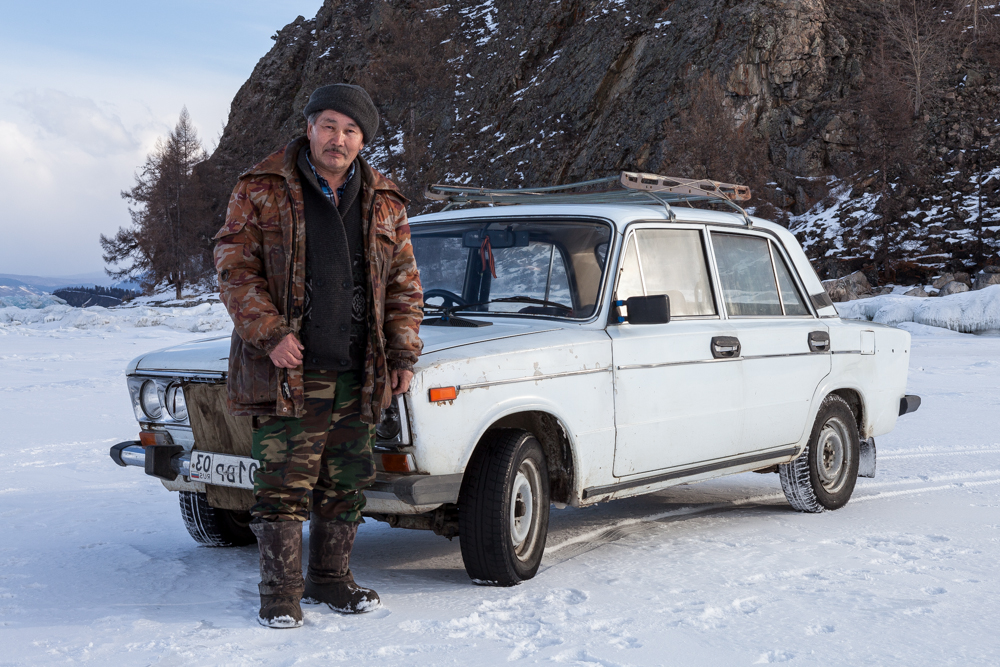
мишель (Michel), Fisherman - Hitchhiking Baikalskaya (Fish Holes) - Baikalskaya (Village), Russia 15/03/2016 16h45
Posted Saturday. May 7, 2016 — 19:41

Memorial - Baikalskaya, Russia
Posted Saturday. May 7, 2016 — 19:37
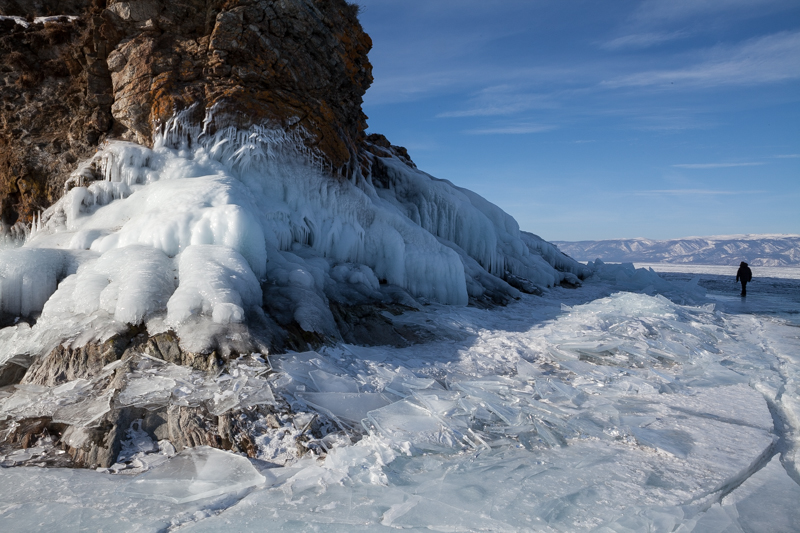
Baikal Lake - Khoujir, Russia
Posted Saturday. May 7, 2016 — 19:35

Baikal Lake - Baikalskaya, Russia
Posted Saturday. May 7, 2016 — 19:16
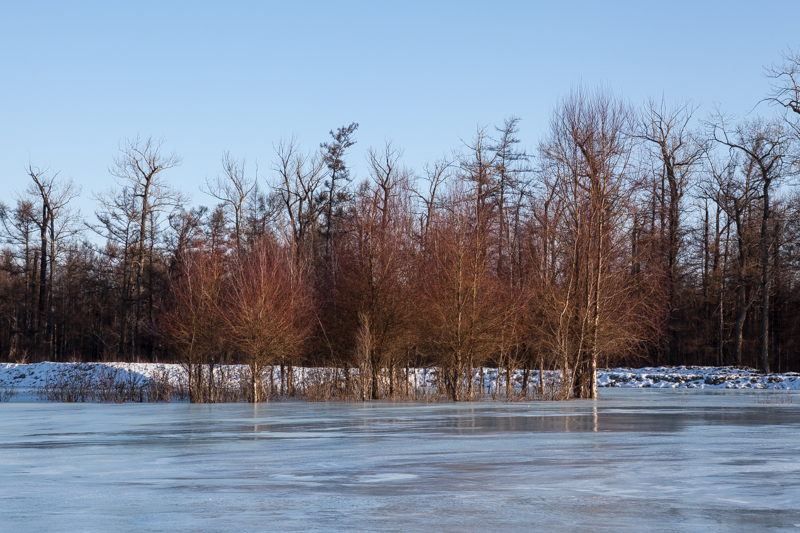
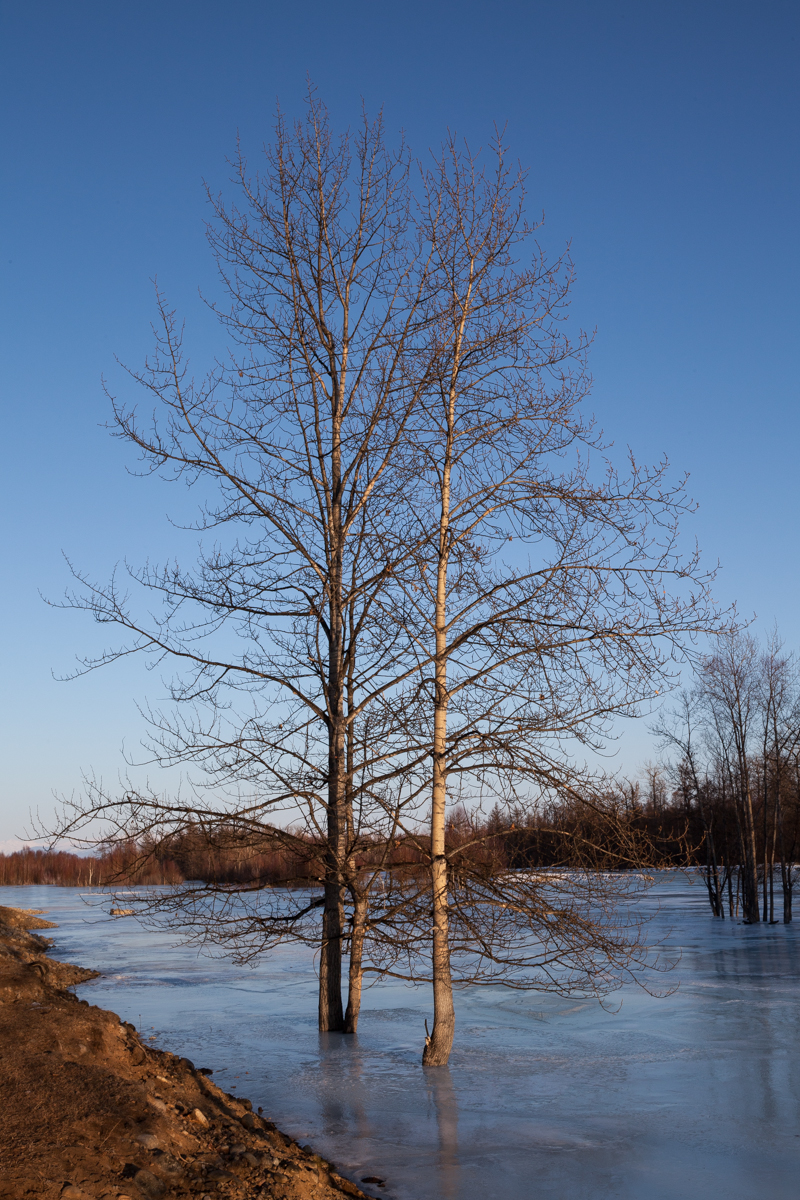
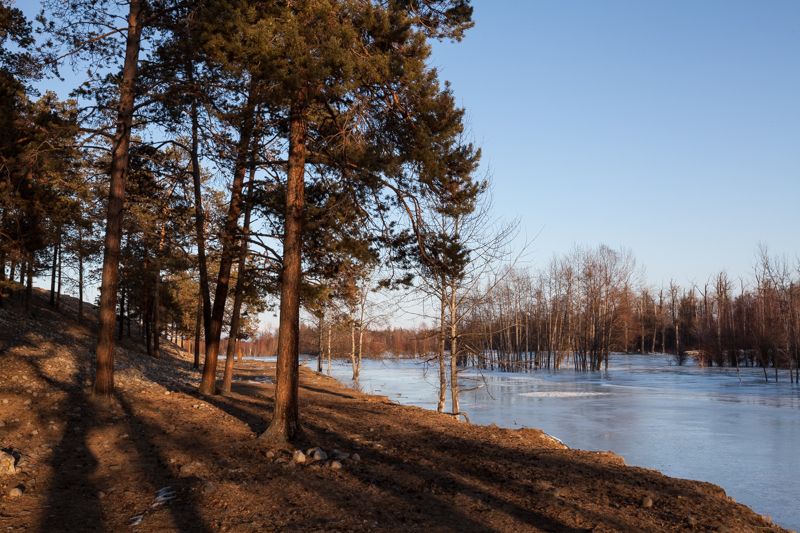
Frozen River - Baikalskaya, Russia
Posted Tuesday. May 4, 2016 — 00:10

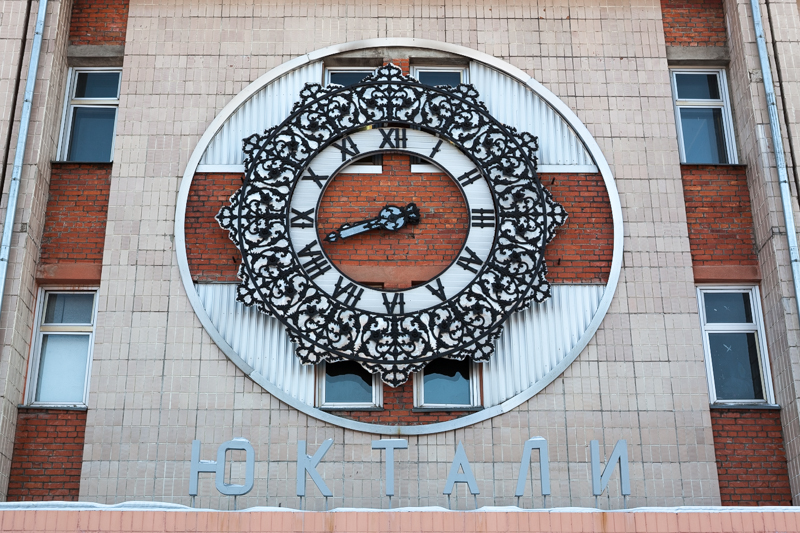
Train Station - Yuktali, Russia
Posted Tuesday. May 4, 2016 — 00:03
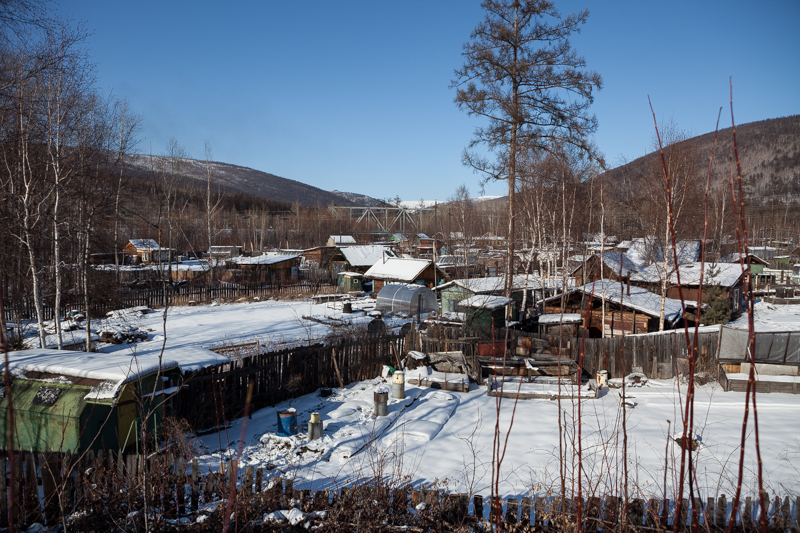
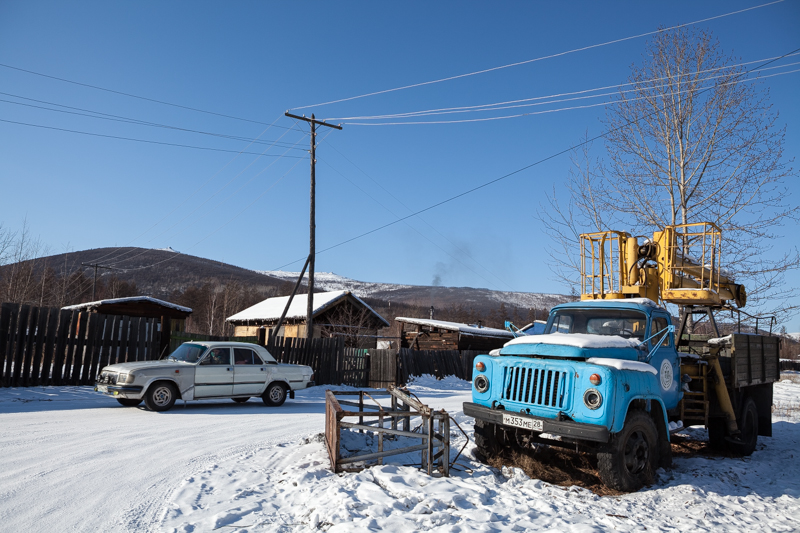

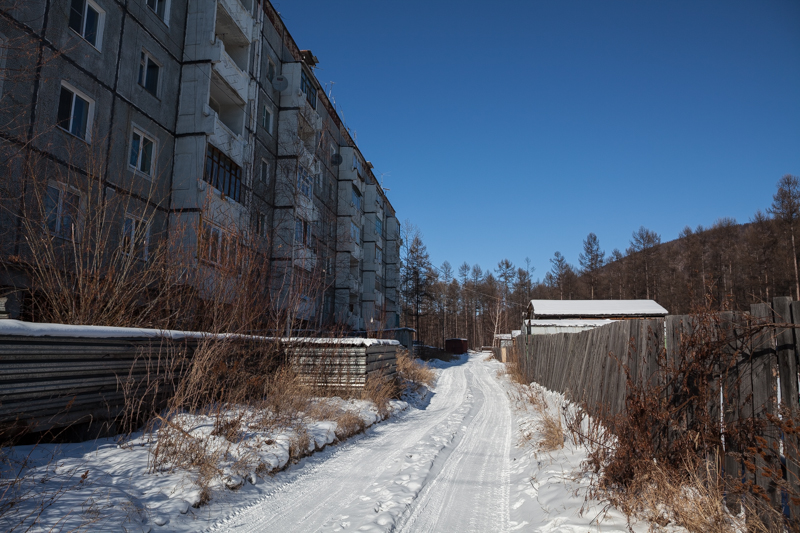
Wood Houses - Yuktali, Russia
Posted Tuesday. May 3, 2016 — 23:51
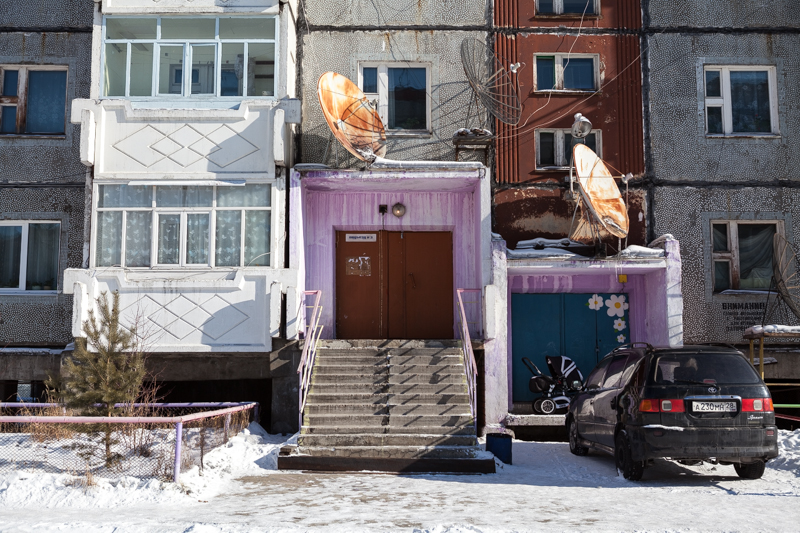
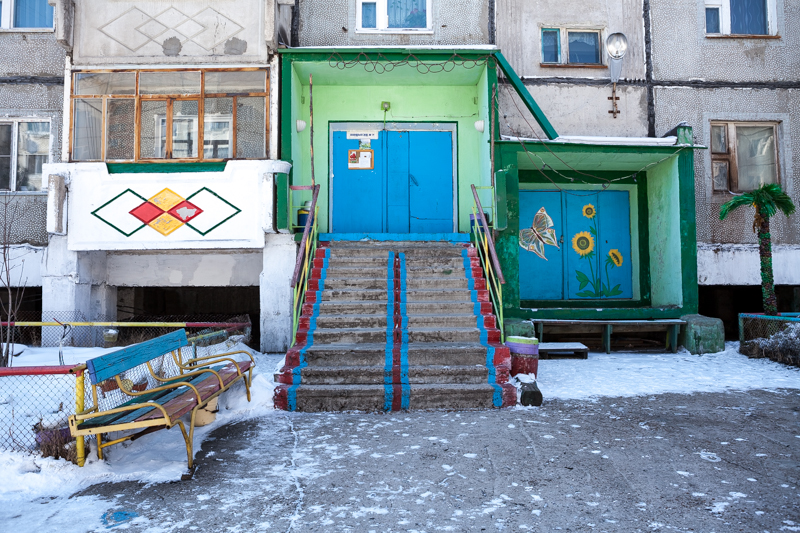

Building Entrance - Yuktali, Russia
Posted Tuesday. May 3, 2016 — 23:39

Couchsurfing - Tynda, Russia 26/02/2016
Posted Tuesday. May 3, 2016 — 23:35
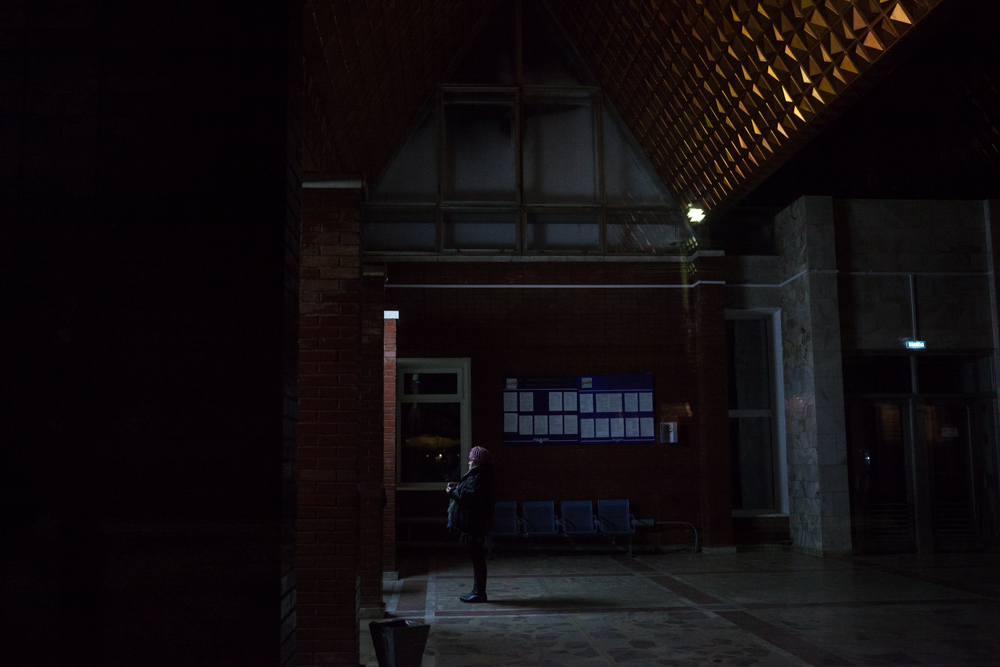
Train Station - Postyshevo, Russia
Posted Thursday. March 24, 2016 — 09:16

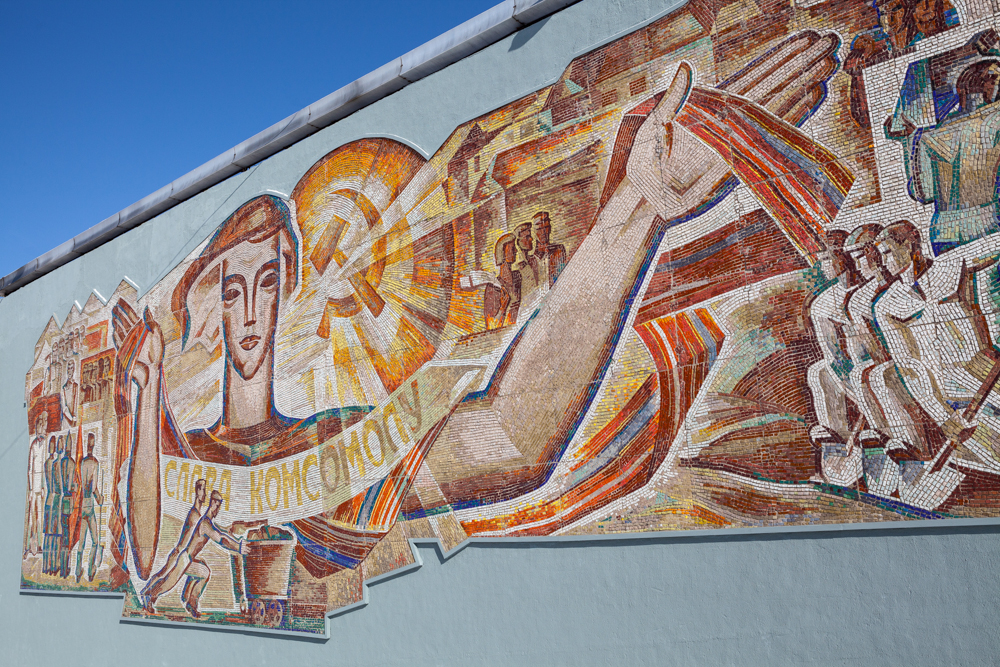
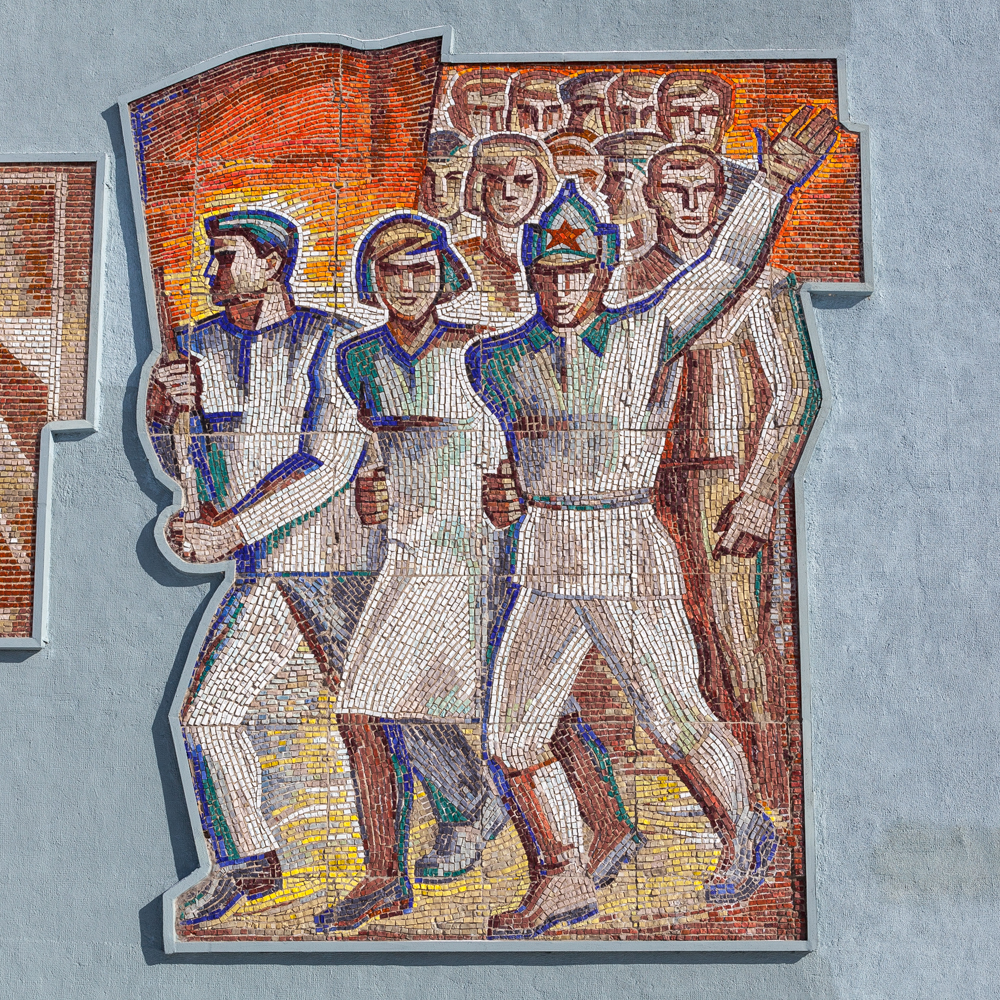
Soviet Mosaic - Komsomolsk-on-Amur, Russia
Posted Thursday. March 24, 2016 — 09:16

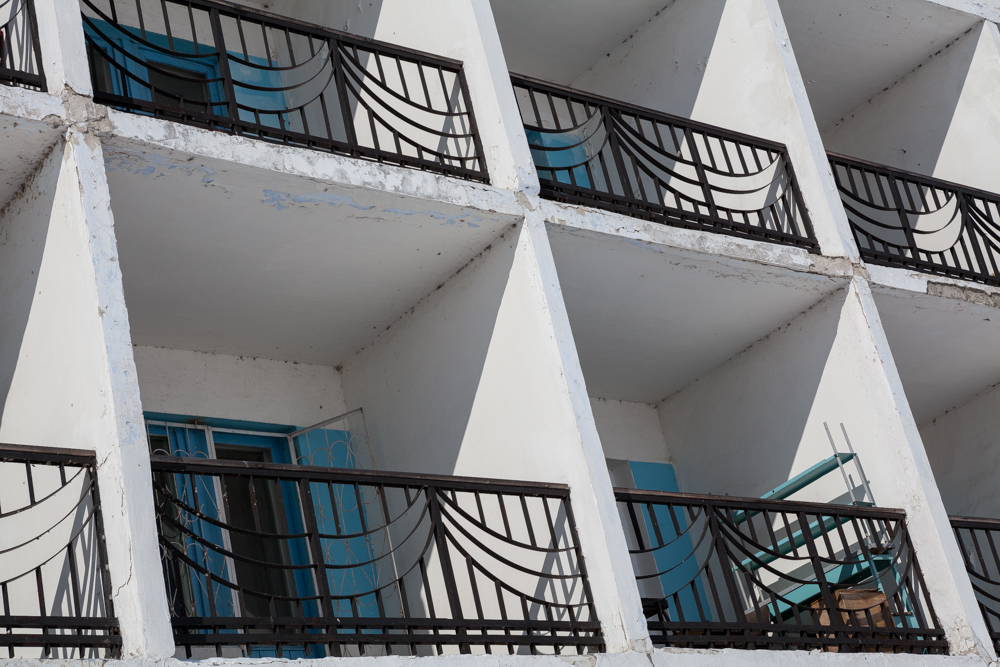
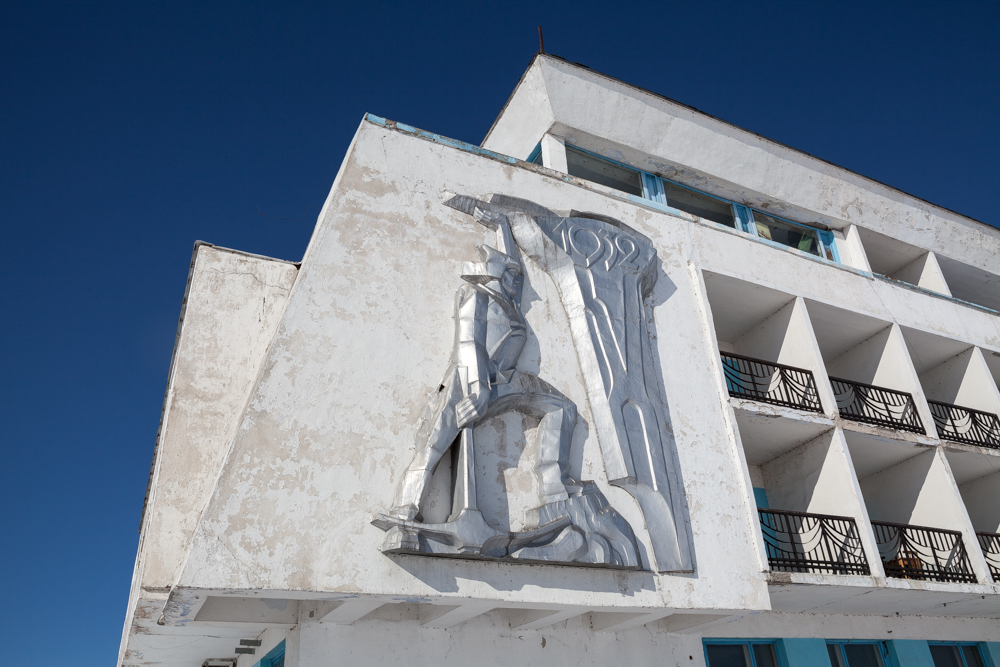
Harbour - Komsomolsk-on-Amur, Russia
Posted Thursday. March 24, 2016 — 09:16

Sculpture - Komsomolsk-on-Amur, Russia
Posted Thursday. March 24, 2016 — 09:16

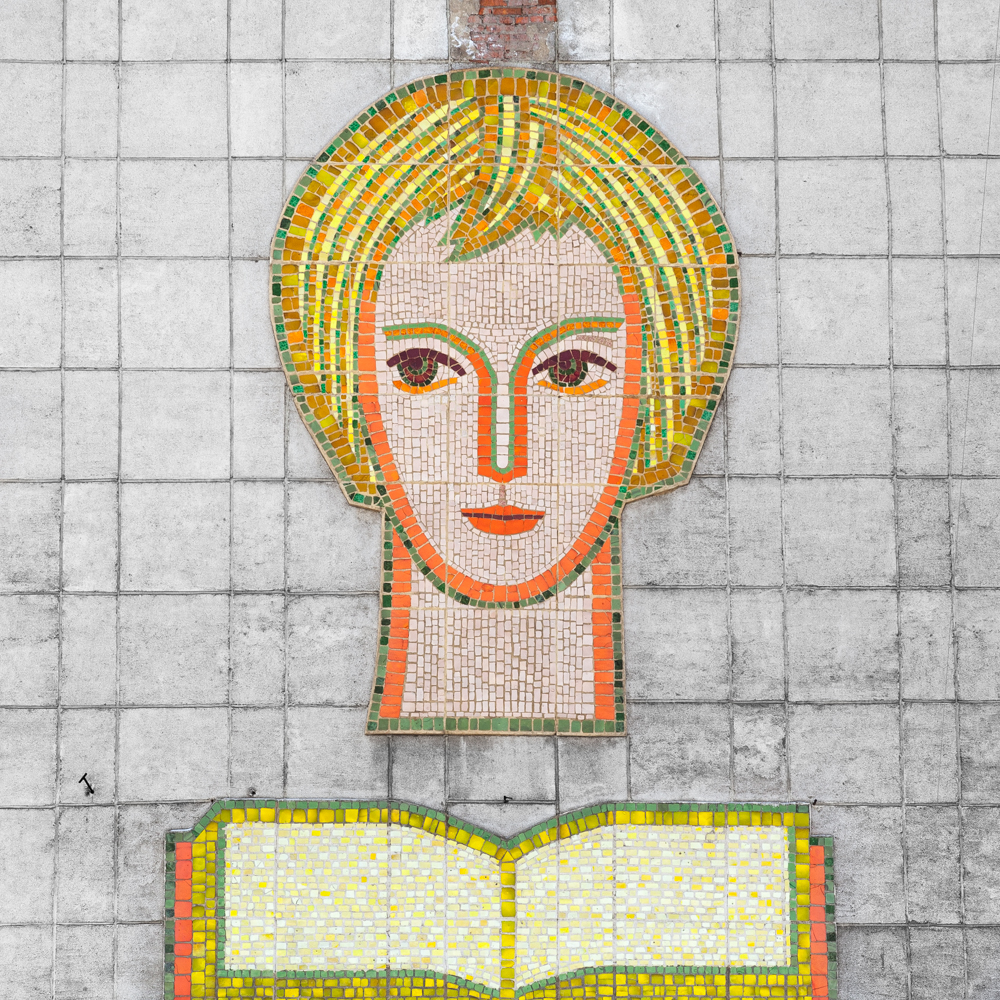
Soviet Mosaic - Komsomolsk-on-Amur, Russia
Posted Thursday. March 24, 2016 — 09:16
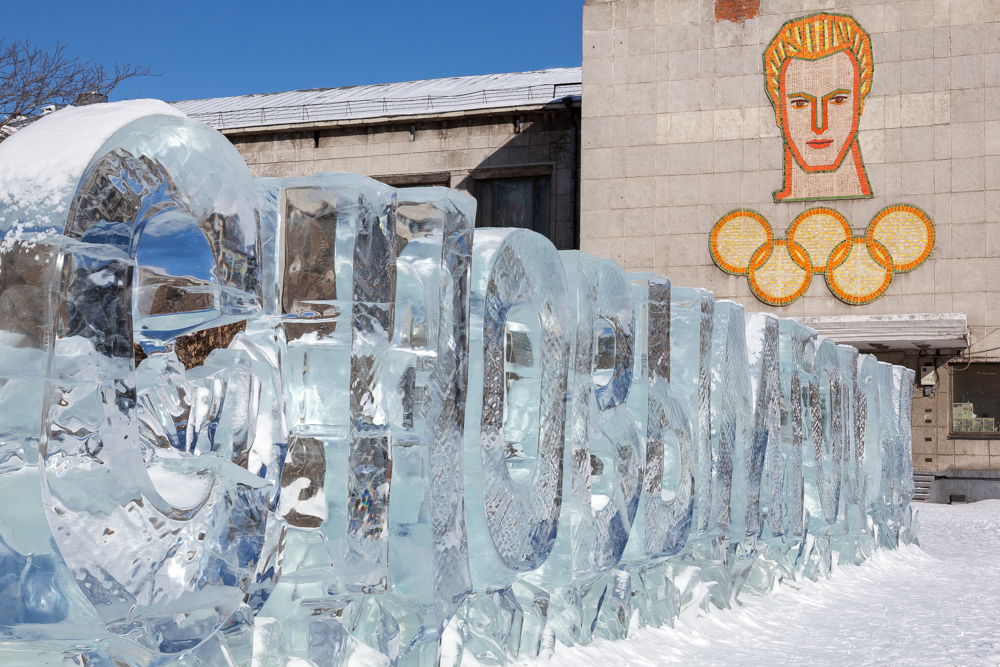
Ice Sculpture & Soviet Mosaic - Komsomolsk-on-Amur, Russia
Posted Thursday. March 24, 2016 — 09:16
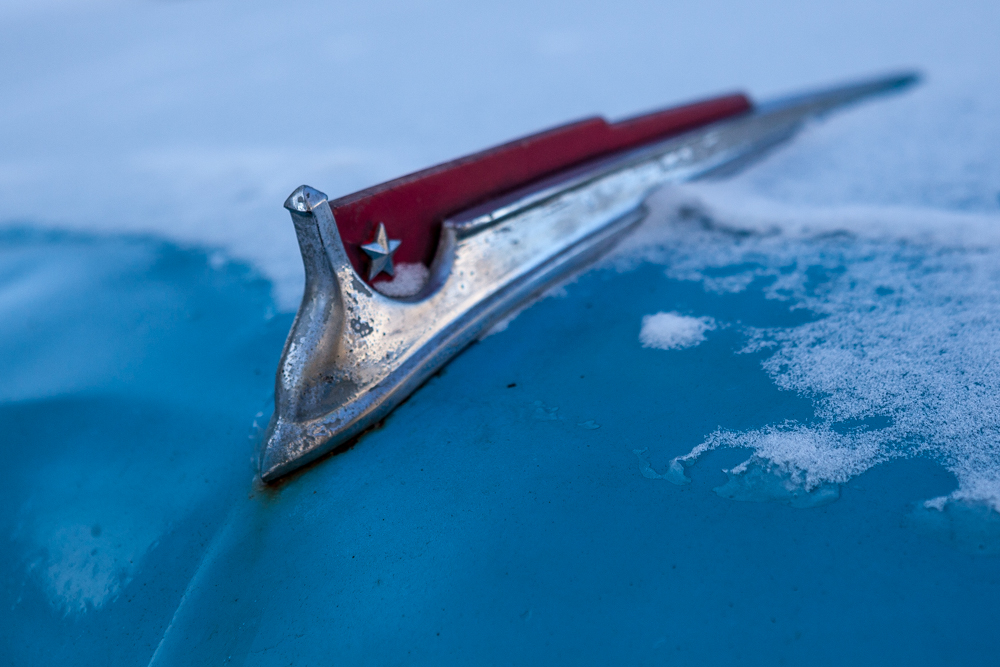
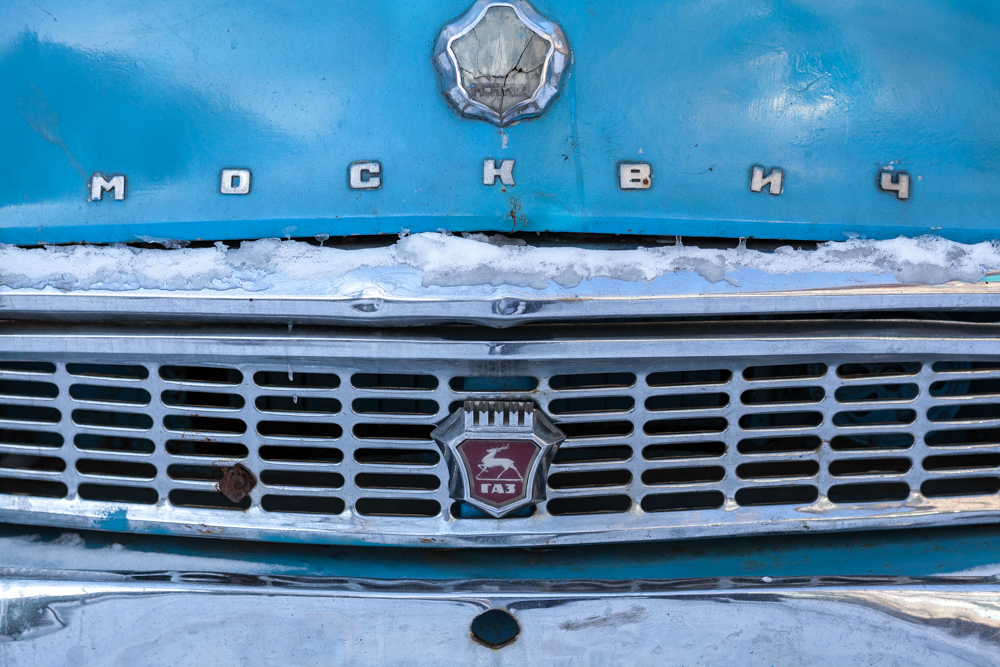
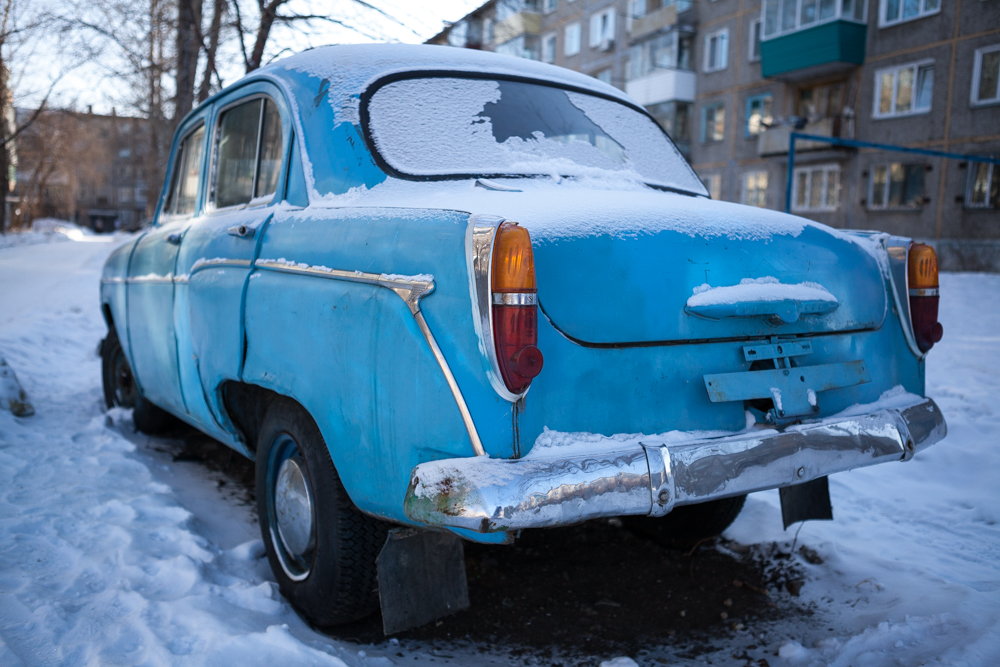
Soviet Car - Komsomolsk-on-Amur, Russia
Posted Thursday. March 24, 2016 — 09:16

Tramway - Komsomolsk-on-Amur, Russia
Posted Thursday. March 24, 2016 — 09:16
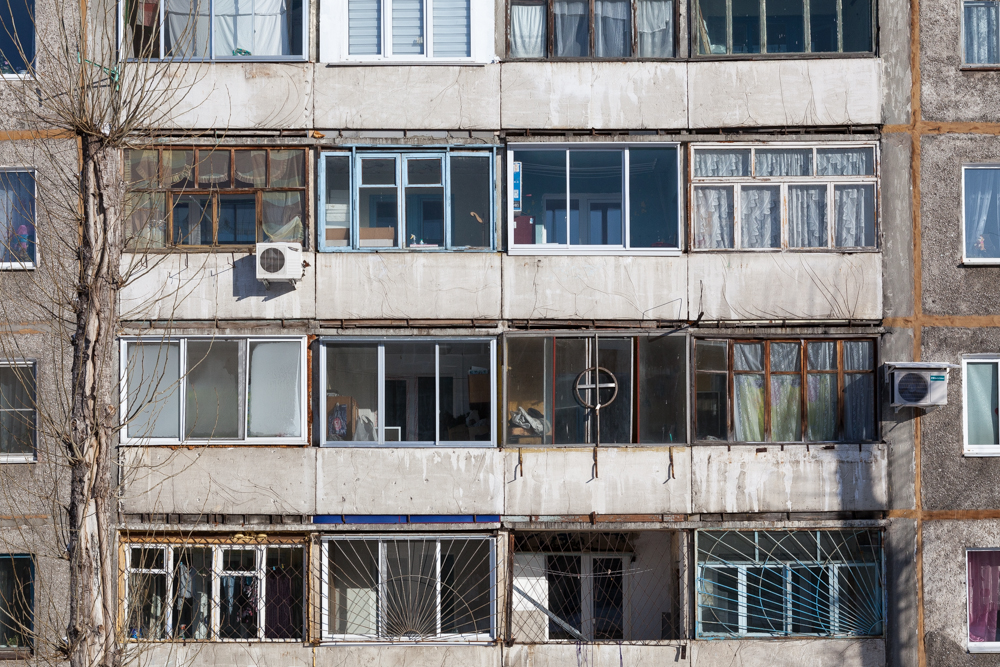
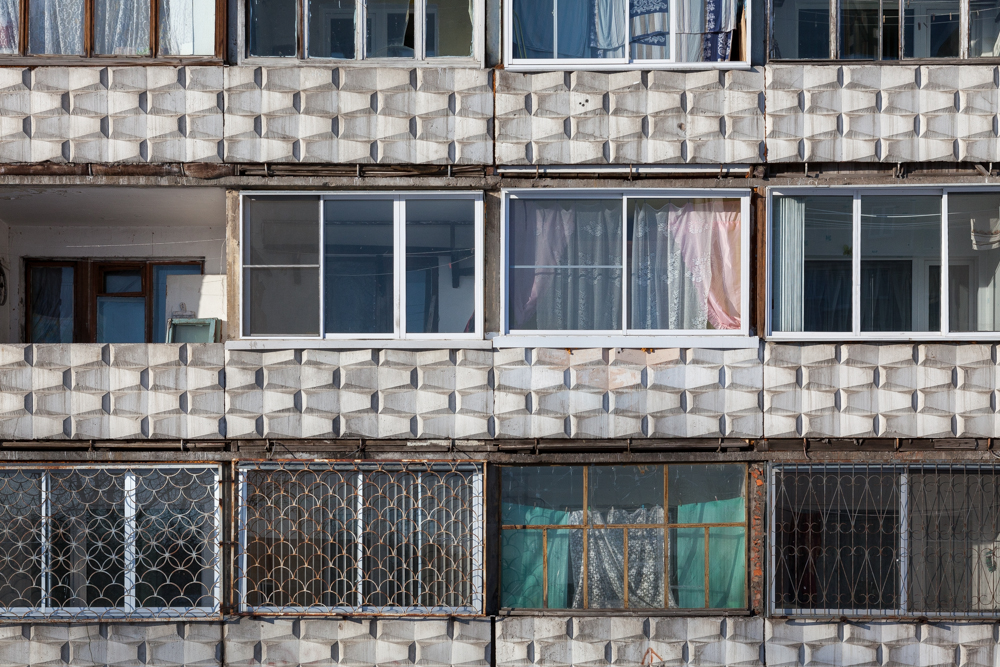
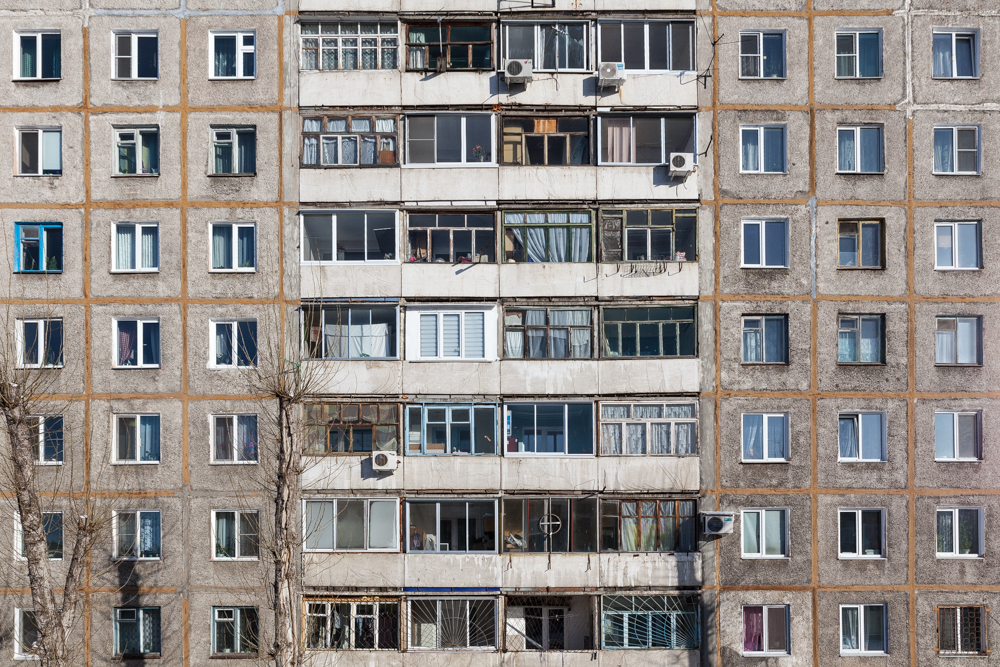
Soviet Building - Komsomolsk-on-Amur, Russia
Posted Thursday. March 24, 2016 — 09:16

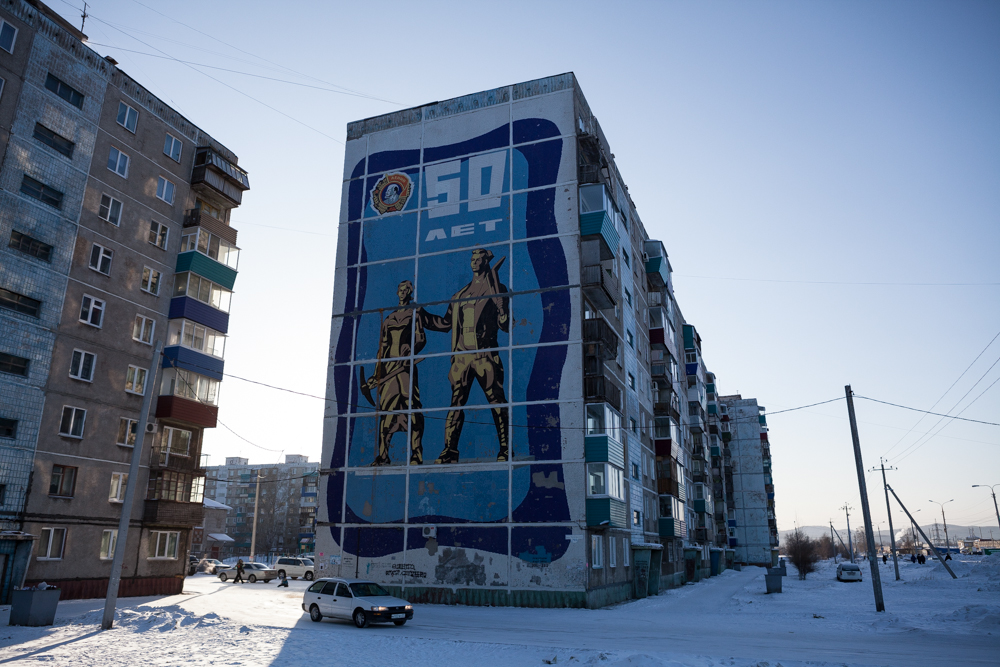
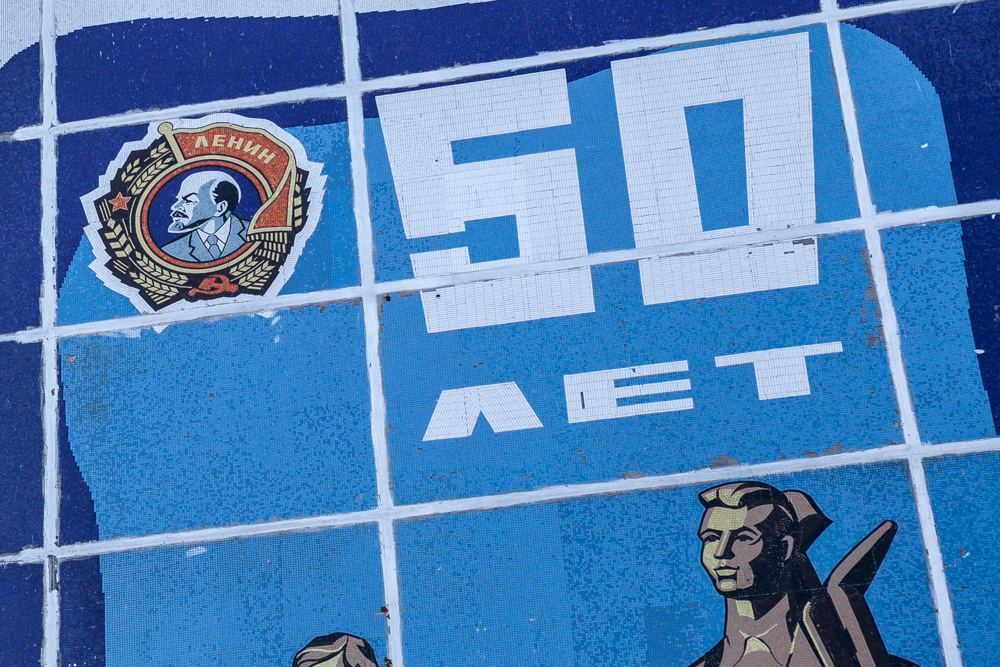
Soviet Mosaic along the BAM - Komsomolsk-on-Amur, Russia
Posted Thursday. March 24, 2016 — 09:16
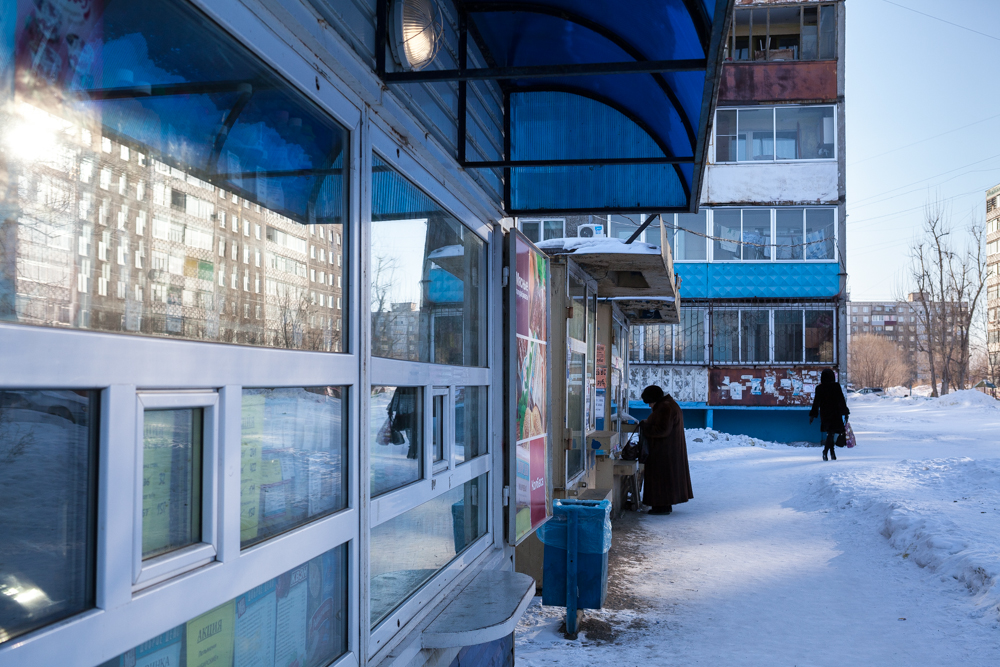
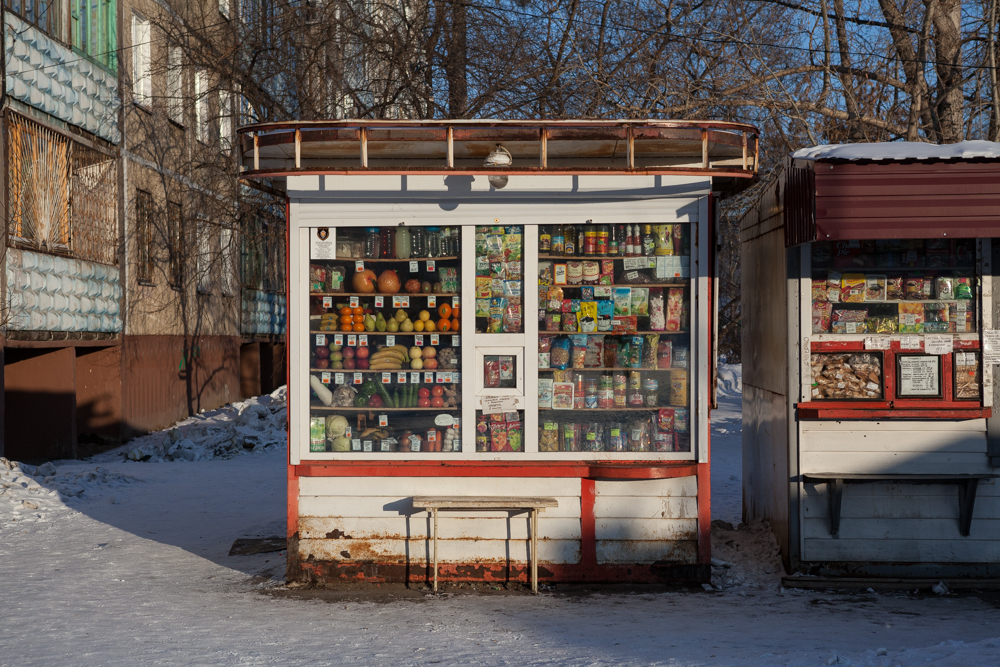
Food Shop - Komsomolsk-on-Amur, Russia
Posted Thursday. March 10, 2016 — 22:37

Funicular - Vladivostok, Russia
Posted Thursday. March 10, 2016 — 22:37

Submarine - Vladivostok, Russia
Posted Thursday. March 10, 2016 — 22:37

Traffic Circle - Vladivostok, Russia
Posted Thursday. March 10, 2016 — 22:35

Russky Bridge & Harbour - Vladivostok, Russia
Posted Thursday. March 10, 2016 — 22:32
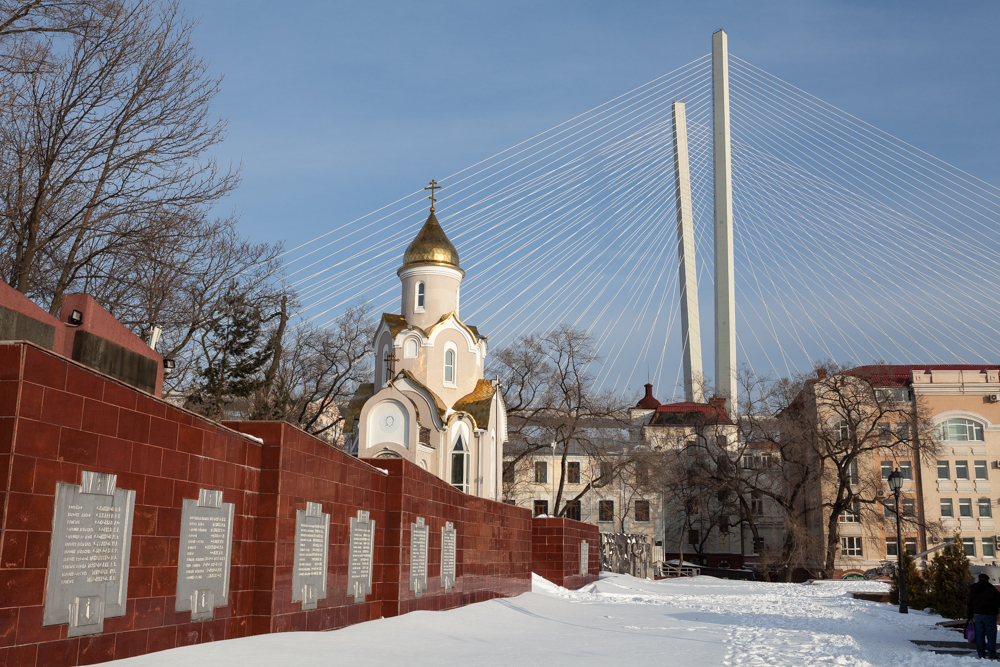
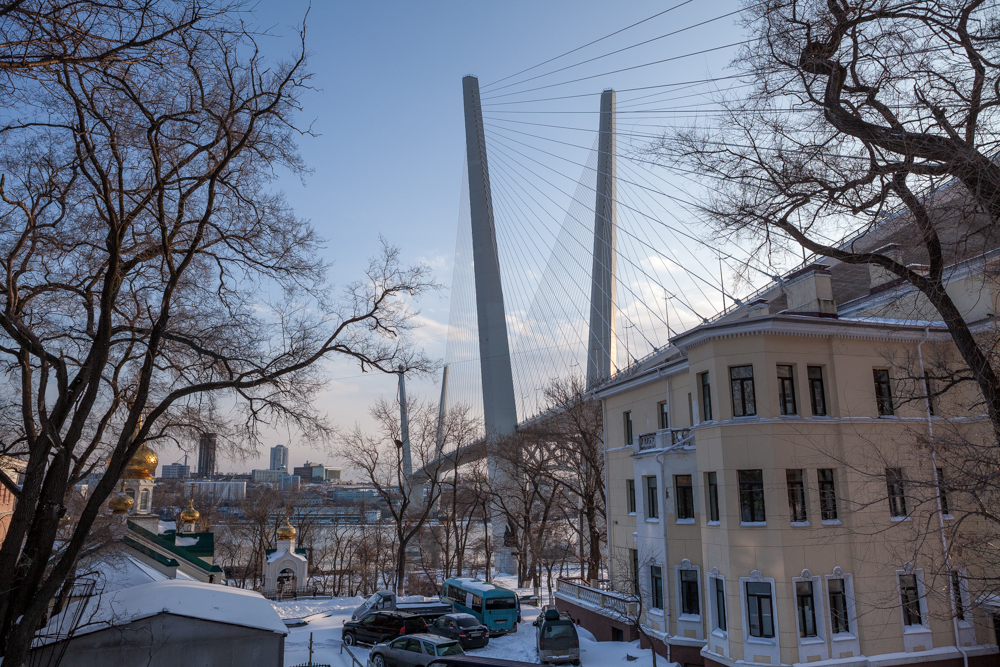
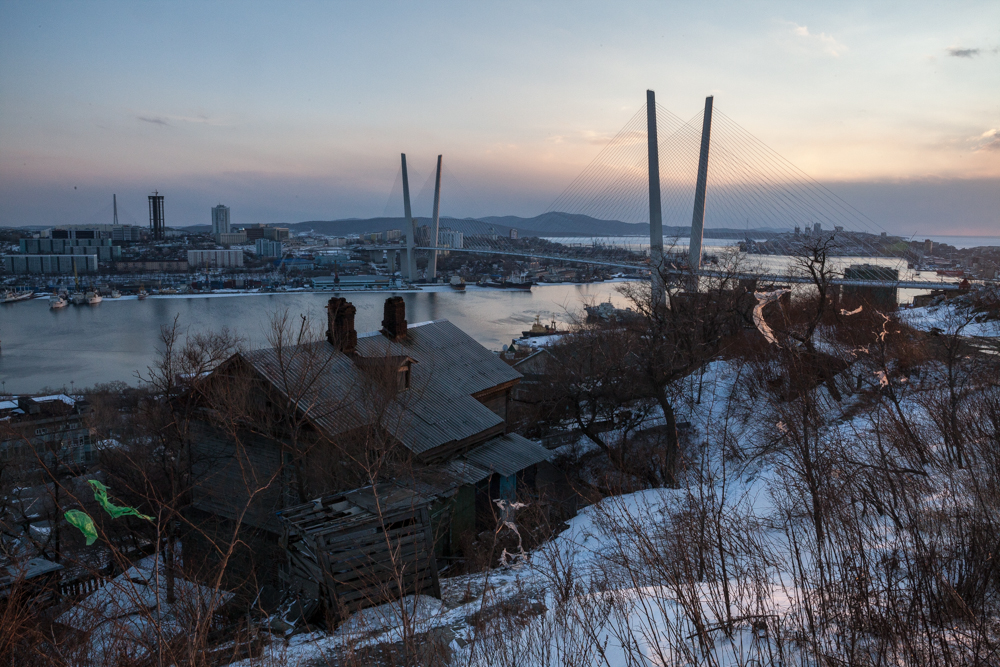

Zolotoy Bridge - Vladivostok, Russia
Posted Thursday. March 10, 2016 — 22:25

Alla - Baikal Lake, Russia
Posted Thursday. March 10, 2016 — 22:21

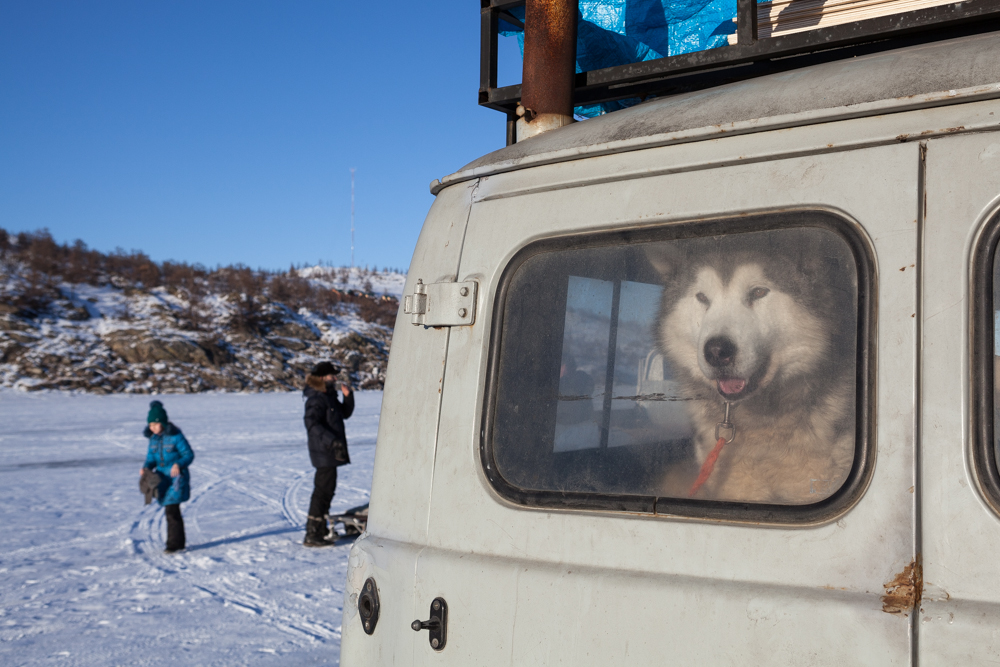
Arrival of huskies on Olkhon Island - Baikal Lake, Russia
Posted Tuesday. March 1, 2016 — 11:26

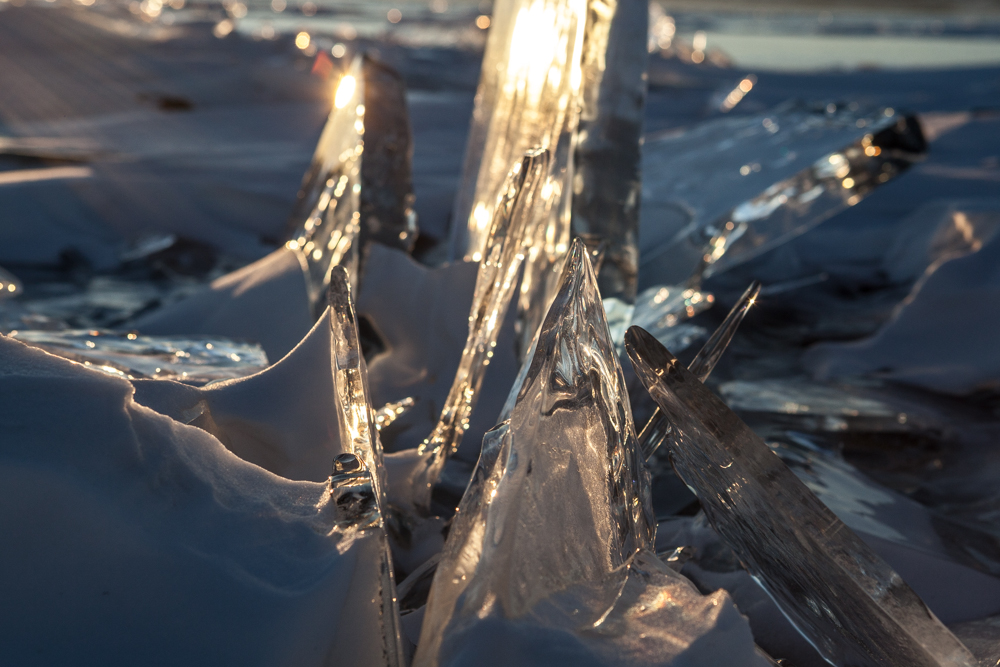
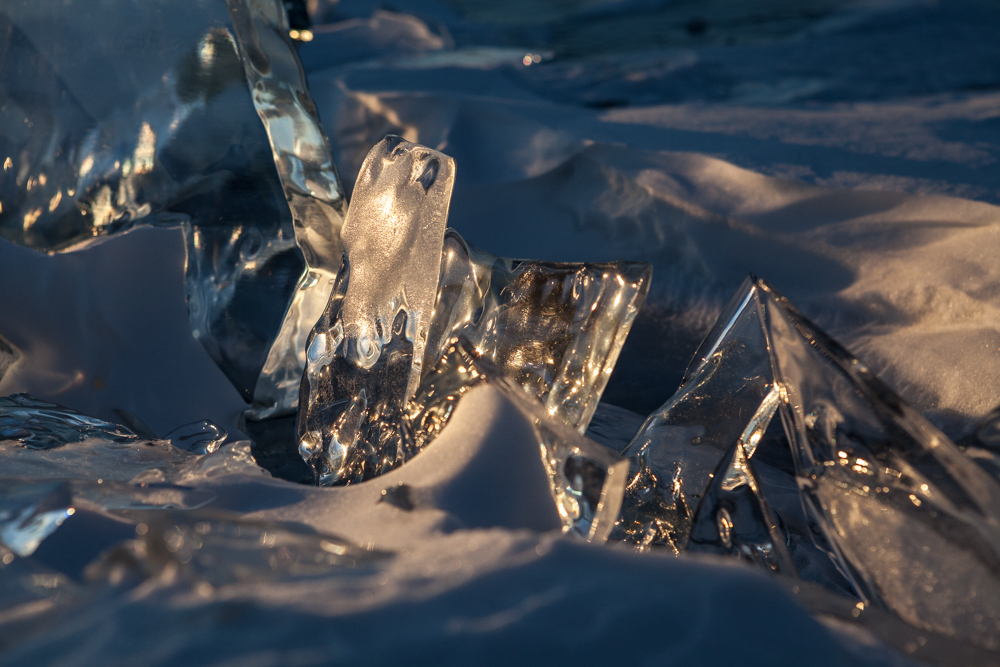
Ice - Baikal Lake, Russia
Posted Tuesday. March 1, 2016 — 11:08

Stalactites - Baikal Lake, Russia
Posted Tuesday. March 1, 2016 — 11:05


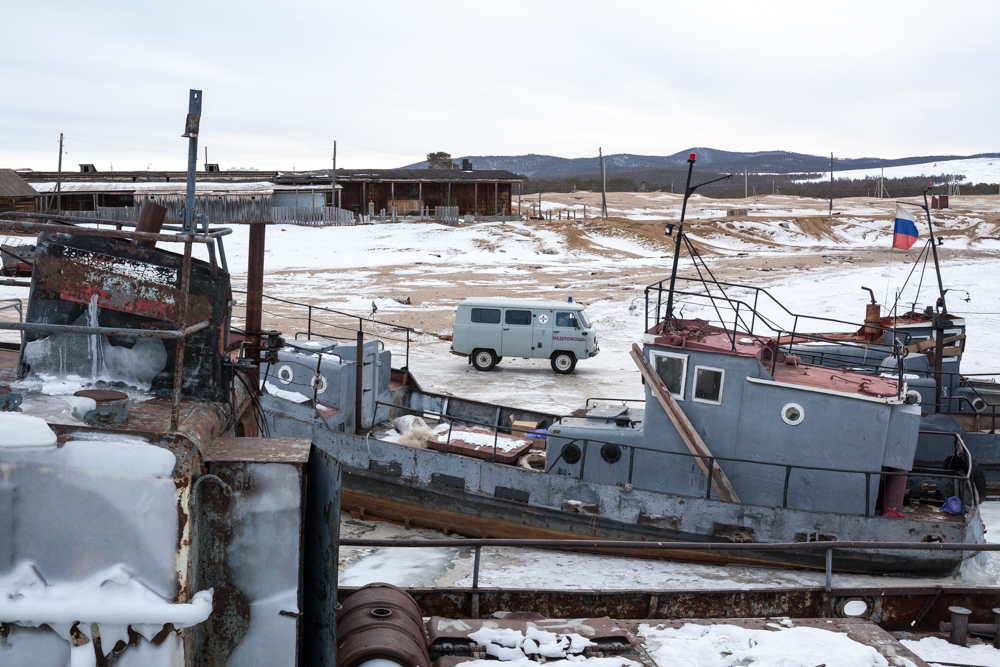
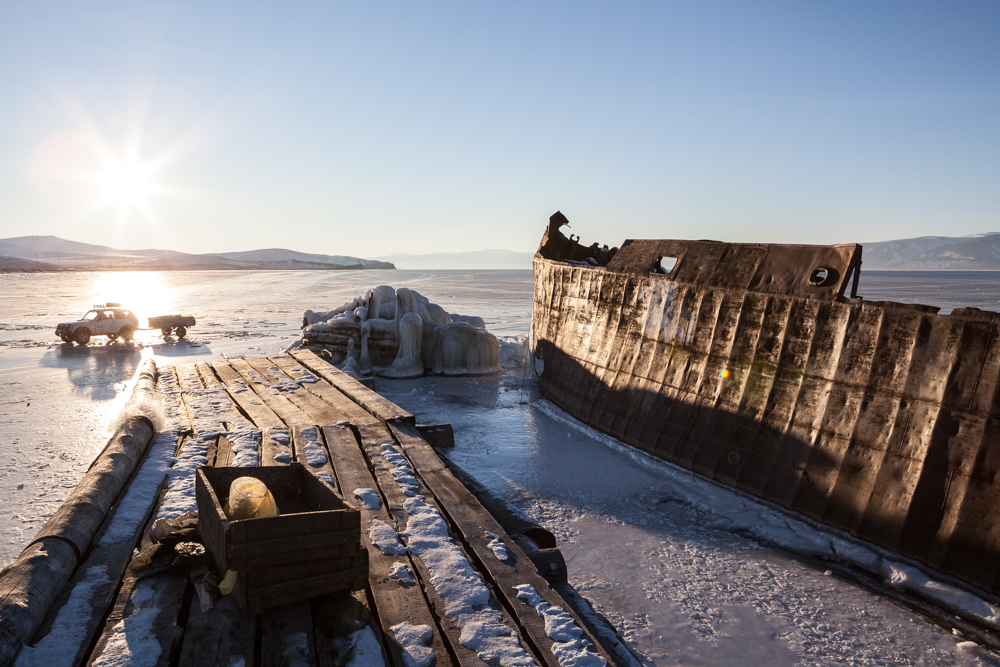
Harbour - Khoujir, Russia
Posted Tuesday. March 1, 2016 — 11:00

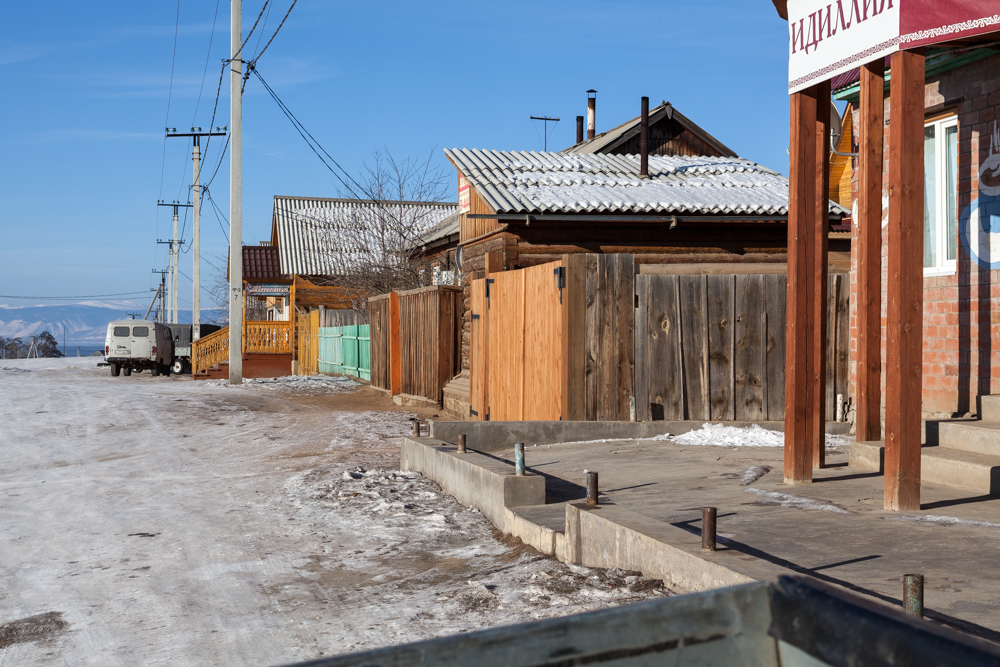
Khoujir - Olkhon Island, Russia
Posted Monday. February 29, 2016 — 17:45

Sunset - Baikal Lake, Russia
Posted Monday. February 29, 2016 — 16:28

My siberian tent - Olkhon Island, Russia
Posted Monday. February 29, 2016 — 16:27

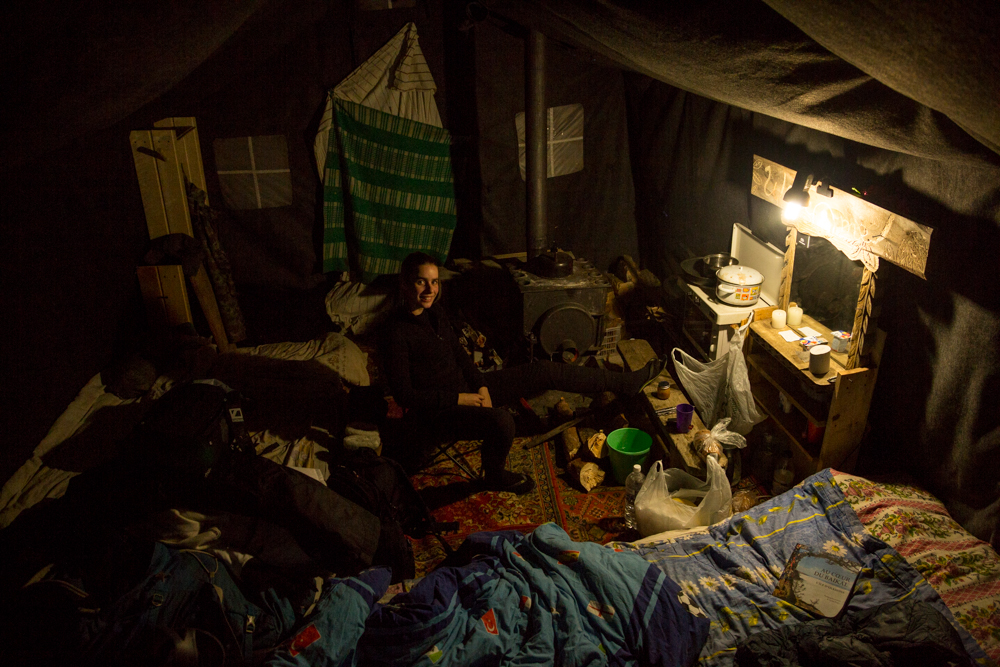
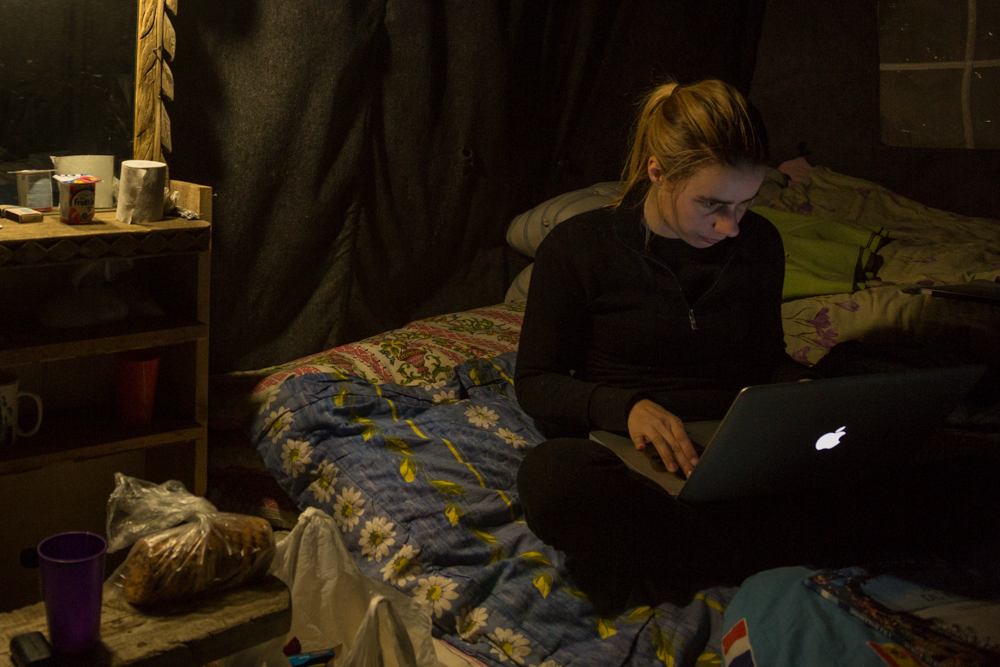
My daily life in a siberian tent - Olkhon Island, Russia
Posted Wednesday. February 24, 2016 — 11:40


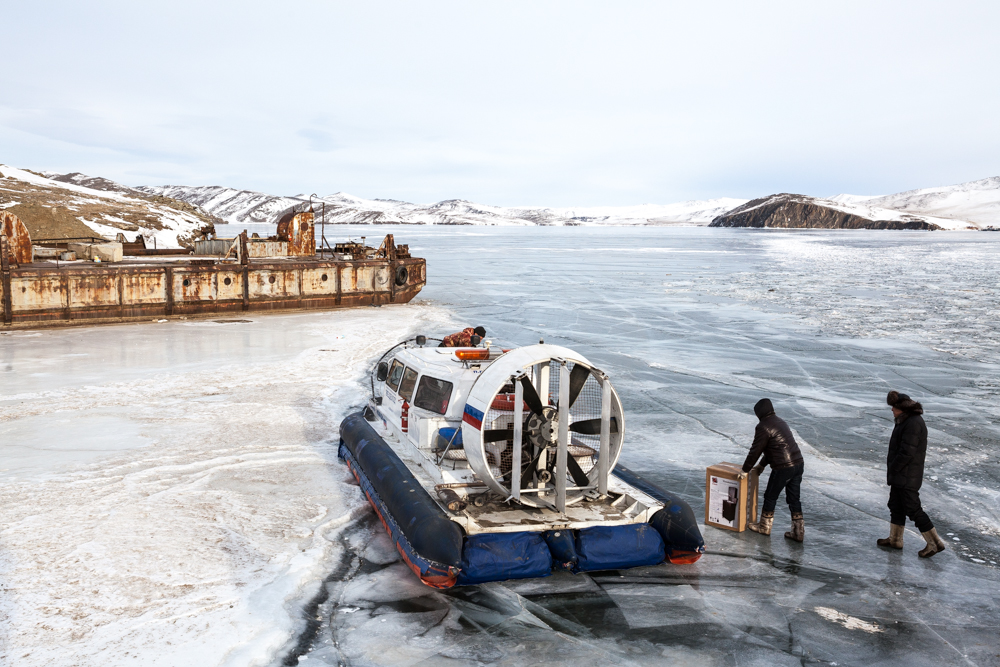
Crossing of the frozen Baikal Lake by hovercraft - Olkhon Island, Russia
Posted Tuesday. February 23, 2016 — 23:19

Riverbank - Tomsk, Russia
Posted Tuesday. February 23, 2016 — 21:40


Cultural Center - Tomsk, Russia
Posted Sunday. February 21, 2016 — 15:48

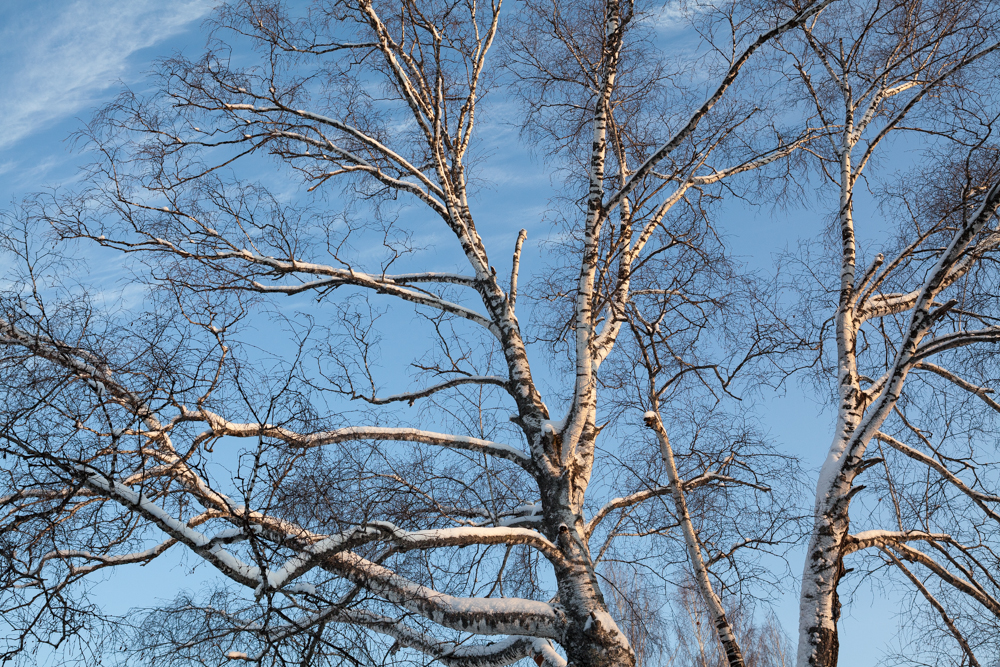
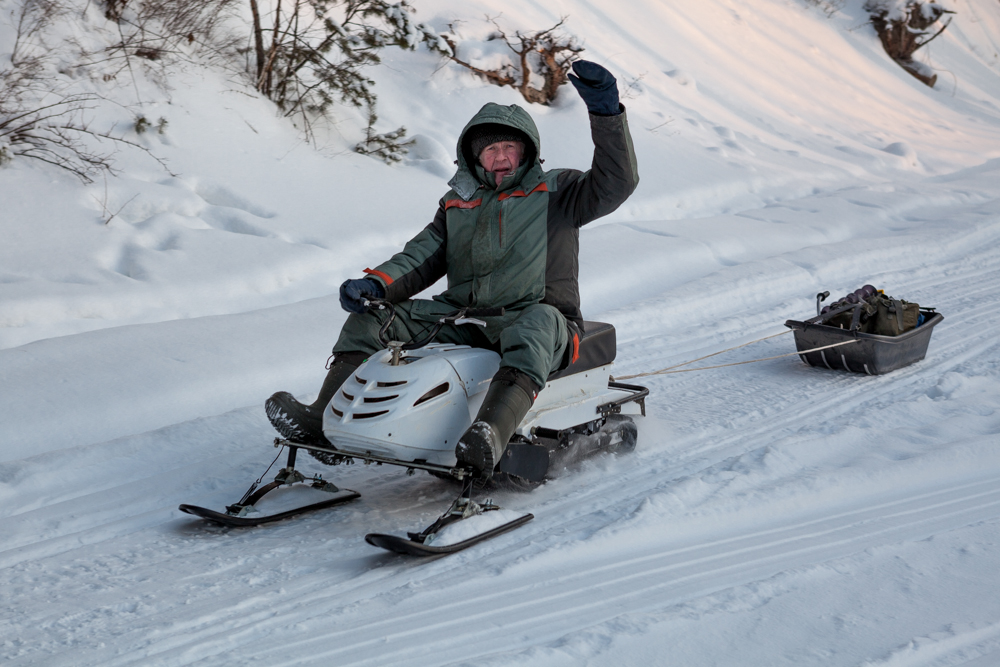
Suburban National Park - Tomsk, Russia
Posted Sunday. February 21, 2016 — 15:07

Theater - Tomsk, Russia
Posted Sunday. February 21, 2016 — 14:52

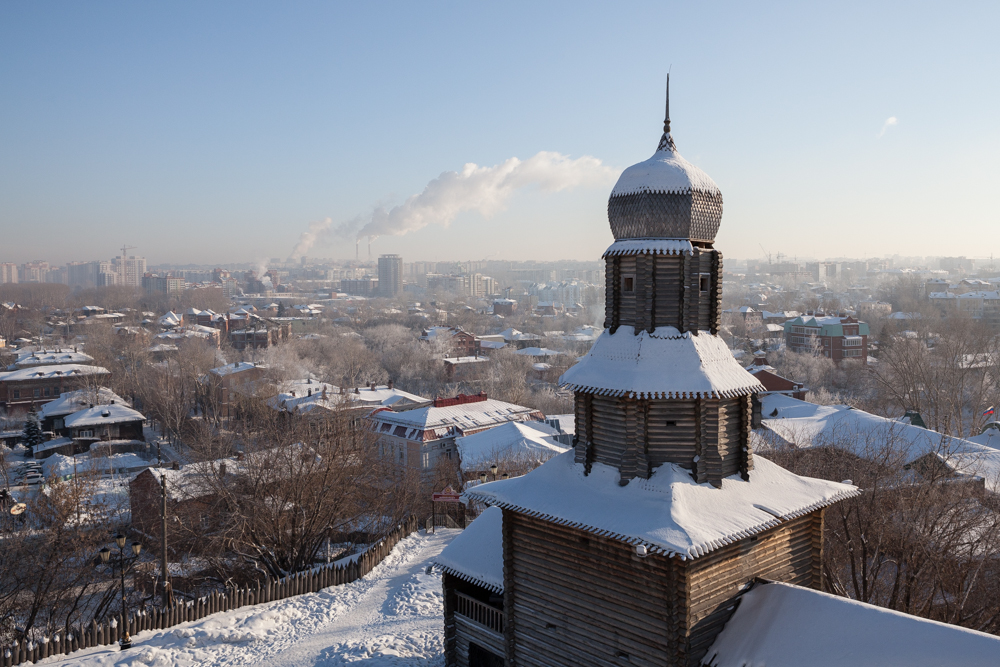
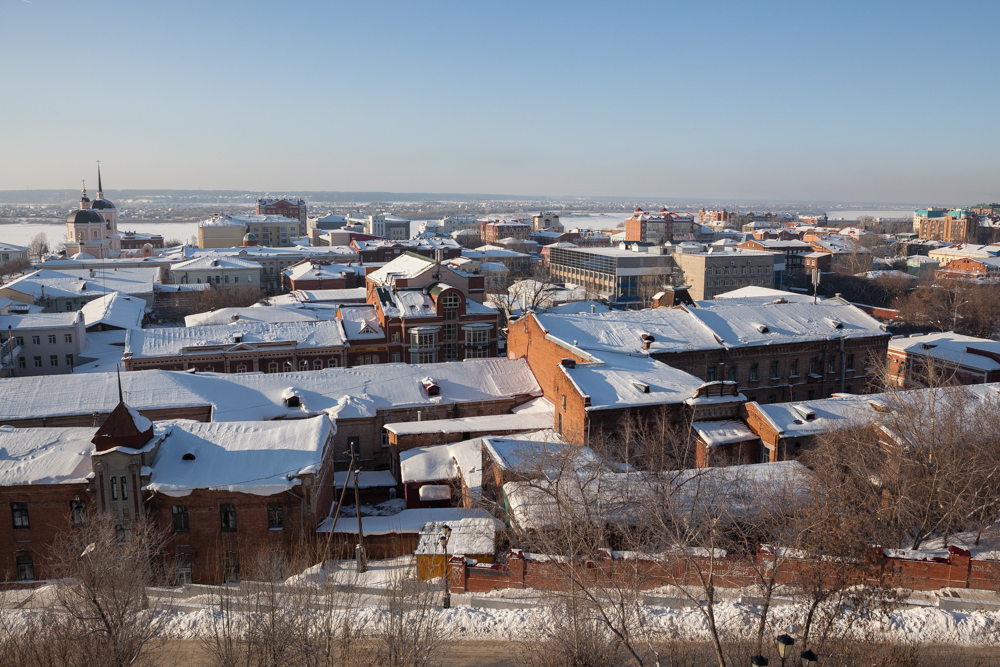
City View - Tomsk, Russia
Posted Friday. February 19, 2016 — 03:01

ICE WORKERS - SVIYAZHSK, RUSSIA
Plunge their chainsaws into the water to unfreeze it, lift ice blocks of several hundred kilos in unison and brave the siberian
cold and the blowing snow. This is what Maxime, Dima, Yuri and the others face up daily to prepare one of the most popular
orthodox events in Russia: Epiphany.
Orthodox religion, prohibited by the communist regime from 1928 to 1941 by Stalin, then instrumentalized, has taken the bull
by the horns since the fall of the USSR. On 19 of January, the day of Christ's baptism in the Jordan, hundreds of thousands
of faithful orthodox gather to celebrate this event. And every year, they are still more numerous.
The tradition is to take a dip into icy water holes as here, in Sviyazhsk, on the Volga. During the ceremony, the water is
blessed by the main father of the monastery, Hegumen Siluan. Three times, Russian, sometimes sturdy, sometimes skinny,
hold their breath and put their noggin underwater. They gush out right away, besieged by water sprays, their pendants
fluttering in the air and the cold tensing their muscles.
The thermometer showing -30 degrees regularly in this season, the return is on the double after slipping on a bathrobe and
wet socks. Wives and husbands less valorous, who have only looked, at their heels. Some are just filling bottles of holy
water and bringing them home to wash, to drink or to sprinkle formica table and linoleum profusely to purify their interior.
To see the entire set of pictures, click HERE.
(FR)
Plonger leurs tronçonneuses dans l’eau pour qu’elle dégèlent, soulever des blocs de glaces de plusieurs centaines de
kilos à l’unisson et braver le froid sibérien et les rafales de neige. Voilà ce que Maxime, Dima, Yuri et les autres encaissent
quotidiennement pour préparer l’un des évènements orthodoxes le plus populaire de Russie: l’Epiphanie.
La religion orthodoxe, interdite par le régime communiste de 1928 à 1941 par Staline, puis instrumentalisée, a repris du poil
de la bête depuis la chute de l’URSS. Le 19 janvier, jour du baptême du Christ dans le Jourdain, des centaines de milliers de
fidèles orthodoxes se réunissent pour célébrer cet évènement. Et chaque année, ils sont toujours plus nombreux.
La tradition consiste à s’immerger dans des trous d’eau glacée comme ici, à Sviyazhsk, dans la Volga. Durant la cérémonie,
l’eau est bénie par le père principal du monastère, Hegumen Siluan. A trois reprises, des russes, tantôt vigoureux, tantôt
malingres, retiennent leur respiration et mettent leur caboche sous l’eau. Ils en ressortent aussitôt, à grande force de gerbes
d’eau, leurs pendentifs voltigeant dans les airs et les muscles tendus par le froid.
Le thermomètre indiquant régulièrement -30°C degrés à cette saison, le retour se fait au pas de course après avoir enfilé un
peignoir et des chaussettes mouillées. Les épouses et époux moins valeureux, qui n’ont fait que regarder, à leurs trousses.
Certains se contentent de remplir des bouteilles d’eau sainte qu’ils ramèneront chez eux pour se laver, boire ou asperger
meubles en formica et linoléum abondamment afin de purifier leur intérieur.
Pour voir l'intégralité de la série, cliquez ICI.
Posted Tuesday. February 9, 2016 — 23:45

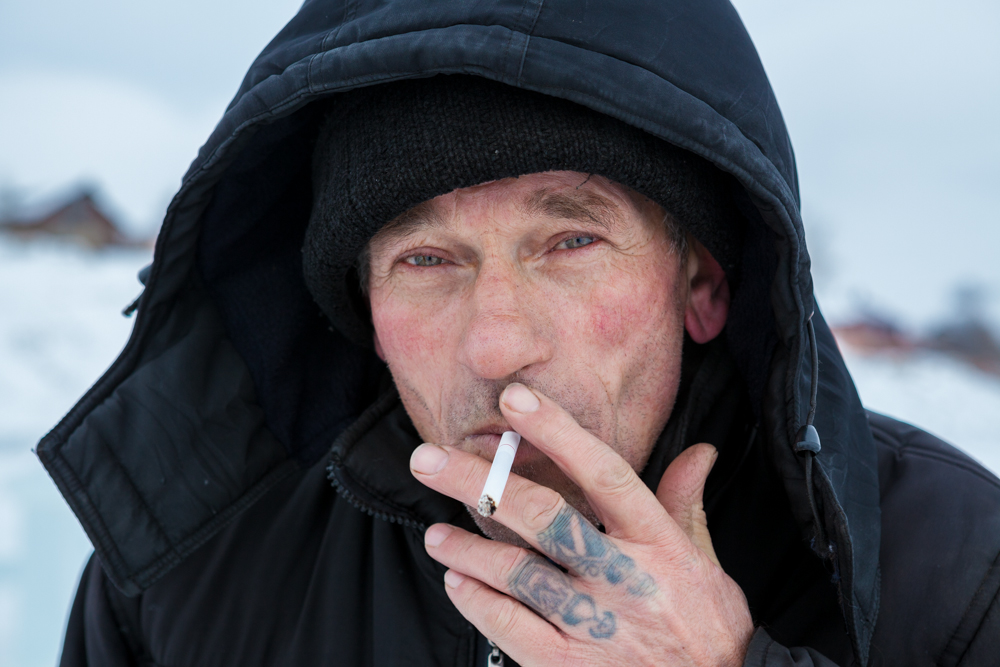
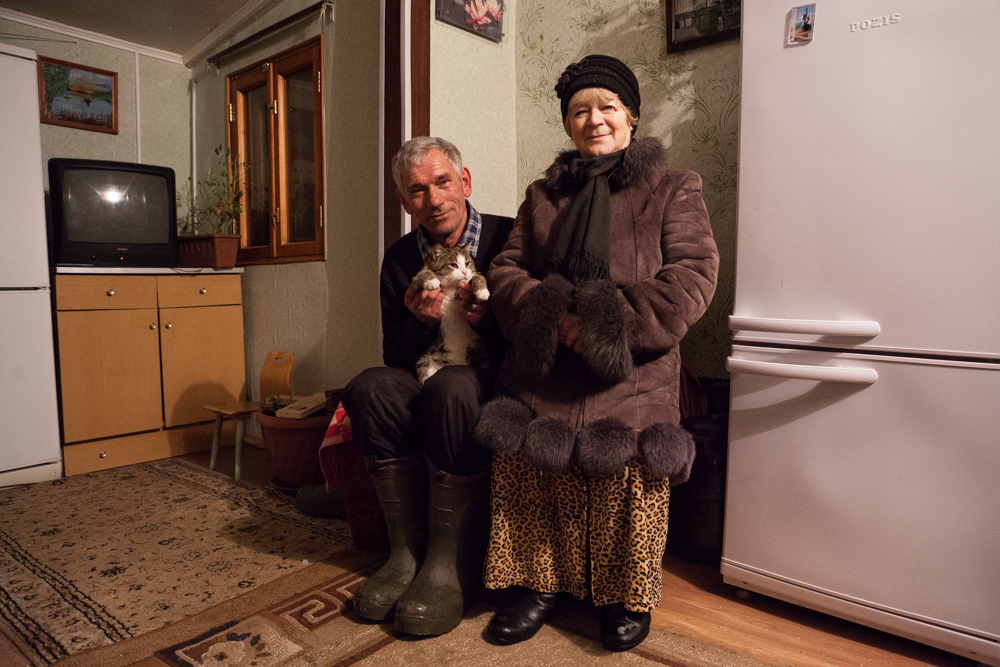
Гена (Gena), Builder of pigeon houses & her wife Вера (Vera), English teacher - Sviyazhsk, Russia
Posted Saturday. February 6, 2016 — 20:57

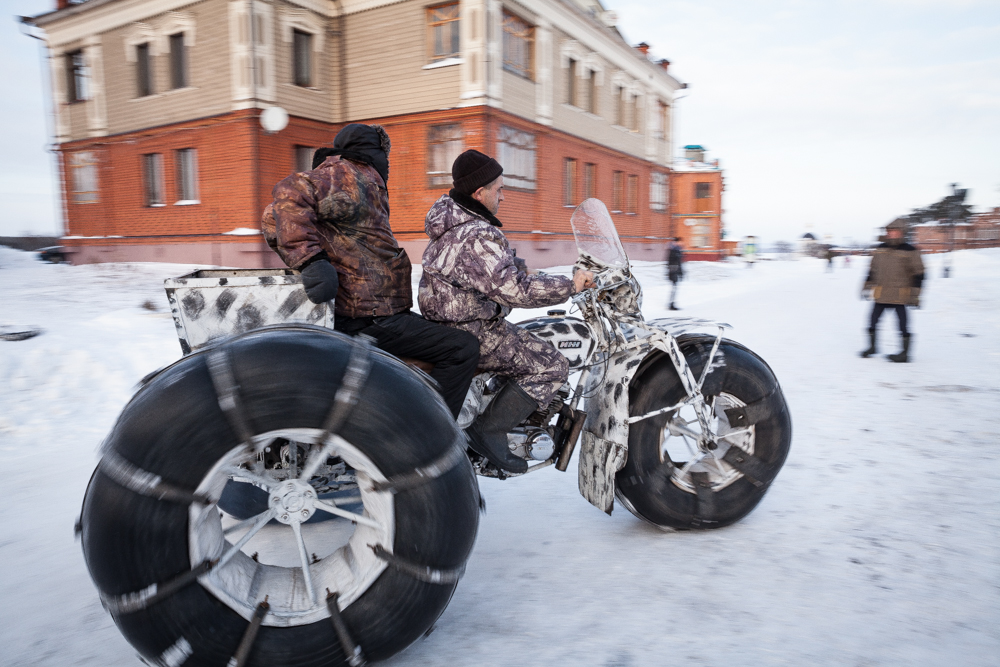
Fishermen parked at the minimarket - Sviyazhsk, Russia
Posted Saturday. February 6, 2016 — 20:50

Cathedral of the Icon of the Mother of God - Sviyazhsk, Russia
Posted Thursday. February 4, 2016 — 01:23

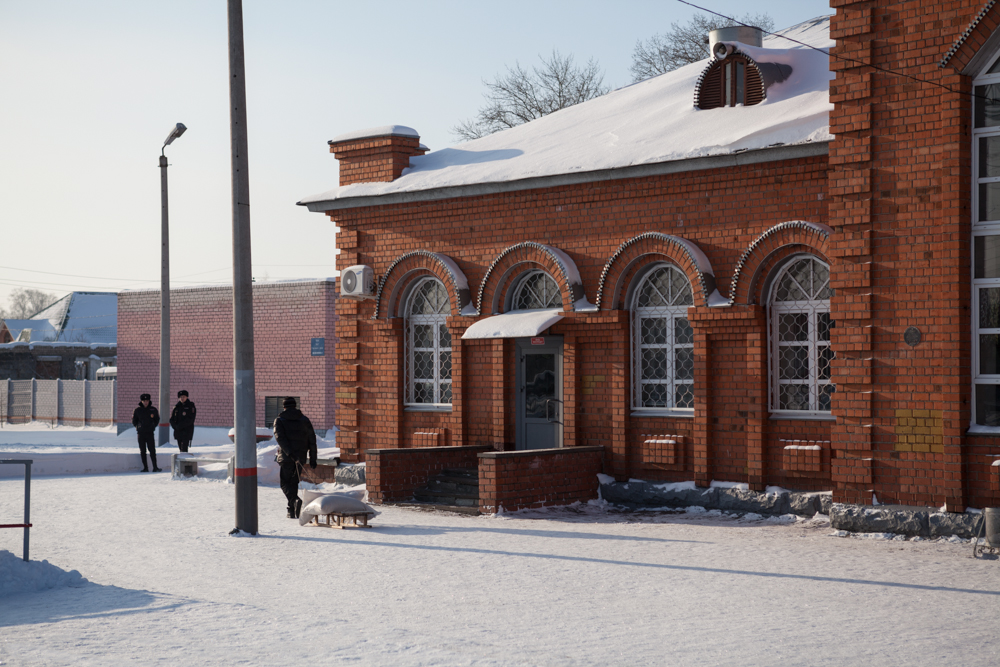
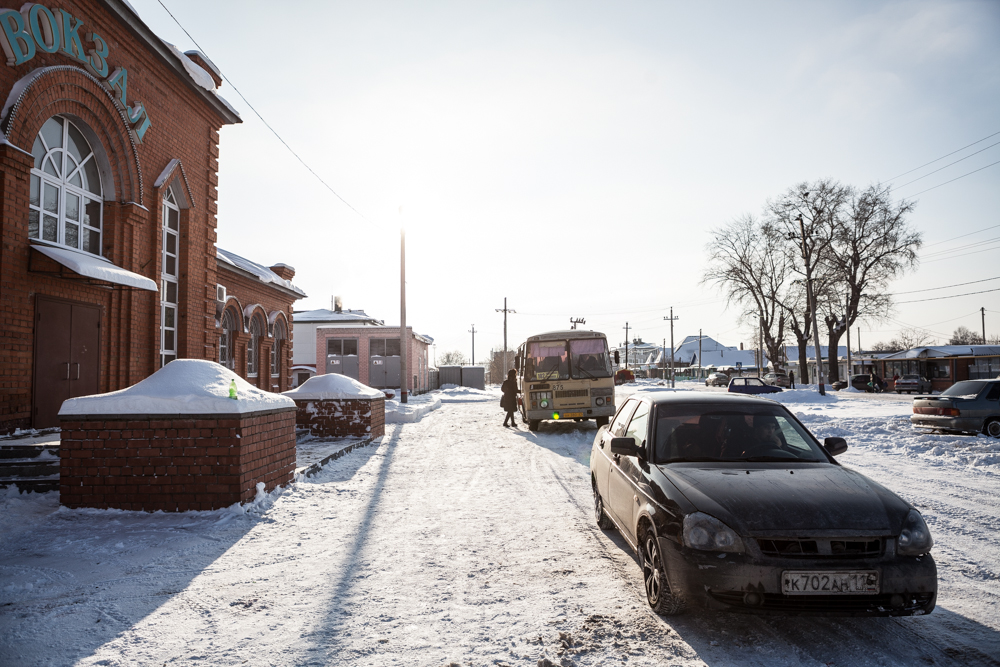
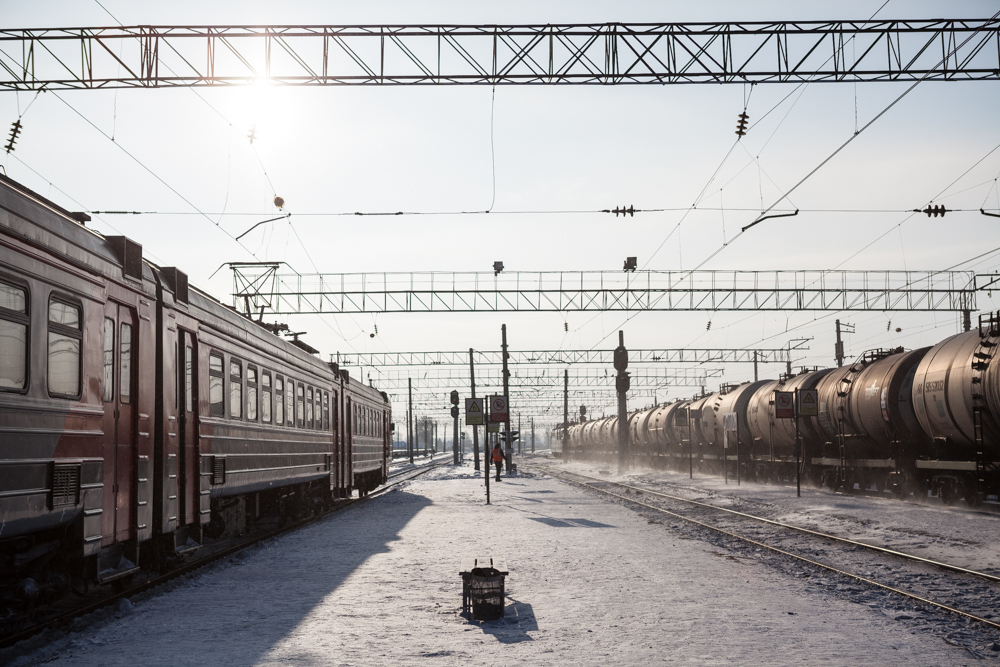
Train station - Sviyazhsk, Russia
Posted Tuesday. February 2, 2016 — 01:26

Cross-country skiing on the Volga River - Kazan, Russia
Posted Tuesday. February 2, 2016 — 01:13

Novoandreevskiy Bridge, Moskva River - Moscow, Russia
Posted Tuesday. February 2, 2016 — 00:50

Moscow Suburb, Russia
Posted Friday. January 29, 2016 — 01:10

RUSSIAN ACADEMY OF SCIENCES - MOSCOW, RUSSIA
The Russian Academy of Sciences occupies one of the most amazing buildings in Moscow: located on the Sparrow Hills,
it overlooks the city and can be seen from almost any slightly elevated point. It was built between 1980 and 1988
by a group of architects led by the president of the Russian Academy of Architecture, Yuri Pavlovich Platonov.
To see the entire set of pictures, click HERE.
(FR) L’Académie russe des Sciences occupe l’un des bâtiments les plus surprenants de Moscou : situé sur le Mont des
Moineaux, il domine la ville et peut être aperçu de presque n’importe quel point un peu surélevé. Il a été construit entre
1980 et 1988 par un groupe d’architectes mené par le président de l’Académie russe d’architecture, Iouri Pavlovitch
Platonov. Pour voir l'intégralité de la série, cliquez ICI.
Posted Tuesday. January 26, 2016 — 21:30

Red Square during christmas time - Moscow, Russia
Posted Tuesday. January 26, 2016 — 21:26

Church between Kitaï Gorod & Red Square - Moscow, Russia
Posted Thursday. January 14, 2016 — 20:32

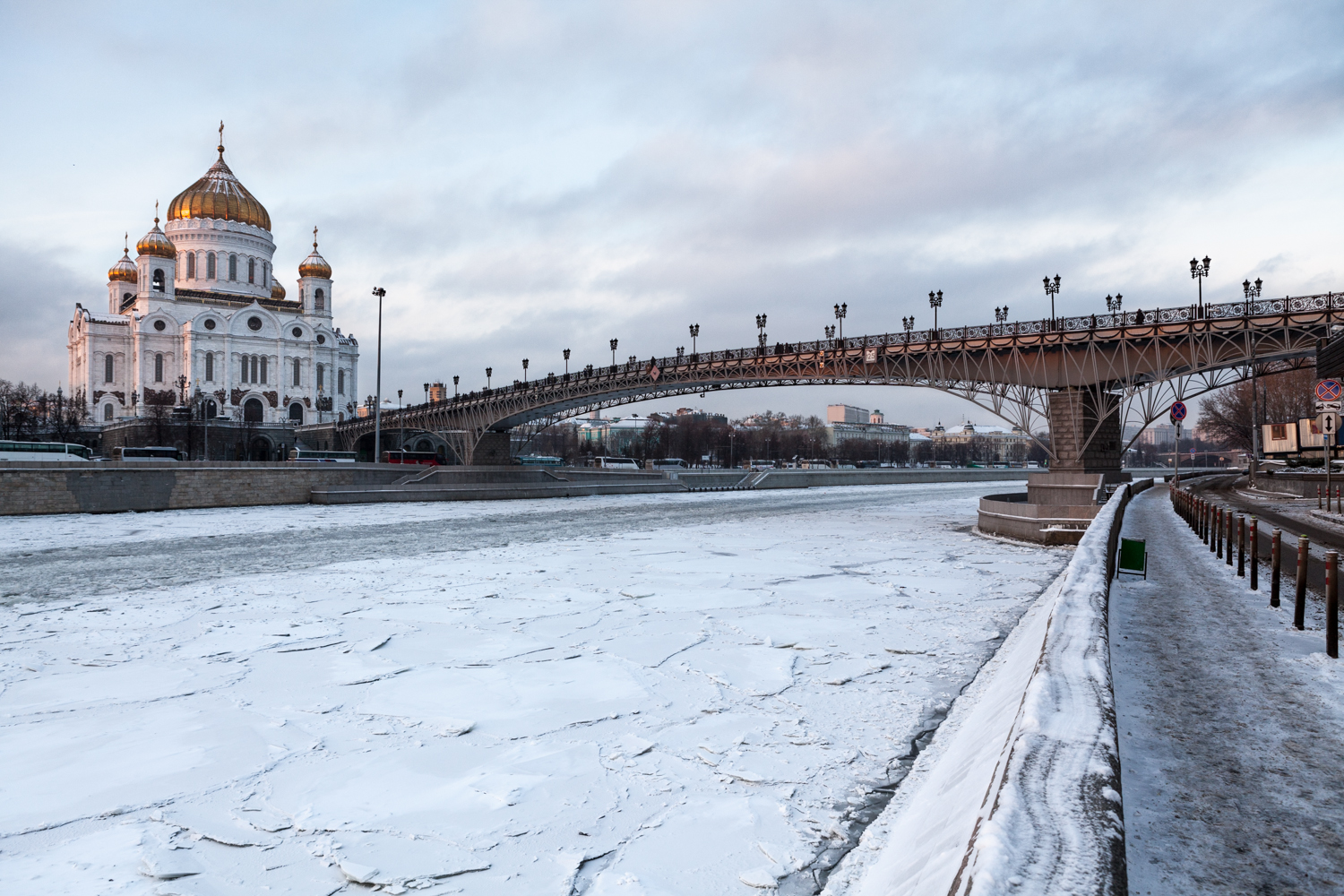
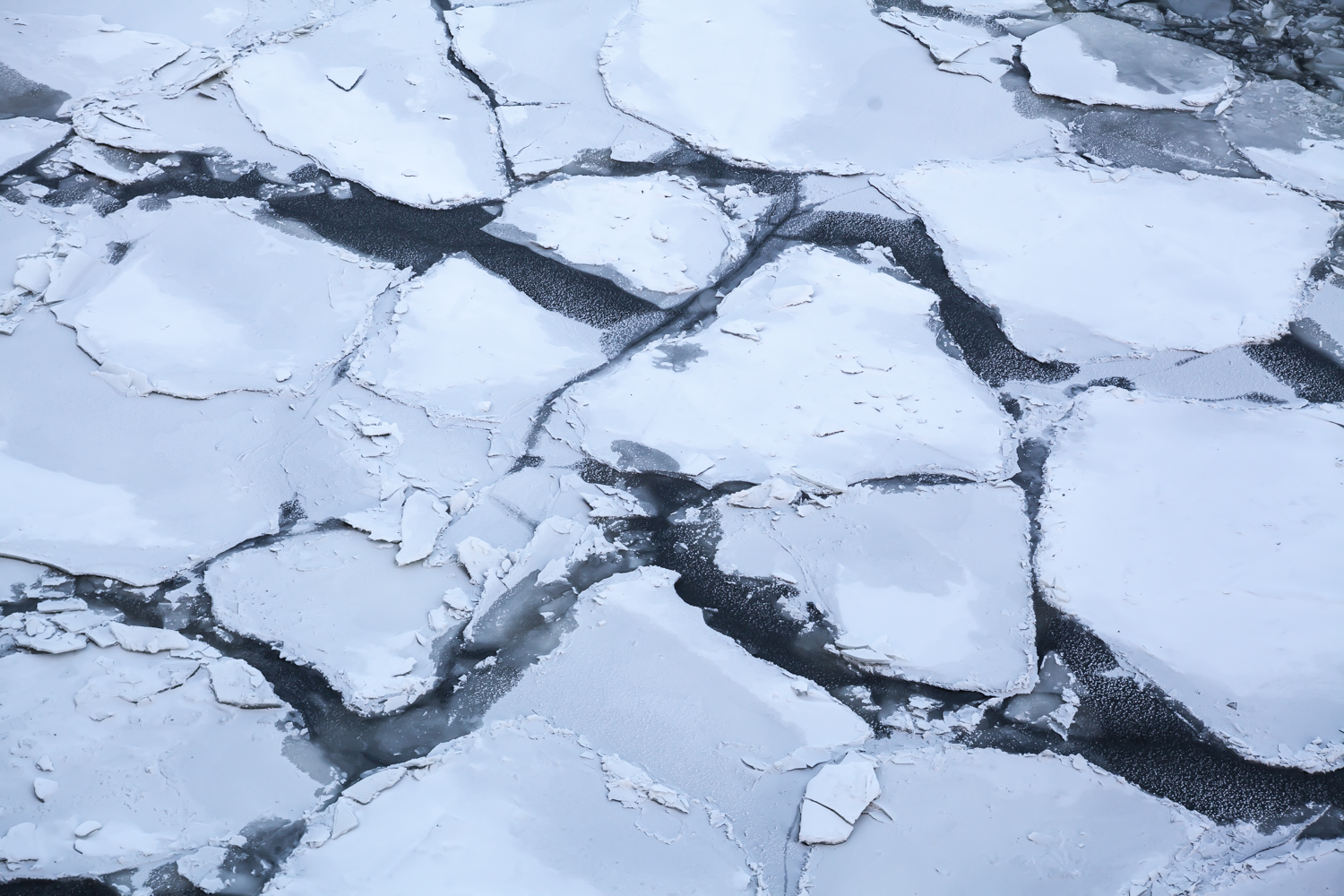
Moskva River - Moscow, Russia
Posted Tuesday. January 12, 2016 — 23:03

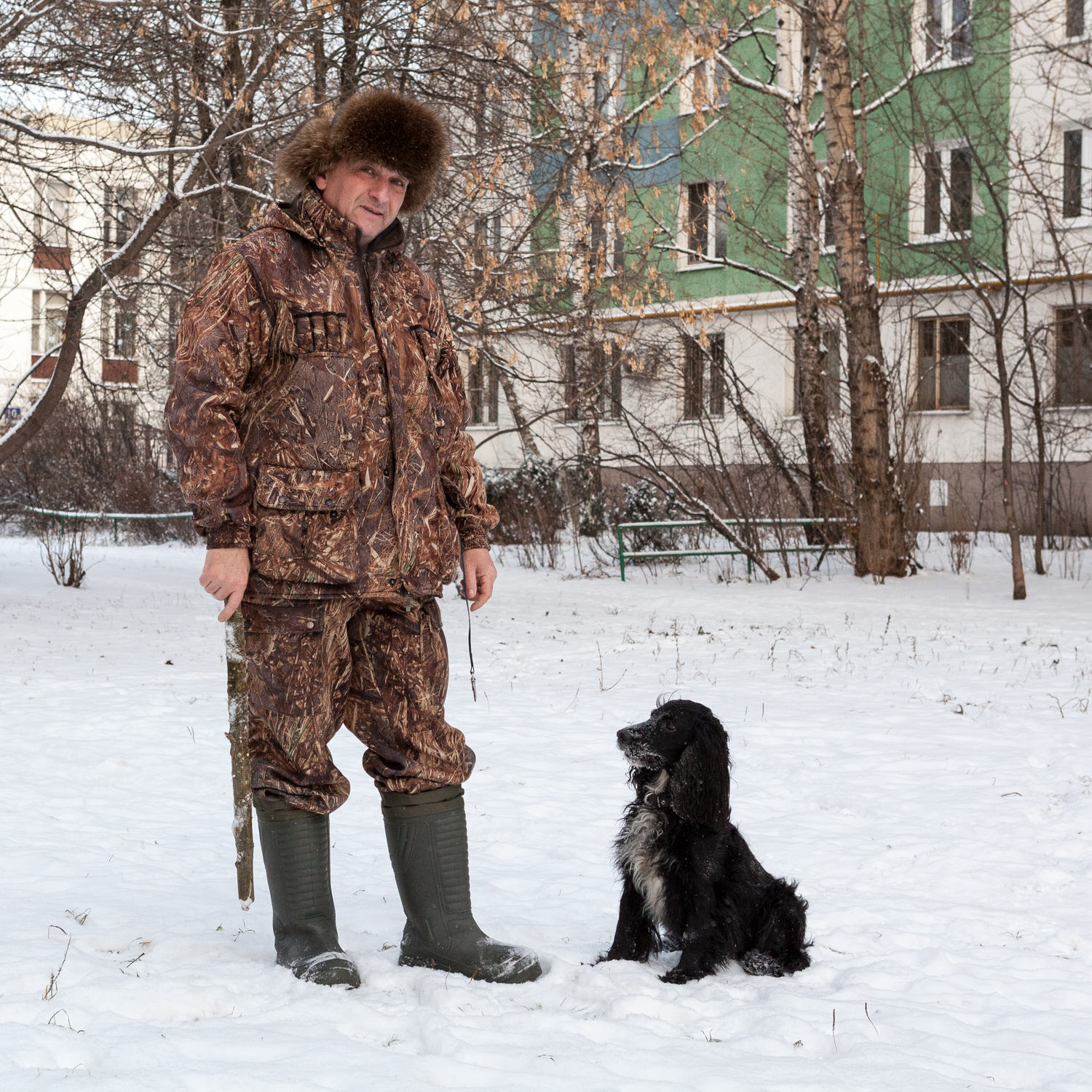
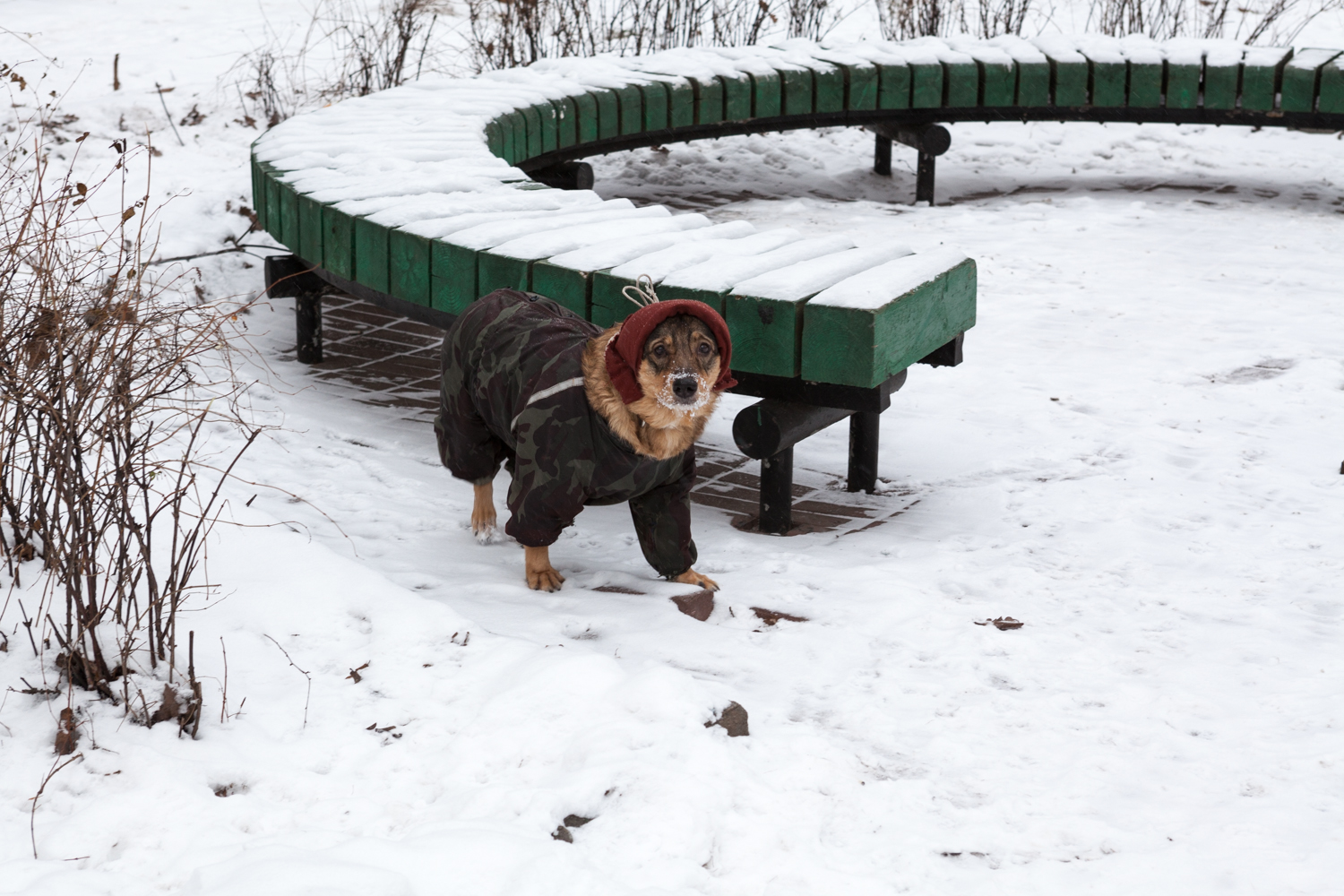
Moscow Suburb, Russia
Posted Friday. November 7, 2014 — 23:30

He Jian 36 years old, Owner of clothes shop - Hitchhiking Beijing-Puyang, China 06/11/2014 16h50
Posted Tuesday. November 4, 2014 — 21:47

徐风 (Xu Feng) 31 years old, Banker & his boss, 永军缪 (Yong Jun Miu) 37 - Hitchhiking Hohhot-Beijing, China 30/10/2014 17h30
Posted Tuesday. November 4, 2014 — 21:45

腾格尔 (Tengri) 28 years old, Officer in a building company - Couchsurfing Ordos, China 29/10/2014
Posted Tuesday. November 4, 2014 — 21:42

魏红叶 (Wei Hong Ye) 47 years old & his driver - Hitchhiking Qipanjingzhen-Ordos, China 27/10/2014 17h30
Posted Friday. October 17, 2014 — 17:45

Meng Fan Long 53 years old & Yulichuag 52, Doctors - Hitchhiking Wuyi Reservoir-Kumishizhen, China 17/10/2014 14h30
Posted Friday. October 17, 2014 — 17:24

Undefined Name 37 years old & Undefined Name 24, Long-distance Truck Drivers
Hitchhiking Wuyi Reservoir-Kumishizhen, China 17/10/2014 13h00
Posted Monday. October 6, 2014 — 19:57

ER ENISH - SHOLPON-ATA, KYRGYZSTAN
September 2014. A circle drawn in the sand, two fierce opponents and two stallions with an indomitable fighting spirit.
Here I am in the middle of a tournament of Er Enish in Kyrgyzstan for the first "World Nomad Games" ever held.
Muscles glistening with sweat and strained by the effort. Competitors mingled in a wild embrace. Beastliness of this
struggle is evident. In unison, man and horse fight to pull down their opponent. Mounts rear, prance and fall back with
all their weight breast against breast. Static for a moment pending a fatal hold, the second after galloping to escape the
grip of rival. The spectators split in half to let the diabolical procession pass. Following them, an overzealous judge
cracks his whip at all those around him to end this cavalcade.
To see the entire project follow the link, HERE.
(FR) Septembre 2014. Un cercle tracé sur le sable, deux féroces adversaires et des étalons d’une combativité à toute
épreuve. Me voilà en plein milieu d’un tournoi d’Er Enish au Kirghizistan pour les premiers « World Nomad Games »
jamais organisés.
Muscles luisants de sueur et tendus par l’effort. Membres entremêlés dans une étreinte sauvage. La bestialité de ce
combat est manifeste. D’un seul élan, homme et destrier luttent pour mettre à terre leur adversaire. Les montures se
cabrent, piaffent et retombent de tout leur poids poitrail contre poitrail. Un instant statique dans l’attente d’une prise
fatale, la seconde d’après au galop pour échapper à l’étau du rival. Le public se fend en deux pour laisser passer le
cortège diabolique. A leur suite, un juge un peu trop zélé fouette à tout va pour mettre un terme à cette cavalcade.
Pour voir l'intégralité du projet, cliquer ICI.
Posted Monday. September 29, 2014 — 13:42

KOK BORU - SHOLPON-ATA, KYRGYZSTAN
September 2014. The first World Nomad Games are organized in Kyrgyzstan. The hasard does that I’m only three hours
away from this major event of Central Asia. Neither one, nor two, I jump in a Marshrutka - local minibus - to see it more
closely. Here, folklore is everywhere and traditional sports of this competition do not break the rules.
My favorite, the Kok Boru, consists to lug around a decapitated goat from one end to the other of the ground by trying to
throw it at full gallop in a circular goal. These extraordinary athletes compete of stunts to lift the 25 pounds of the animal
at arm’s length and escape their pursuers. They fall, are trampled by ten stallions and snap back in the saddle in the
second. Hooves hammer the ground and the bodies of beasts collide in the greatest violence. Dust clouds twirl to the
rhythm of clashes. The dried blood of injuries crystallizes the bravery of these supermen.
To see the entire project follow the link, HERE.
(FR) Septembre 2014. Les premiers jeux mondiaux nomades sont organisés au Kirghizistan. Le hasard fait que je ne suis
qu’à trois heures de route de cet évènement majeur d’Asie Centrale. Ni une, ni deux, je saute dans un Marshrutka - le
minibus local - pour voir ça de plus près. Ici, le folklore est au rendez-vous et les sports traditionnels de ce tournoi ne
dérogent pas à la règle.
Mon favori, le Kok Boru, consiste à trimballer une chèvre décapitée d’un bout à l’autre du terrain en tentant de la lancer
à plein galop dans un but circulaire. Ces athlètes hors norme rivalisent d’acrobaties pour soulever les 25 kilos de l’animal
à bout de bras et échapper à leurs poursuivants. Ils chutent, se font piétiner par une dizaine d’étalons et se remettent en
selle dans la seconde. Les sabots martèlent le sol et les corps des bêtes s’entrechoquent dans la plus grande violence.
Des nuages de poussières virevoltent au rythme des affrontements. Le sang séché des blessures cristallise la bravoure
de ces surhommes. Pour voir l'intégralité du projet, cliquer ICI.
Posted Tuesday. September 16, 2014 — 21:12
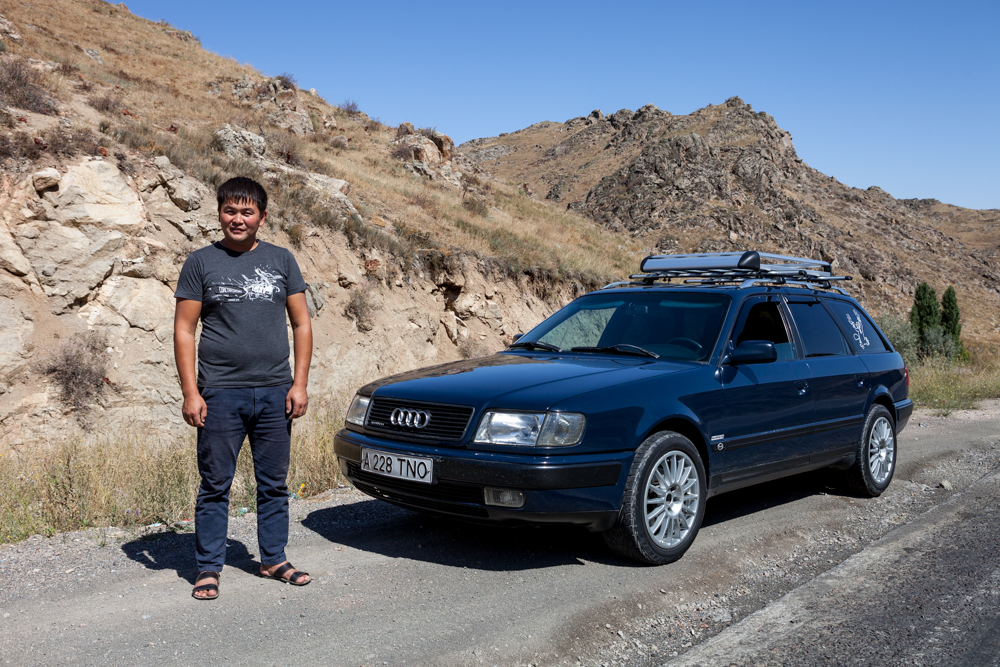
Arman 31 years old, Smuggler - Hitchhiking Almaty-Korday, Kazakhstan 08/09/2014 12h30
Posted Friday. September 05, 2014 — 01:44
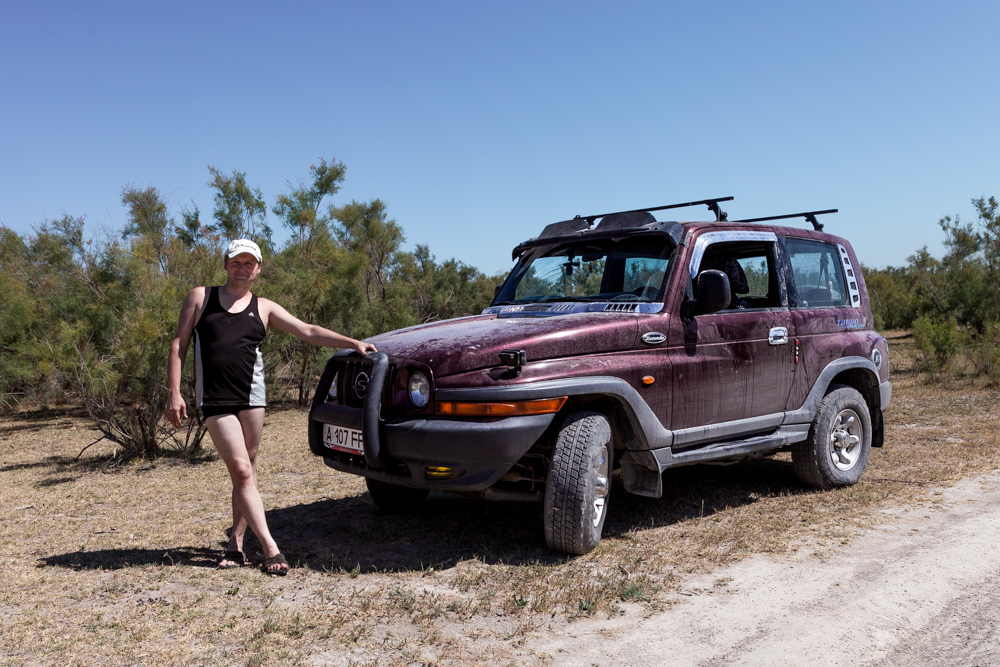
Alexis 34 years old, Seller - Hitchhiking Almaty-Kapshagay, Kazakhstan 31/08/2014 14h30
Posted Saturday. August 30, 2014 — 14:12
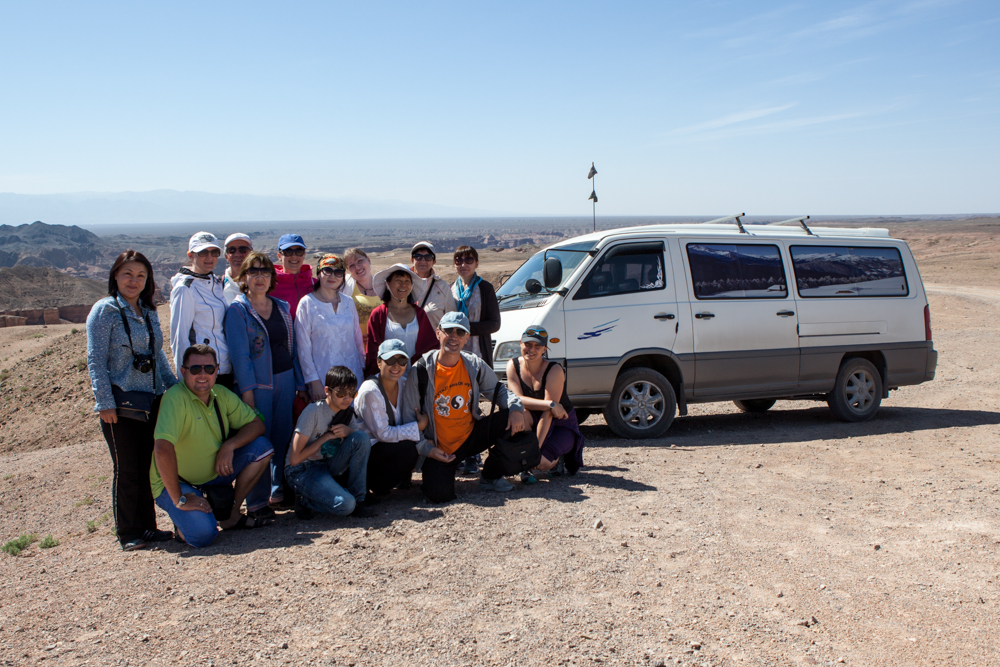
Rabiga 40 years old, Office manager in a oil company. Ludmila 60, Retired. Svetlana 35, Housewife. Natalya 36, Housewife.
Vladimir 65, Neurophysiologist. Oxana 38, Finance Manager. Zauresh 42, Booker in a travel agency. Maya 45, Masseuse.
Rosa 50, Housewife. Saule 64, Retired (ex-microbiologist). Natalya 35, Bookkeeper. Osman 47, Cigun Instructor and his
wife Raushan 46, Cigun instructor. Alihan 15, Schoolboy. Constantin 37, Driver.
Hitchhiking Sharyn Canyon-Kokpek, Kazakhstan 28/08/2014 11h30
Posted Saturday. August 30, 2014 — 14:09
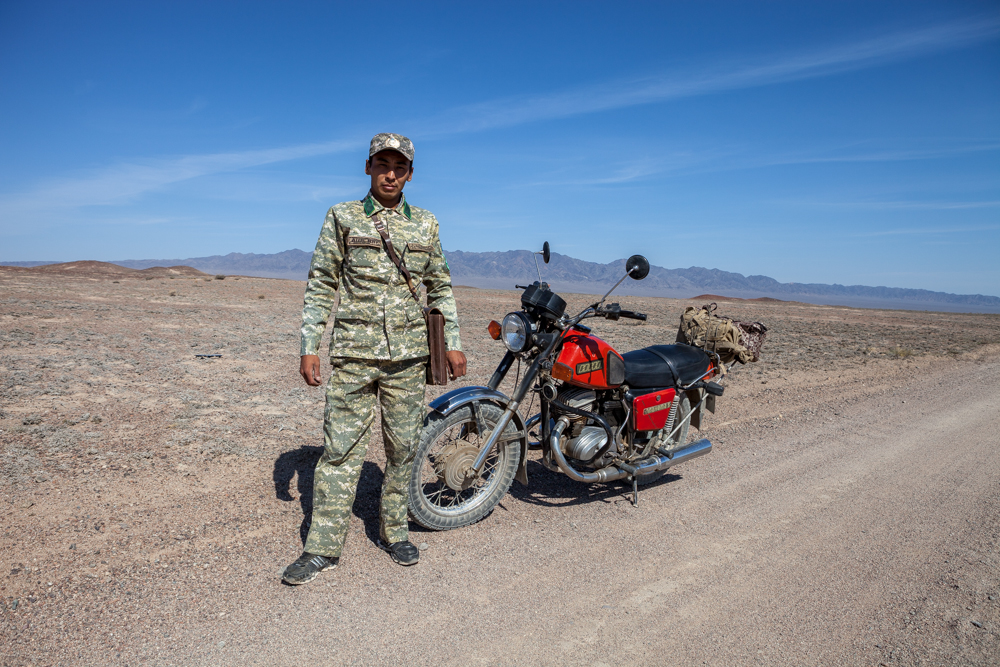
PИHA (Rina) 26 years old, Inspector - Hitchhiking Sharyn Canyon (Main Road)-Sharyn Canyon (Sightseeing), Kazakhstan
28/08/2014 11h00
Posted Saturday. August 30, 2014 — 14:05
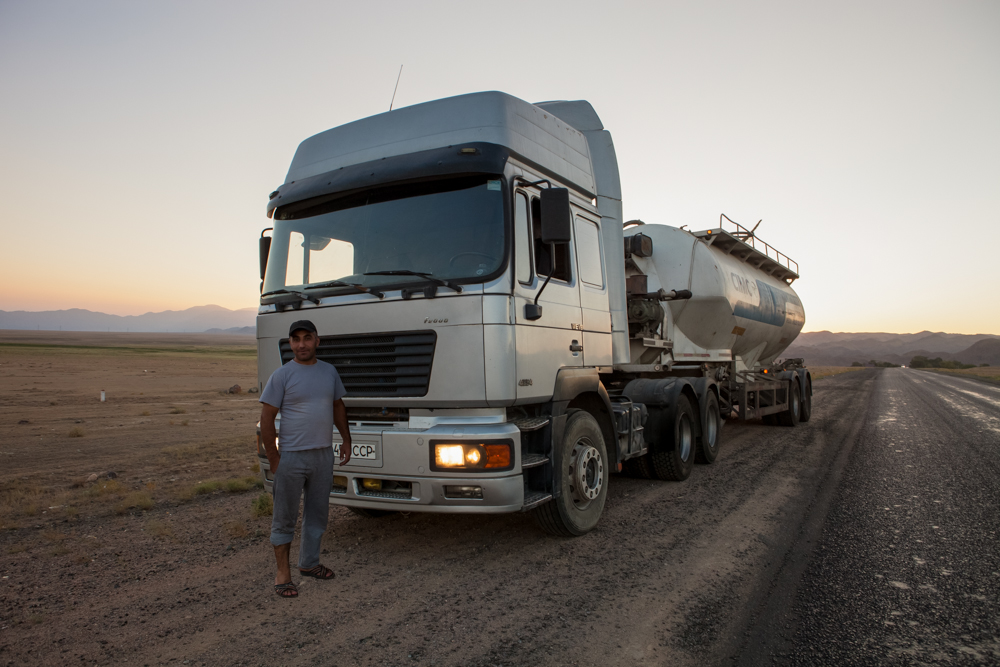
Edar 35 years old, Long-distance Truck Driver - Hitchhiking Akshiy-Sharyn Canyon, Kazakhstan 27/08/2014 18h30
Posted Sunday. August 17, 2014 — 00:19

MYPAT (Murat) 41 years old, Long-distance Truck Driver - Hitchhiking Makat-Oktyabrsk, Kazakhstan 15/08/2014 9h00
Posted Sunday. August 17, 2014 — 00:19

Luciano 67 years old, Photography Teacher Retired (Italian) - Hitchhiking Beyneu-Dossor, Kazakhstan 14/08/2014 13h00
Posted Sunday. August 17, 2014 — 00:16

Vladimir 21 years old, Mecanician. Anastasia 20, Merchant & Christina 18, Manicurist
Hitchhiking Shetpe-Beyneu, Kazakhstan 13/08/2014 13h00
Posted Sunday. August 17, 2014 — 00:09

Louis 25 years old, Cooper (From France). Dima 33, Driver & Benoit 25, Drilling Engineer (From France)
Hitchhiking Aktau-Shetpe, Kazakhstan 12/08/2014 11h30
Posted Sunday. August 3, 2014 — 14:51

Emin 25 years old, Architect & Ucal 26, Diplomat - Hitchhiking Qabala-Ismayilli, Azerbaijan 02/08/2014 13h50
Posted Sunday. August 3, 2014 — 14:45

Hassan 23 years old, Judoka & Emin 25, Jeweler - Hitchhiking Yevlax-Qabala, Azerbaijan 01/08/2014 17h30
Posted Sunday. August 3, 2014 — 14:41

Sakhib 38 years old, Director of a police school & Rovshan 35, Major - Hitchhiking Gəncə-Yevlax, Azerbaijan 01/08/2014 16h20
Posted Sunday. August 3, 2014 — 14:34

Hakim 23 years old, Non-Governmental Organization Leader & his mother Fazile 43, Housewife
Couchsurfing Gəncə, Azerbaijan 01/08/2014
Posted Thursday. July 31, 2014 — 17:35
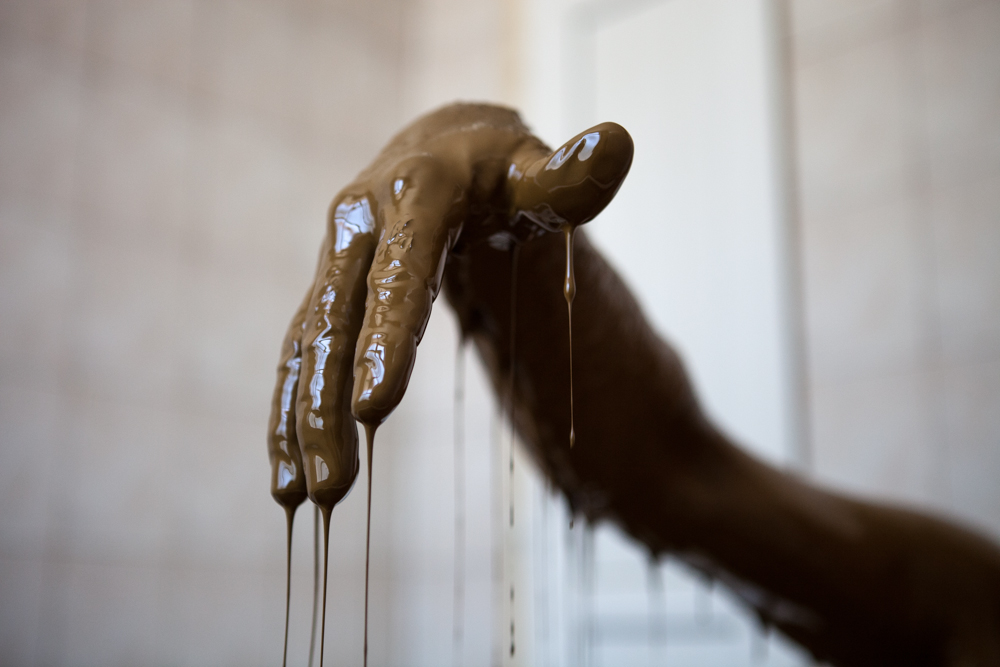
PETROLEUM SPA - NAFTALAN, AZERBAIJAN
Black gold up to their neck, customers of the « Miracle Health Center » dabble. Forgotten arthritis and rheumatism.
Farewell psoriasis and eczema. Ten minutes a day, the oil bath would cure all their ills. Problems of knuckles or with the
nervous system, the miraculous effects of this treatment satisfy young and less young, from 7 to 77 years old.
GPS Coordinates of Naftalan shows that it is located 360 kilometers east of Baku, capital of Azerbaijan. It is one of the few
cities in the world to benefit of an oil field containing 50% naphthalene. This crude oil, too heavy to be marketed and
gorge our beloved motor vehicles, is mainly used in the balneotherapy. Many researches have been conducted to justify
these therapeutic properties. The majority of them agreeing on their positive effects in the aforementioned ailments, but
it remain a gray area. Indeed, naphthalene is an hydrocarbon which could be carcinogenic. To see the entire project follow
the link, HERE.
(FR) De l’or noir jusqu’au cou, les clients de « Miracle Health Center » barbotent. Aux oubliettes l’arthrite et les rhumatismes.
Adieu psoriasis et eczéma. Dix minutes par jour, ce bain les guériraient de tous leurs maux. Des problèmes d’articulation au
système nerveux, les effets miraculeux de cette cure satisfont jeunes et moins jeunes de 7 à 77 ans.
Les coordonnées GPS de Naftalan indique qu’elle se situe à 360 kilomètres à l’est de Baku, la capitale de l’Azerbaïdjan.
Elle serait une des rares villes de la planète à bénéficier d’un gisement pétrolier contenant 50% de naphtalène. Ce pétrole
brut, trop lourd pour être commercialisé et gorger nos chers véhicules motorisés, est utilisé essentiellement dans la
balnéothérapie. De nombreuses recherches ont été menées pour légitimer ces propriétés thérapeuthiques. La majorité
d’entre elles s’accordant sur leurs effets positifs dans les maux précités, ils restent toutefois une zone d’ombre. En effet,
le naphtalène est un hydrocarbure qui pourrait être cancérigène. Voir l'intégralité du projet, ICI.
Posted Tuesday. July 29, 2014 — 21:48
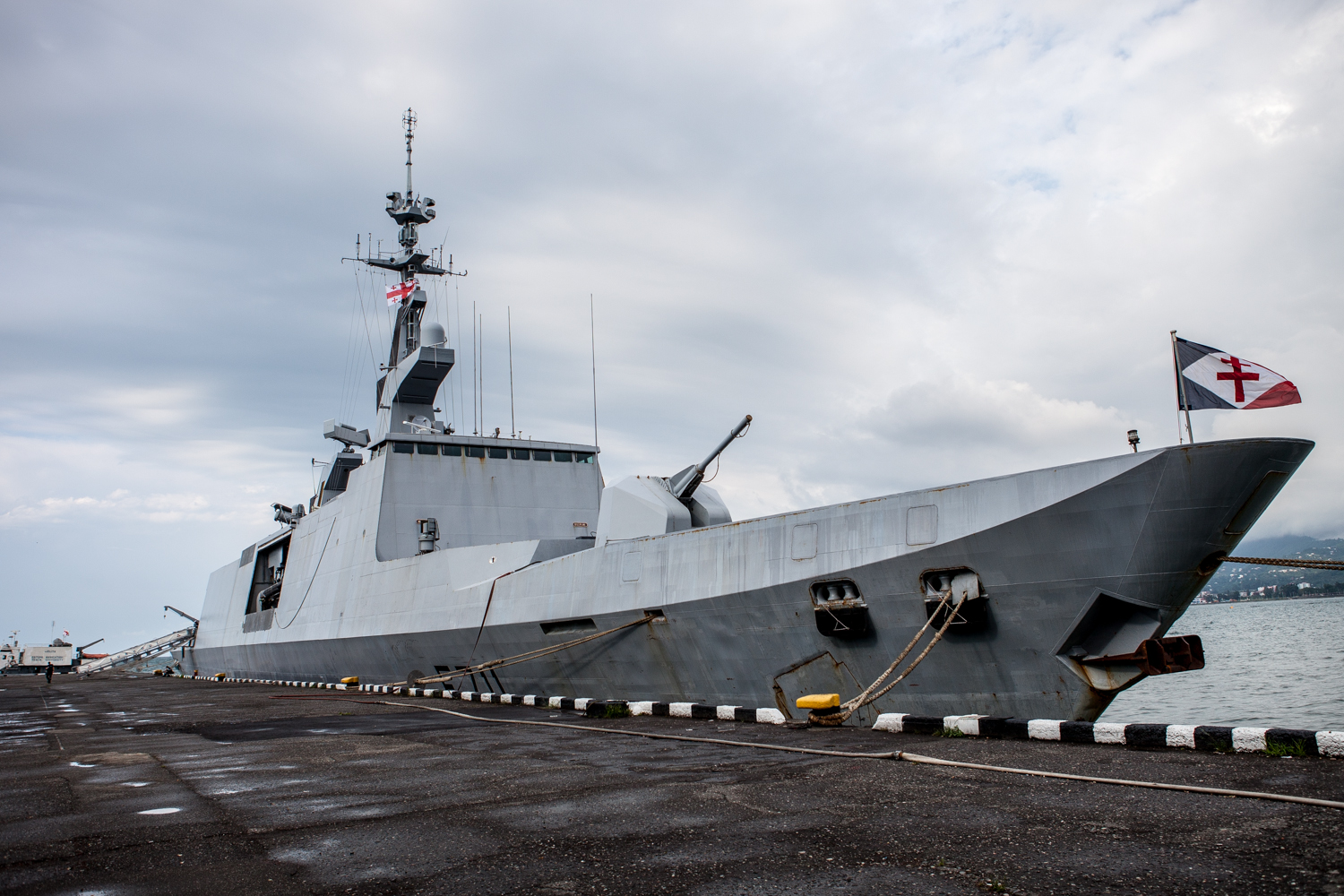
SURCOUF - BATUMI, GEORGIA
July 2014. After the recent events involving Ukraine and Russia, a french military boat patrol trying to intercept some
confidential information from the sovietic country. This ship is called Surcouf. The captain of the frigate, Thomas Fraioli,
has for mission to navigate during 21 days with his crew of 160 marines. According to the law, they can't stay more time
in the waters of the Black Sea. To see all the pictures of my project, click HERE.
(FR) Juillet 2014. Après les récents évènements impliquant l'Ukraine et la Russie, un bâtiment militaire français patrouille
pour essayer d'intercepter des messages confidentiels provenant de la fédération soviétique. Cette frégate, ayant pour
nom Surcouf, est commandée par le capitaine Thomas Fraioli. Celui-ci a pour mission de naviguer durant 21 jours avec son
équipage de 16O marines. Conformément à la loi, ils n'ont pas le droit de rester plus longtemps dans les eaux de la Mer
Noire. Pour voir toutes les photos de ce projet, cliquez ICI.
Posted Sunday. July 27, 2014 — 22:28

Bsik 28 years old, Footballer - Hitchhiking Tbilissi-Marneuli, Georgia 26/07/2014 16h15
Posted Sunday. July 27, 2014 — 22:27

Alexandre 31 years old, Unemployed - Couchsurfing Tbilissi, Georgia 26/07/2014
Posted Tuesday. July 22, 2014 — 16:00

Guela 55 years old, Artist & Founder/Director of a contemporay art center - Couchsurfing Batumi, Georgia 21/07/2014
Posted Friday. July 18, 2014 — 01:51

Imeda (alias Qimera) 28 years old, Air Conditioner Repairman - Hitchhiking Siktarva-Samtredia, Georgia 17/07/2014 19h45
Posted Friday. July 18, 2014 — 01:47
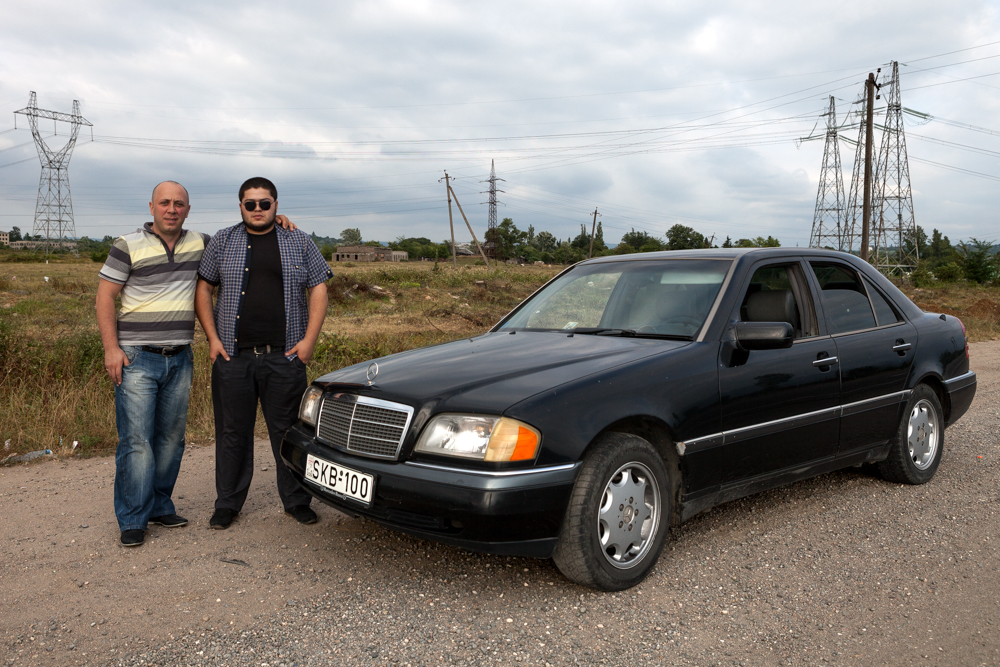
Koba 30 years old & Giorgi 22, Owners of a doors business - Hitchhiking Mtskheta-Siktarva, Georgia 17/07/2014 18h30
Posted Friday. July 18, 2014 — 01:45

Tato 33 years old, Actor & David 40, Actor - Hitchhiking Tbilisi-Mtskheta, Georgia 17/07/2014 15h45
Posted Friday. July 18, 2014 — 01:40
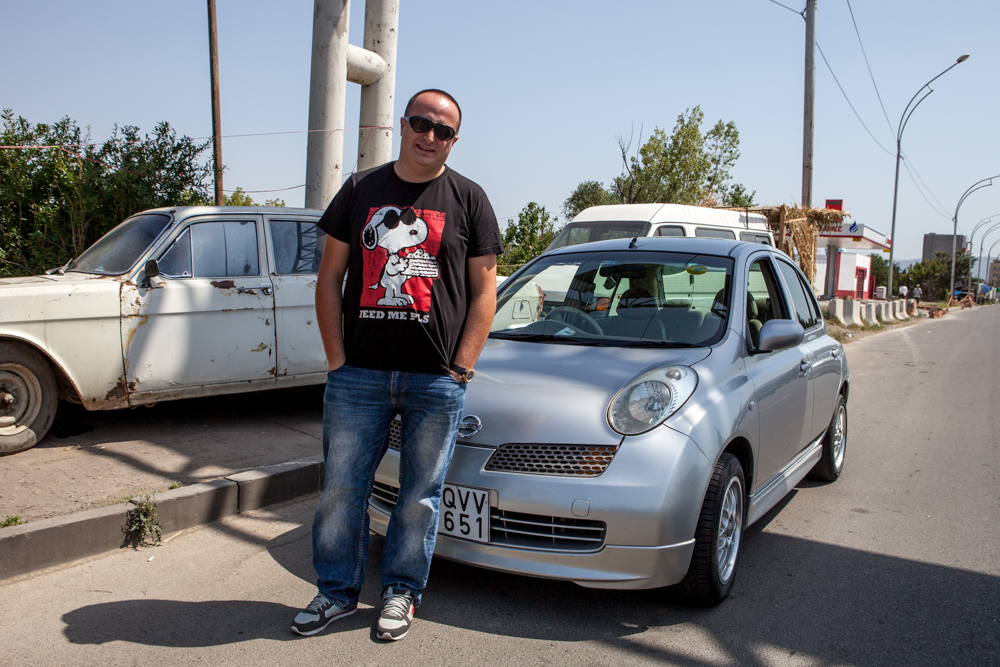
George 26 years old, Cosmetic supplier - Hitchhiking Tbilisi(north)-Tbilisi(south), Georgia 17/07/2014 15h00
Posted Friday. July 18, 2014 — 01:38

Negar 25 years old, Graphist & Pooyan 37, Photographer/Filmmaker (From Iran) - Couchsurfing Tbilisi, Georgia 09/07/2014
Posted Sunday. July 6, 2014 — 22:52

Onder 33 years old, Chemist in a hospital laboratory & Ayla 31, Obstetrician/Gynecologist with their dog: Mamba 4
Couchsurfing Doğubayazıt, Turkey 02/07/2014
Posted Sunday. July 6, 2014 — 22:26

THE WRESTLERS - ISTANBUL, TURKEY
This Turkish traditional wrestling is practiced outdoors on an area of dry earth or grass. It existes since 1361 and was
invented during the reign of Sultan Orhan Gazi. Before the fight, the Yağcı (oiler) helps wrestlers to cover themselves
with olive oil so that their opponent is more difficult to find grip.
Wrestlers fight topless and they wear only a kıspet. These pants in buffalo skin or cowhide, tightly below the knee, weighs
about 12 pounds. Previously, wear kıspet was considered as a very important event and was giving rise to a ceremony.
Wrestlers had to get the rank of "Pehlivan" before being allowed to wear it. Pehlivan is a Persian word which means hero,
courage and bravery. This term is also used to describe someone solid and honest. The aim of the Pehlivan is to become
Başpehlivan (head wrestler or champion) to Kırkpınar. It’s in this city that takes place the greatest tournament of Yağlı
gures (Turkish traditional wrestling). It is located near Edirne, north-western Turkey. Whoever gets the title of Bas (head)
three consecutive years awarded the prestigious gold belt of 14 carat and 1.5 kg. Formerly, the winner received a sheep
for prize of his bravery.
During the competition, all fighters are aligned along one side and the "cazgır" (advertiser) introduced pehlivans announcing
their names, titles and skills with appropriate verses and prayers. Then, wrestlers go on the field, begin a series of warm-up
exercise composed of harmonious movements called "peşrev". Musicians, along the pitch, accompanies them by playing
"davul" (drum) and "zurna" (clarinet).
To win the battle, the wrestlers must reverse their opponent by passing their hand under the waistband of the other one
and keep him upside down and legs in the air for a few seconds. This movement is called "Paça Kazik". Originally, matches
had no set time. Men fought until one of them establish its superiority. This could well last a day or two. From 1975, a time
limit was determined according to the category of the fighter. 40 minutes for Baspehlivan and 30 minutes for Pehlivan. If
there is no winner, the game continues for another 15 minutes - 10 minutes for category Pehlivan - until the score is in favor
of one or the other wrestlers.
To win the challenge, address and balance are more important than strength. There are six ways to be declared victor:
1 / Tackle his opponent's shoulders to the ground.
2 / Push his opponent on the buttocks or on the side with the belly apparent, even if the shoulders do not touch the ground.
3 / Lift the other wrestler by his pants and dropped him back ground.
4 / Take his opponent and make three steps.
5 / Disqualification. If the other fighter loses his or tears kıspet.
6 / Withdrawal. If the wrestler leaves the game by slamming the pants of his opponent or the floor crying: PES.
To see the entire project, click HERE.
(FR) Cette lutte traditionnelle turque se pratique en extérieur sur une étendue de terre sèche ou d’herbe. Elle existe
depuis 1361 et a été inventée sous le règne du sultan Orhan Gazi. Avant le combat, le yağcı (huileur) aide les lutteurs
à s’enduire d’huile d’olive pour que leur adversaire ait plus de mal à trouver prise.
Les lutteurs combattent torse nu et portent uniquement un kıspet. Ce pantalon en peau de buffle ou de vachette, serré
sous le genou, pèse environ 12 kilos. Auparavant, porter un kıspet était considéré comme un évènement très important et
donnait lieu à une cérémonie. Les lutteurs devaient obtenir le rang de « Pehlivan » avant d’être autorisé à le porter.
Pehlivan est un mot Persan qui signifie héros, courage et bravoure. On utilise également ce terme pour désigner quelqu'un
au corps solide et de parole honnête. Le but du Pehlivan est de devenir Başpehlivan (lutteur de tête ou champion) à Kırkpınar.
C’est dans cette ville qu’a lieu le plus grand tournoi de Yağlı Güreş (lutte traditionnelle turque). Elle est située près
d’Edirne, au Nord-Ouest de la Turquie. Celui qui obtient le titre de Bas (tête) trois années consécutives reçoit la prestigieuse
ceinture d’or de 14 carats d’un poids de 1,5kg. Autrefois, le vainqueur recevait un mouton pour prix de sa vaillance.
Lors de la compétition, tous les combattants s'alignent le long d'un côté du terrain et le « cazgır » (annonceur) introduit
les Pehlivans en annonçant leurs noms, titres et compétences avec les versets appropriés et des prières. Puis, les lutteurs
rentrent sur le terrain, commencent une série d’échauffements composés de mouvements harmonieux appelés « peşrev ».
Les musiciens, en bord de terrain, les accompagnent en jouant du « davul » (tambour) et du « zurna » (clarinette).
Pour remporter le combat, les lutteurs doivent renverser leur adversaire en passant la main sous la ceinture de celui-ci
et le maintenir tête en bas et jambes en l’air pendant quelques secondes. Ce mouvement est appelé « paça kazık ».
Originellement, les matchs n’avaient pas de durée définie. Les hommes se battaient jusqu’à ce que l’un d’eux finissent par
établir sa supériorité. Cela pouvait ainsi durer un ou deux jours. A partir de 1975, une limite de temps a été déterminée
selon la catégorie du combattant. 40 minutes pour les Baspehlivan et 30 minutes pour les Pehlivan. Lorsqu’il n’y avait pas
de vainqueur, le match continuait pendant 15 minutes supplémentaires - 10 minutes pour la catégorie Pehlivan - jusqu’à ce
que le score soit en faveur de l’un ou l’autre des lutteurs.
Pour remporter le défi, adresse et équilibre sont bien plus importantes que la force. Il y a six façons d’être déclaré vainqueur:
1/ Plaquer les deux épaules de son adversaire au sol.
2/ Faire tomber son l’adversaire sur les fesses ou sur le coté le ventre apparent, même si les épaules ne touchent pas terre.
3/ Soulever l’autre lutteur par le pantalon et le plaquer dos au sol.
4/ Porter son adversaire et faire trois pas.
5/ La disqualification. Si l’autre combattant perd ou déchire son kispet.
6/ L’abandon. Si le lutteur quitte le jeu, en claquant le pantalon de son adversaire ou le sol en criant : PES.
Pour voir l'intégralité des photos liées à ce projet, cliquez ICI.
Posted Tuesday. July 1, 2014 — 23:31

Sinan 27 years old, Student in Biology Education & Yasmin 23, English Teacher with their three cats: Japan, Cleopatra
& Turuncu Kafa 1.5 months - Couchsurfing Erzurum, Turkey 30/06/2014
Posted Saturday. June 28, 2014 — 21:00

Nurettin 44 years old, Owner of a rent-a-car & Hatice 34, Housewife with their childs: Nurgül 7, Elif 6, Irem 4 & Mahmut 1.5
On the right, their cousin Zeynep 11 years old - Hitchhiking Mardin-Midyat, Turkey 26/06/2014 17h30
Posted Saturday. June 28, 2014 — 20:58

Serife 23 years old, English Teacher & Eymen 28, Turkish Teacher - Couchsurfing Mardin, Turkey 25/06/2014
Posted Saturday. June 28, 2014 — 20:55

Ahmet 25 years old, Mechanical Engineer Student - Couchsurfing Urfa, Turkey 24/06/2014
Posted Wednesday. June 25, 2014 — 02:14

Mehmut 22 years old, Tourism Student - Hitchhiking Harran (Culture House)-Harran (Old Door), Turkey 24/06/2014 14h30
Posted Wednesday. June 25, 2014 — 02:09

Ibrahim 32 years old, Adviser in claims management - Hitchhiking Adiyaman-Eskin, Turkey 23/06/2014 13h00
Posted Sunday. June 22, 2014 — 23:15

Mehmet 33 years old, Archaeologist & Tuuğbaa 25, Public administration Student
Hitchhiking Nemrut-Adiyaman, Turkey 22/06/2014 19h00
Posted Sunday. June 22, 2014 — 23:16

Murat 25 years old, English Teacher - Couchsurfing Adiyaman, Turkey 22/06/2014
Posted Sunday. June 22, 2014 — 23:15

Mustafa 30 years old, Technology of computer Teacher - Hitchhiking Avanos-Kayseri, Turkey 21/06/2014 14h05
Posted Sunday. June 22, 2014 — 23:13

Görkem 39 years old, Public administration and politics Teacher - Couchsurfing Avanos, Turkey 20/06/2014
Posted Thursday. June 19, 2014 — 12:35

士淵 Shih-Yuan 25 years old, Unemployed. Ex-Product Promoter (From Taiwan)
Hitchhiking Derinkuyu (Underground City)-Derinkuyu (Main Road), Turkey 18/06/2014 17:00
Posted Saturday. June 14, 2014 — 23:58

Evren 26 years old, Physical education teacher - Hitchhiking Troya-Assos, Turkey 11/06/2014 20:00
Posted Saturday. June 14, 2014 — 23:56
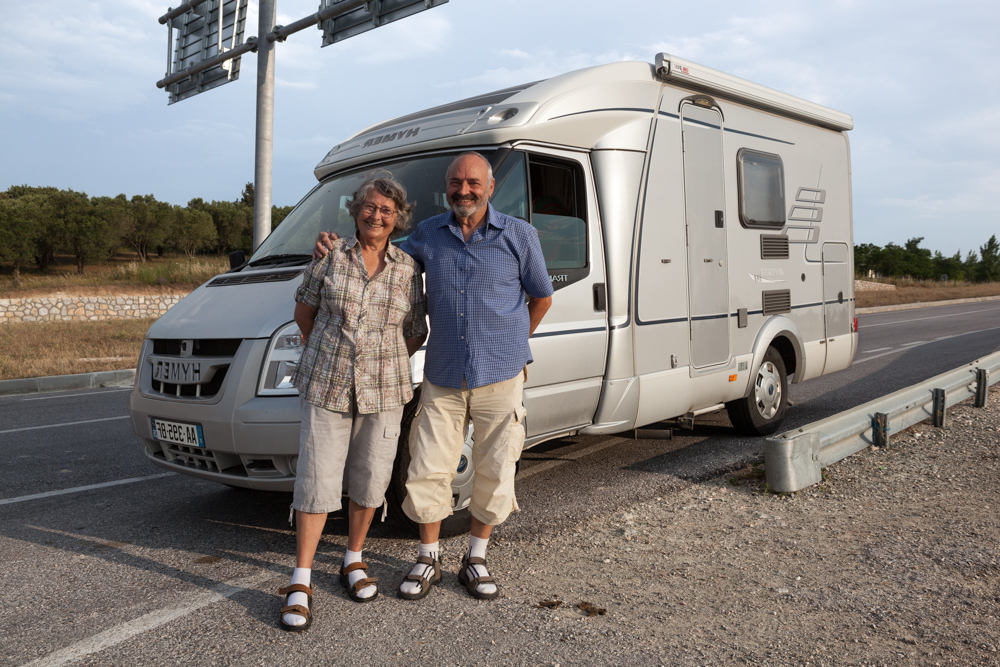
Claude 77 years old, Ex-Craftmans in metalwork & Colette 79, Ex-Accountant (from France)
Hitchhiking Çanakkale-Troya, Turkey 11/06/2014 19:00
Posted Saturday. June 14, 2014 — 23:55

Ahmet 35 years old, Agricultural Engineer - Hitchhiking Kavakköy-Eceabat, Turkey 11/06/2014 17:30
Posted Saturday. June 14, 2014 — 23:50

Mehmet Ali 43 years old, Owner of a logistic company - Hitchhiking Istanbul-Ankara, Turkey 03/06/2014 19:00
Posted Monday. June 02, 2014 — 15:32

Batu 31 years old, Physicist with Çakil 3 & Rocky 1 year and a half - Couchsurfing Edirne, Turkey 30/05/2014
Posted Saturday. May 31, 2014 — 13:43

Slivn 41 years old, Employee in a petrol factory - Hitchhiking Varna-Burgas, Bulgaria 28/05/2014 15:50
Posted Saturday. May 31, 2014 — 13:48

Shevki 21 years old, Psychology Student - Couchsurfing Varna, Bulgaria 28/05/2014
Posted Saturday. May 31, 2014 — 13:43

Nasko 45 years old, Driver of building machine - Hitchhiking Sunnybeach-Banya, Bulgaria 26/05/2014 18:30
Posted Saturday. May 31, 2014 — 13:37

Ivajlo 37 years old, Taxidriver & Tony 37, Accountant with their daughter Violetta 12 and the dog, Randi 2 years old
Couchsurfing Pomorie, Bulgaria 25/05/2014
Posted Monday. May 26, 2014 — 01:05

ROMS PALACE (PART II) - BUZESCU, ROMANIA
100km south-west from Bucarest, Buzescu is the second village with roms palace that I photographed in Romania. Unlike
to Huedin, all the houses are finished or in phase to be. The main road is dashing with these sidewalks freshly paved and
these whrought iron fences. Inhabitants have even taken the initiative to cover the drain water conduit whereas in the
surrounding villages, everything is open pit.
Among these prosperous houses, enclaves lie fallow. Work stopped for a long time given the cracks already browsing the
concrete structures of these huge buildings. The grids are corroded and weeds have taken over the garden. When I ask
one of the neighbors where the owners are, he replies that they are in jail. I wish I had more details but it tightens
the lips making me understand that he has already said too much.
This confession doesn't surprise me. Although residents of Buzescu are wary of journalists after some bad reportages
on their village. It seems obvious that such properties are built much faster when practicing fraudulent activities - and
lucrative - that when you touch the minimum hourly wage. To see the entire project, click HERE.
(FR) 100km au sud-ouest de Bucarest, Buzescu est le second village avec des palaces roms que j'ai photographié en
Roumanie. Contrairement au village de Huedin, toutes les maisons sont achevées ou en phase de l'être. La grande rue
est pimpante avec ses trottoirs fraichement pavées et ses clotûres en fer forgé. Les habitants ont même pris l'initiative
de recouvrir le conduit servant à l'évacuation des eaux alors que dans les villages alentours, tout est à ciel ouvert.
Parmi ces demeures prospères, des enclaves restent en friche. Les travaux se sont arrêtés depuis bien longtemps au
vu des fissures parcourant déjà les structures en béton de ces immenses batisses. Les grilles sont rongées par la
rouille et les mauvaises herbes ont pris possession du jardin. Lorsque je demande à l'un des voisins où sont les
propriétaires, il me répond qu'ils sont en prison. Je souhaiterais avoir plus de précisions mais celui-ci serre les lêvres
me faisant comprendre qu'il en a déjà trop dit.
Cet aveu ne m'étonne guère. Bien que les habitants de Buzescu se méfient des journalistes après quelques reportages
de mauvaise presse sur leur village. Il parait évident que de telles propriétés sont bien plus vite érigées lorsqu'on
pratique des activités frauduleuses - et lucratives - que lorsqu'on touche le smic horaire. Pour voir l'intégralité des
photos liées à ce projet, cliquez ICI.
Posted Friday. May 23, 2014 — 00:14

Nikolay 38 years old, Winemaker - Hitchhiking Sofia-Ploviv, Bulgaria 22/05/2014 17:20
Posted Friday. May 23, 2014 — 00:12

Jeko 28 years old, Unemployed (ex-climbing instructor) - Couchsurfing Sofia, Bulgaria 22/05/2014
Posted Thursday. May 22, 2014 — 00:12

ROMS PALACE (PART I) - HUEDIN, ROMANIA
45km from Cluj-Napoca, in western Romania, a small village called Huedin denote in the landscape. Palaces under cons-
truction inhabited by Roma families stand, on each side of the road, on few hundred meters. Concrete blocks and bricks,
still bare, are topped by multilevel roofs, extremely worked, characteristic of gypsies. On each house is written the family
name and the date of the beginning of construction. Some are decorated with symbols of success (euro, mercedes, dollar)
or a swarm of names referring to family history.
The nomadic life isn't but habits seem to persist. In most backyards are parked caravans and in meadows surrounding the
houses, horses snort. The apparent luxury of these homes contrasts sharply with the lifestyle of its inhabitants where the
carts still ply the streets in beaten earth and where, daily, women feed the chickens in the garden.
All the pictures are visible HERE.
(FR) A 45km de Cluj-Napoca, à l'ouest de la Roumanie, un petit village du nom de Huedin dénote dans le paysage.
Des palaces en construction habités par des familles roms se dressent, de part et d'autres de la route, sur quelques centaines
de mètres. Parpaings et briques, encore à nus, sont chapeautés par des toitures à plusieurs étages, extrêmement travaillées,
caractéristiques des gypsies. Sur chaque maison est incrit le nom de la famille ainsi que la date correspondant au début de
la construction. Certaines arborent des symboles de réussite (euro, mercedes, dollar...) ou une ribambelle de prénoms faisant
référence à l'histoire familiale.
La vie nomade n'est plus mais des habitudes semblent persister. Dans la plupart des arrière-cours sont garés des caravanes
et dans les prés entourant les maisons, des chevaux s'ébrouent. Le luxe apparent de ces demeures contraste fortement avec
le mode de vie de leurs habitants où les charrettes sillonnent encore les rues en terre battues et où les femmes nourrissent
quotidiennement les poules dans le jardin.
Le projet dans son intégralité est visible ICI.
Posted Thursday. May 22, 2014 — 00:05

Boyco 30 years old, Seller of coffee machine - Hitchhiking Sofia(north)-Sofia(south), Bulgaria 19/05/2014 13:10
Posted Thursday. May 22, 2014 — 00:03

Petar 45 years old, Long-distance truck driver - Hitchhiking Serbian border-Sofia, Bulgaria 19/05/2014 12:10
Posted Thursday. May 22, 2014 — 00:00

Dejan 32 years old, Dušan 65 & Nikola 63, Employees in a tires factory - Hitchhiking Belgrade-Pirot, Serbia 19/05/2014 09:15
Posted Wednesday. May 21, 2014 — 23:54

Milos 24 years old, Graphic Designer & Artist painter - Couchsurfing Belgrade, Serbia 18/05/2014
Posted Thursday. May 15, 2014 — 15:21

VAMA VECHE, ROMANIA
After two years consecutively in that crazy place of Romania, I present you my work. On the 1st of may, for the national day,
most Romanians leave the cities to party in the countryside and on the coast. Vama Veche is the only place where people
can pitch theirs tents & drinking alcohol in the street freely. During few days, thousands people land at the same moment
and turned the beach upside down every night. Hippies, punk & metalhead feast around huge campfires and let the soil
strewn with human bodies in the morning. The entire project is visible HERE.
(FR) Après deux années consécutives dans ce lieu complètement dingue de Roumanie, je vous présente mon travail. Le 1er
Mai, pour la journée nationale, la plupart des Roumains quittent les villes pour faire la fête à la campagne et sur la côte.
Vama Veche est le seul endroit où les gens peuvent planter leurs tentes et boire de l'alcool dans la rue librement. Pendant
quelques jours, des milliers de personnes débarquent au même moment et retournent la plage tous les soirs. Hippies, punk
et métalleux festoient autour de feux de camp gigantesques et laissent le sol jonché de corps humains au petit matin.
Le projet dans son intégralité est visible ICI.
Posted Thursday. May 15, 2014 — 02:46

Vasile 26 years old, Civil engineer (not present) - Couchsurfing Drobeta Turnu Severin, Romania 14/05/2014
Posted Thursday. May 15, 2014 — 02:40

Valentin, Lucas & Benjamin 20 years old, Business Students (from France) - Couchsurfing Pitesti, Romania 13/05/2014
Posted Thursday. May 8, 2014 — 18:42

Liviu 50 years old, Seller publicity for a magazine - Hitchhiking Rosieri de Vede-Brebina, Romania 07/05/2014 16:30
Posted Thursday. May 8, 2014 — 18:38

Marius 41 years old, Transporter - Hitchhiking Alexandria-Rosieri de Vede, Romania 07/05/2014 16:15
Posted Tuesday. May 6, 2014 — 00:48

SZECHENYI BATHS, BUDAPEST
This is the first photography project of my world tour. A series of pictures taken in the Széchenyi Baths of Budapest, in
Hungary. You will see old people relaxing in differents pools and saunas, playing chess all day long or improving their
flexibility. If you are interested, you can take a look HERE.
(FR) Ceci est le premier projet photographique de mon tour du monde. Une série d'images réalisées dans les bains de
Széchenyi à Budapest, en Hongrie. Vous y découvrirez des personnes agées se relaxant dans différentes piscines et
saunas, jouant aux échecs tout au long de la journée et éprouvant leur flexibilité. Si vous êtes intéressé, vous pouvez y
jeter un oeil ICI.
Posted Monday. May 5, 2014 — 21:14

Gabriel 42 years old, Long-distance truck driver - Hitchhiking Dor Mărunt-Mangalia, Romania 29/04/2014 18:00
Posted Monday. May 5, 2014 — 21:03

Iulia 22 years old, Telecommunication Student (Hitchhiker). Cosmin 31, Unemployed. Razvan 28, Photographer (Hitchhiker).
Hitchhiking Bucarest-Dor Mărunt, Romania 29/04/2014 14:50
Posted Tuesday. April 29, 2014 — 00:43

Catalin 26 years old, Design engineer for a seatbelt company - Couchsurfing Brasov, Romania 28/04/2014
Posted Sunday. April 27, 2014 — 23:35

Alin 21 years old, Student in masonry & Nicu 40, Transporter - Hitchhiking Sibiu-Brasov, Romania 27/04/2014 21:00
Posted Sunday. April 27, 2014 — 23:33

Ionel 42 years old, Inspector in the public administration - Hitchhiking Cluj-Sebeș, Romania 27/04/2014 17:30
Posted Friday. April 25, 2014 — 23:37

Attila 40 years old, Medical Masseur in a ice-hockey team - Hitchhiking Berettyóújfalu-Oradea, Romania 24/04/2014 15:20
Posted Friday. April 25, 2014 — 23:32

Attila 44 years old, Agricultural machine engineer & Andrea 42, Housewife with their childs: Anna 12, Matyas 6 & Csenge 4 years old.
Hitchhiking Görbeháza-Berettyóújfalu, Hungary 24/04/2014 14:30
Posted Friday. April 25, 2014 — 23:28

Attila 46 years old, Seller for a chemical industry - Hitchhiking Budapest-Görbeháza, Hungary 24/04/2014 12:15
Posted Friday. April 25, 2014 — 23:26

Gabor 27 years old, Public policy analyst - Couchsurfing Budapest, Hungary 24/04/2014
Posted Wednesday. April 23, 2014 — 00:06

Vadim 18 years old (from Russia), Business student. Ghazal 19 (from Iran), Physiotherapy Student.
Hosseion 24 & Amir 22 (Both from Iran), Business student - Hitchhiking Bratislava-Budapest, Hungary 21/04/2014 18:40
Posted Wednesday. April 23, 2014 — 00:04

Bogdan 32 years old & Maria 30 years old, Server administrators - Couchsurfing Bratislava, Slovakia 21/04/2014
Posted Friday. April 18, 2014 — 21:42

Tomas 30 years old, Sales manager for a building company - Hitchhiking Brno-Bratislava, Slovakia 18/04/2014 17:00
Posted Friday. April 18, 2014 — 21:35

Gustavo 51 years old & Silvia 49 years old, Lawyers (From Argentina) - Hitchhiking Prague-Brno, Czech Republic
18/04/2014 14:35
Posted Friday. April 18, 2014 — 21:28

Tomas 34 years old, Photographer - Couchsurfing Prague, Czech Republic 18/04/2014
Posted Wednesday. April 16, 2014 — 21:26

Sabina 53 years old, Wood engineer & Charles 14 years old, Middle school student - Hitchhiking Berlin-Dresden,
Germany 15/04/2014 19:50
Posted Wednesday. April 16, 2014 — 21:25

Miguel 29 years old, Obstetrician - Couchsurfing Berlin, Germany 15/04/2014
Posted Saturday. April 12, 2014 — 19:56

Krzysztof 41 years old, Long-distance truck driver - Hitchhiking Hengelo-Hanover, Germany 10/04/2014 18:45
Posted Saturday. April 12, 2014 — 19:53

Robert 49 years old, Importer of decoration - Hitchhiking Markelo-Hengelo, Germany 10/04/2014 14:00
Posted Saturday. April 12, 2014 — 19:50

Gan-Albert 56 years old, Investigators of frauds - Hitchhiking Amsterdam-Markelo, Netherlands 10/04/2014 12:30
Posted Saturday. April 12, 2014 — 19:46

Mo 27 years old, Logistician in a hospital - Couchsurfing Amsterdam, Netherlands 10/04/2014
Posted Wednesday. April 9, 2014 — 14:09

Martijn 32 years old, Developer of smartphone applications - Hitchhiking Rotterdam-Lisse & Lisse-Amsterdam,
Netherlands 08/04/2014 20:50
Posted Wednesday. April 9, 2014 — 14:05

Radgen 45 years old, Logistics manager in a service distribution - Hitchhiking Breda-Rotterdam, Netherlands 08/04/2014 19:40
Posted Wednesday. April 9, 2014 — 13:38

Kenneth 42 years old, Manager in a cookie factory - Hitchhiking Antwerpen-Breda, Netherlands 08/04/2014 18:40
Posted Wednesday. April 9, 2014 — 13:35

Isabel 27 years old, Project Art Coordinator - Couchsurfing Antwerpen, Belgium 08/04/2014
Posted Sunday. April 6, 2014 — 20:01

Bert 39 years old, Purchasing Director for a famous cosmetics brand - Hitchhiking Brussels-Antwerpen, Belgium 06/04/2014 17:20
Posted Sunday. April 6, 2014 — 19:53

Ailsa 25 years old, Barmaid (Graduate of fine arts) - Couchsurfing Brussels, Belgium 06/04/2014
Posted Thursday. April 3, 2014 — 21:41

Giorgio 48 years old, Prevention advisor - Hitchhiking Ath-Erasme, Belgium 03/04/2014 17:35
Posted Thursday. April 3, 2014 — 21:41

Jérome 34 years old, Area manager in a catering company - Hitchhiking Mouscron-Ath, Belgium 03/04/2014 16:35
Posted Thursday. April 3, 2014 — 21:35

Jamel 43 years old, Security guard unemployed & Belkacem 41 years old, Baker - Hitchhiking Lille-Mouscron, Belgium
03/04/2014 15:55
Posted Thursday. April 3, 2014 — 21:28

Guillaume & Hugo 23 years old, Logistics Engineering Students and Celia 22 years old, Mechanical Engineering Student
Couchsurfing Lille, France 03/04/2014
Posted Tuesday. April 1, 2014 — 23:41

Eric 43 years old, Inspector of the mechanical breakdown warranty - Hitchhiking Laon-Douai, France 01/04/2014 17:30
Posted Tuesday. April 1, 2014 — 23:40

Thomas 32 years old, Producer & Supplier of plants - Hitchhiking Reims-Laon, France 01/04/2014 16:20
Posted Monday. March 31, 2014 — 23:42

Victor 22 years old, Design Student - Couchsurfing Reims, France 31/03/2014





















